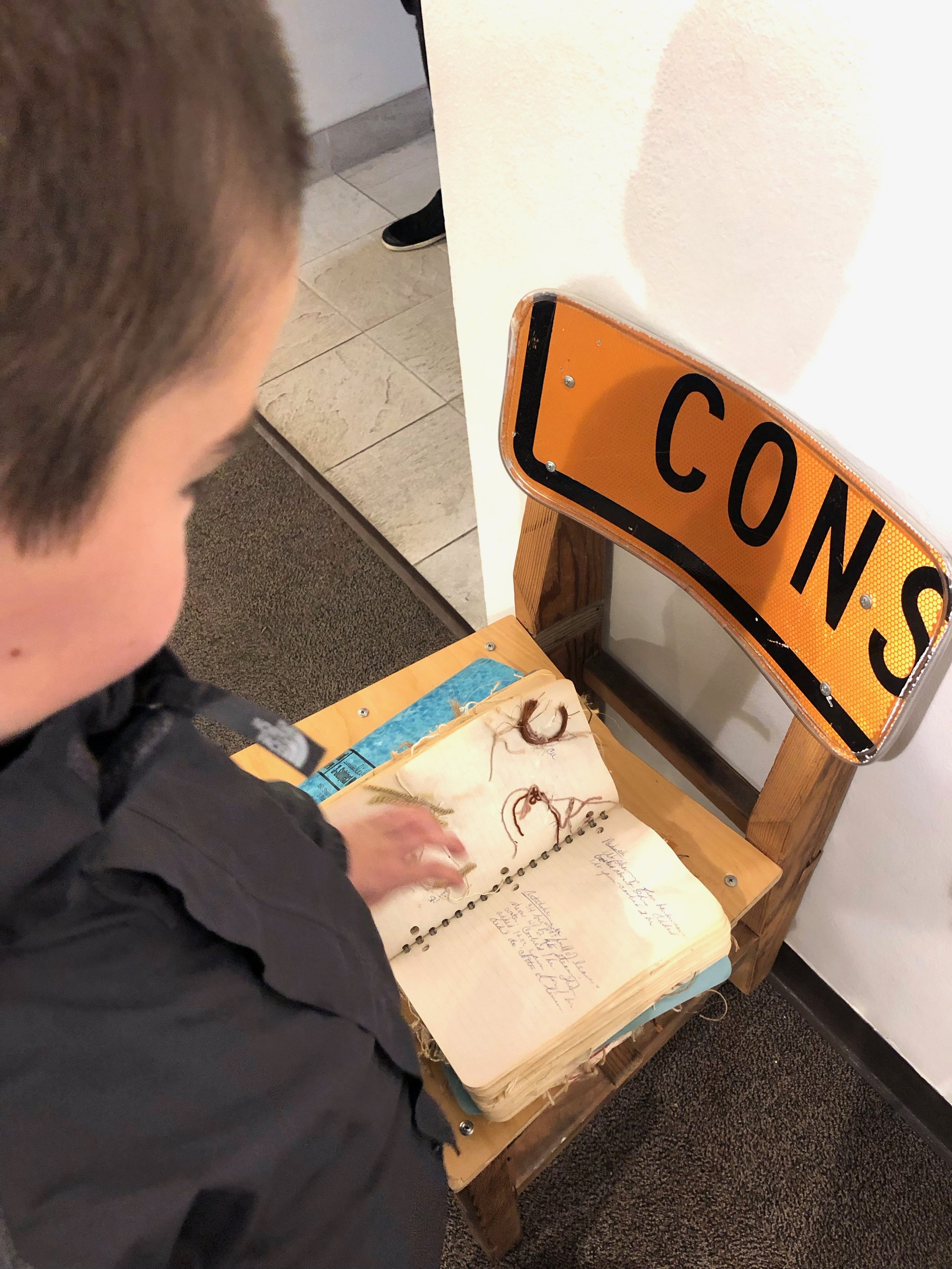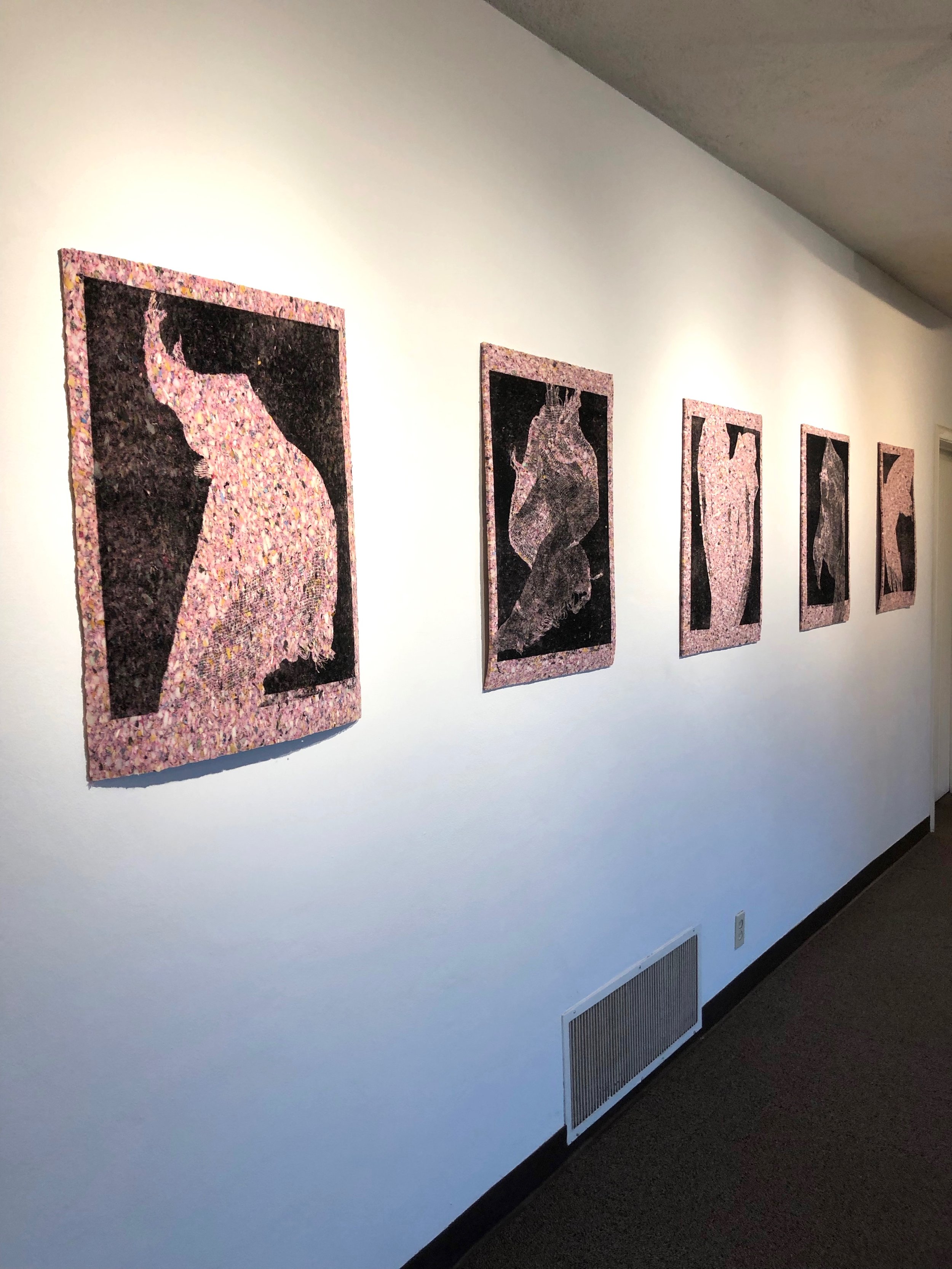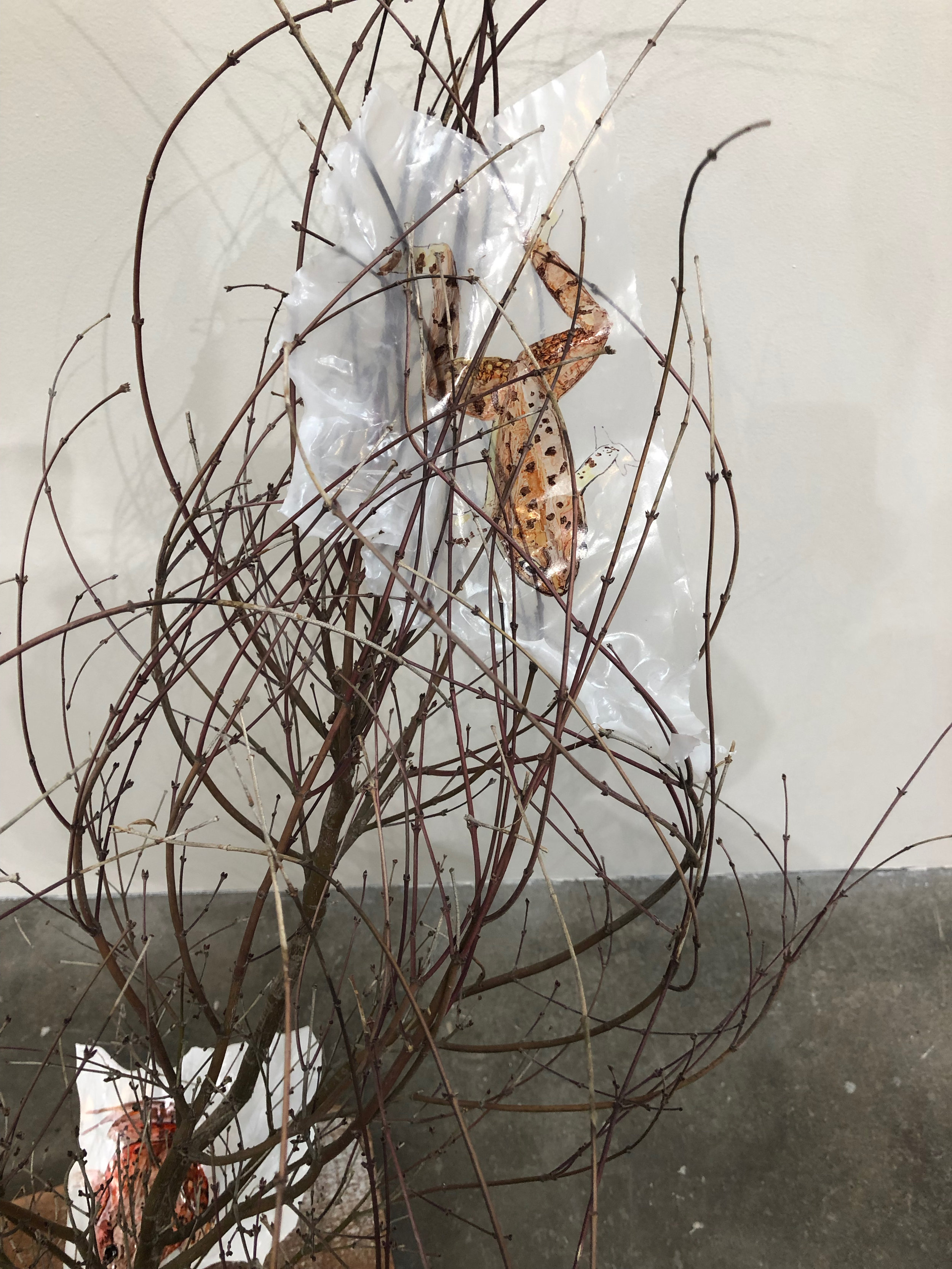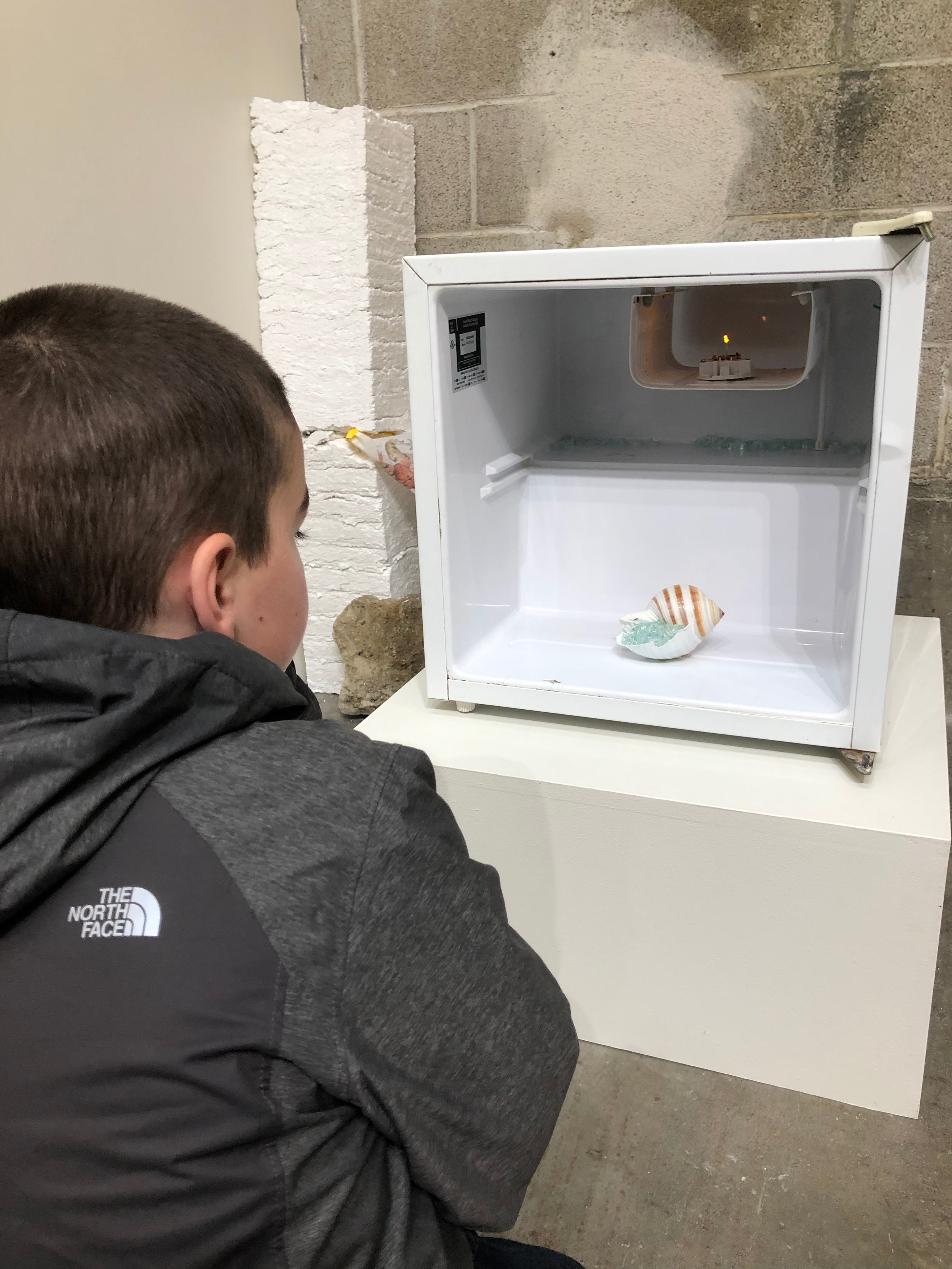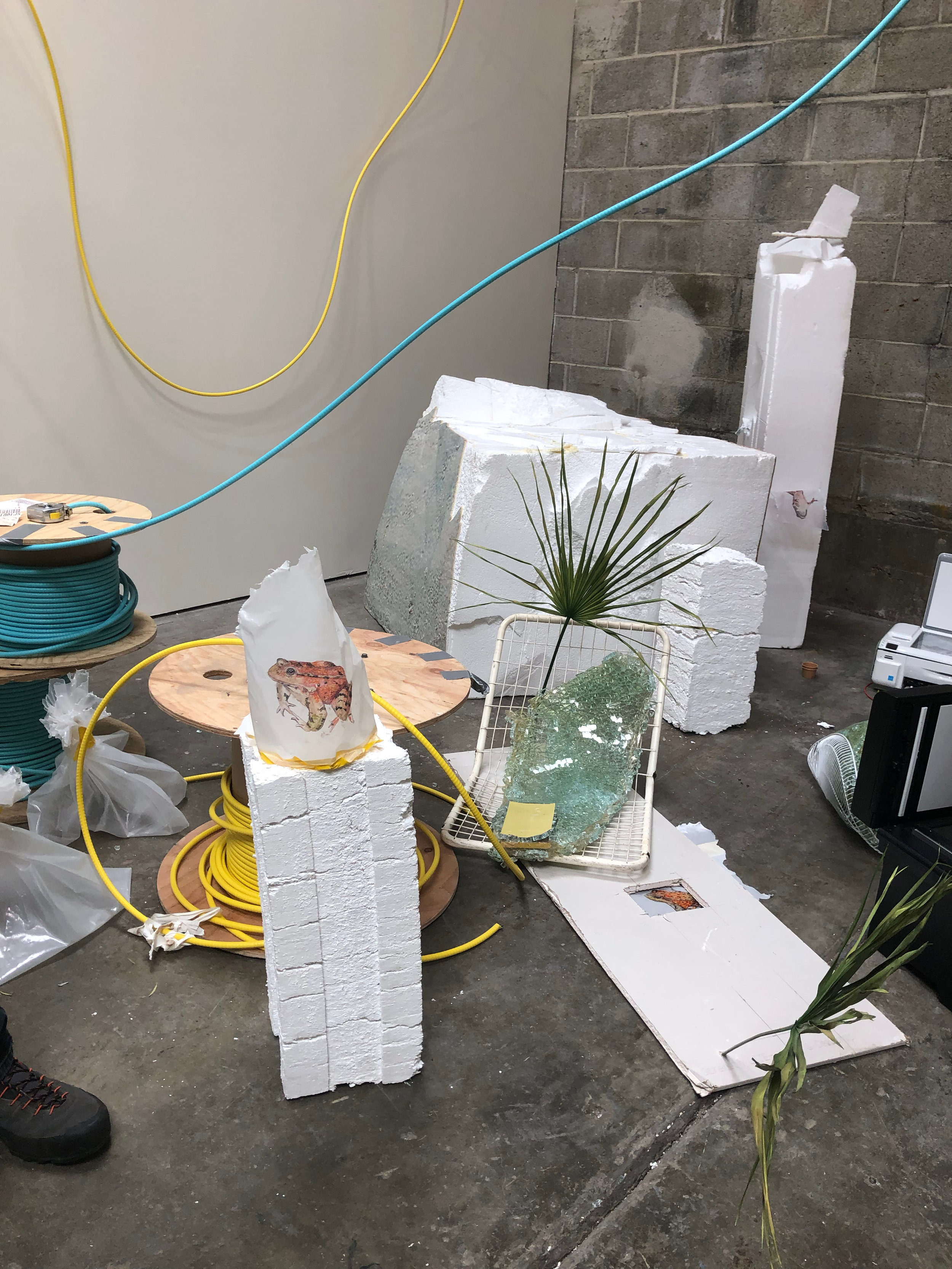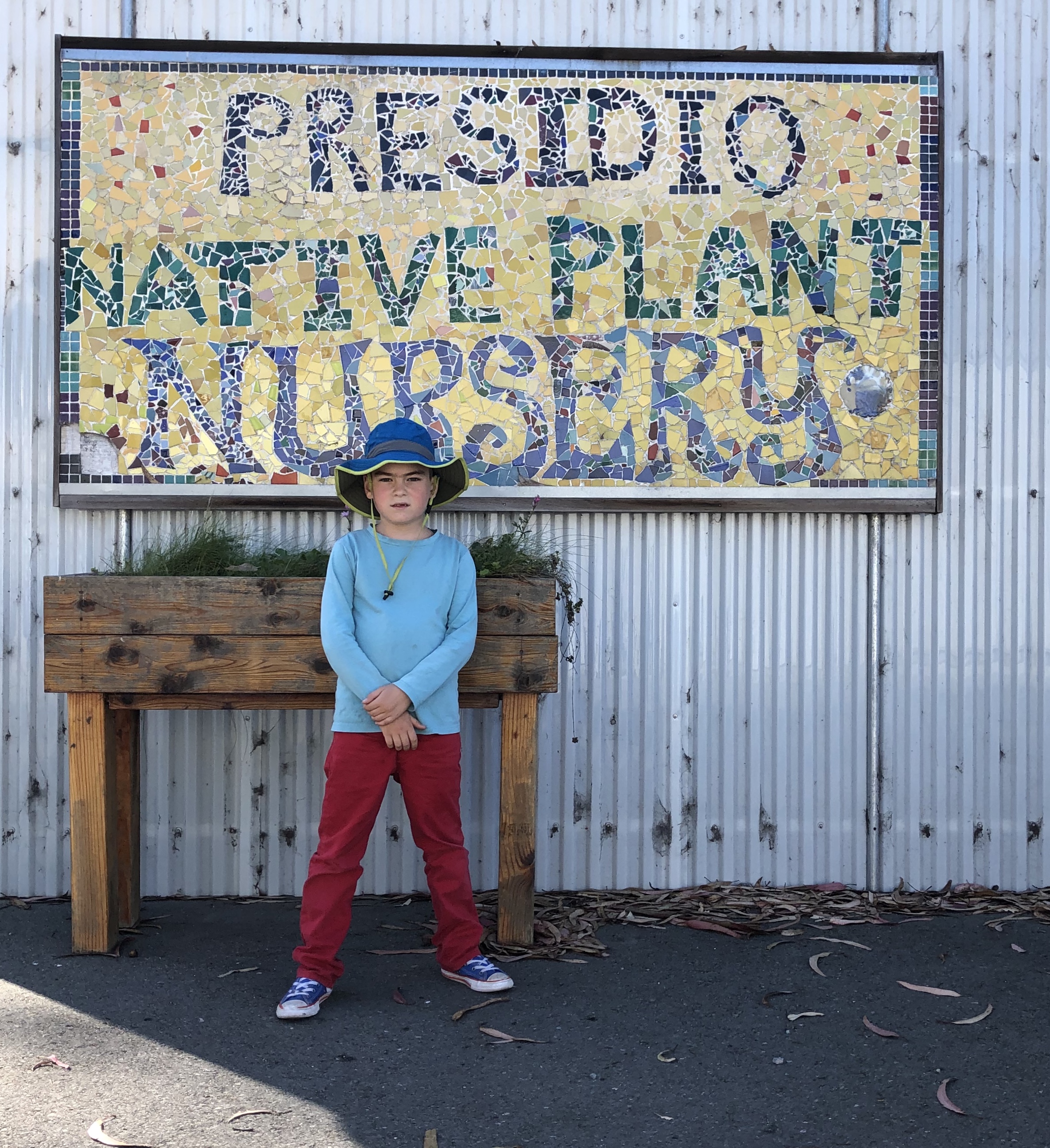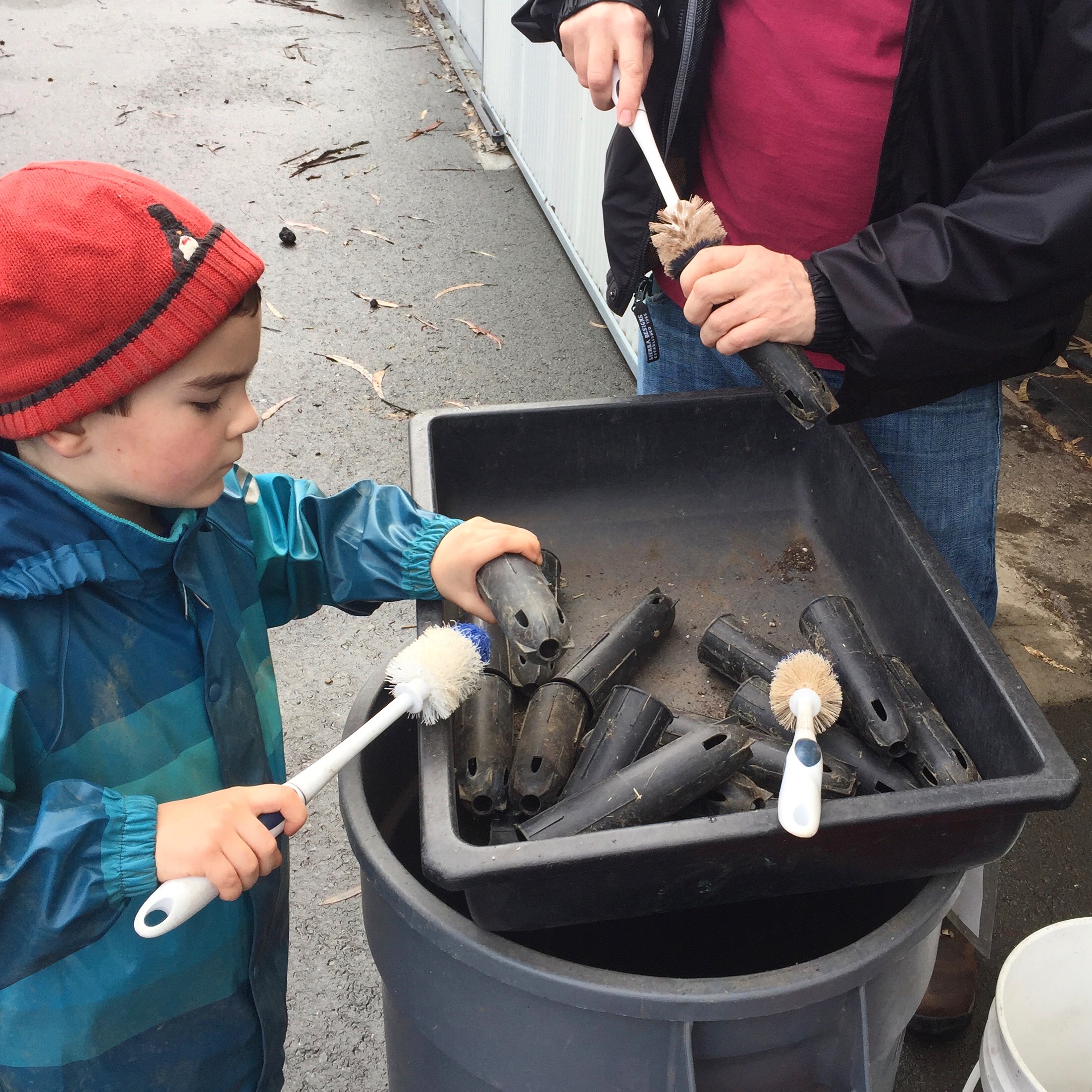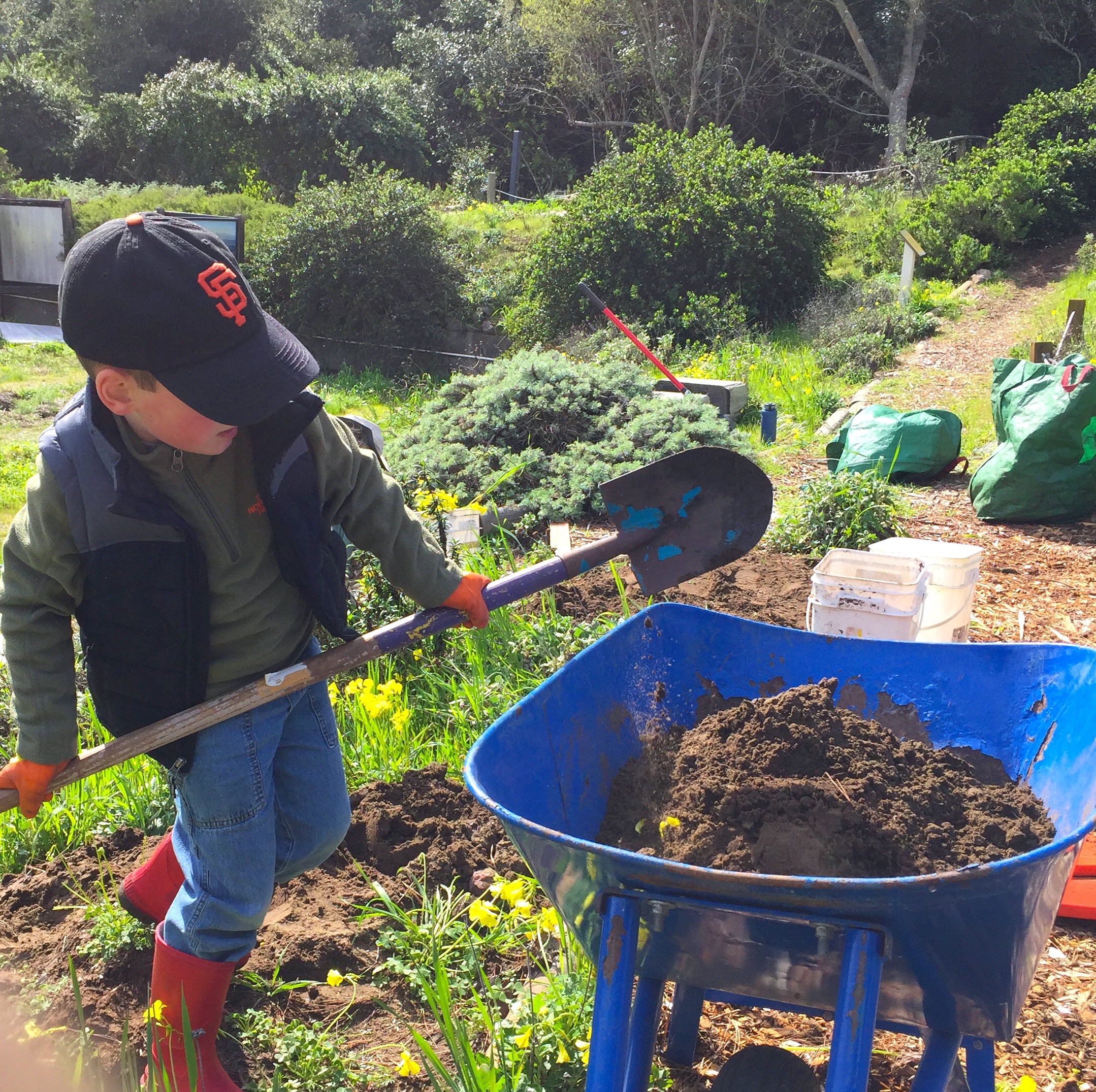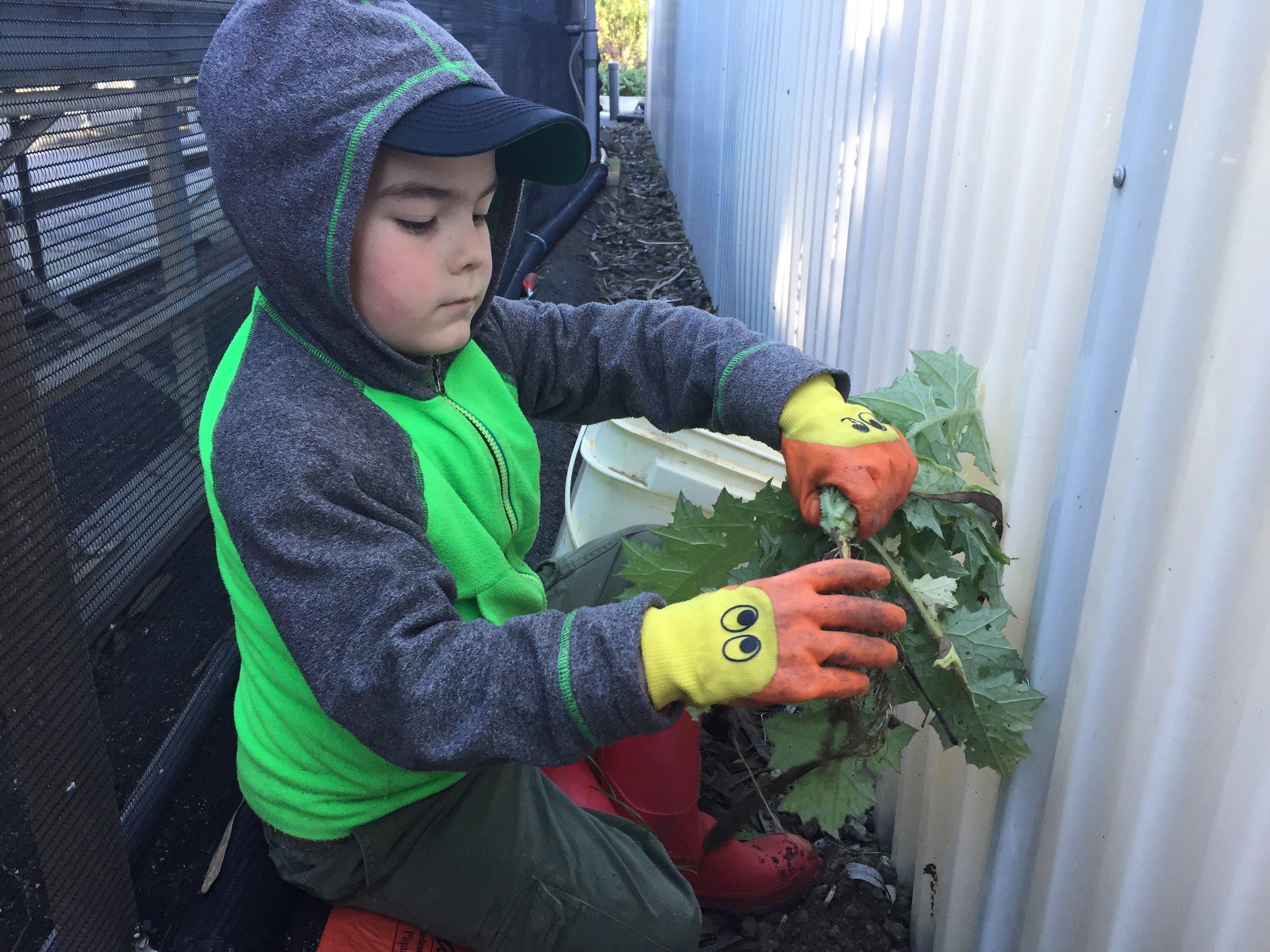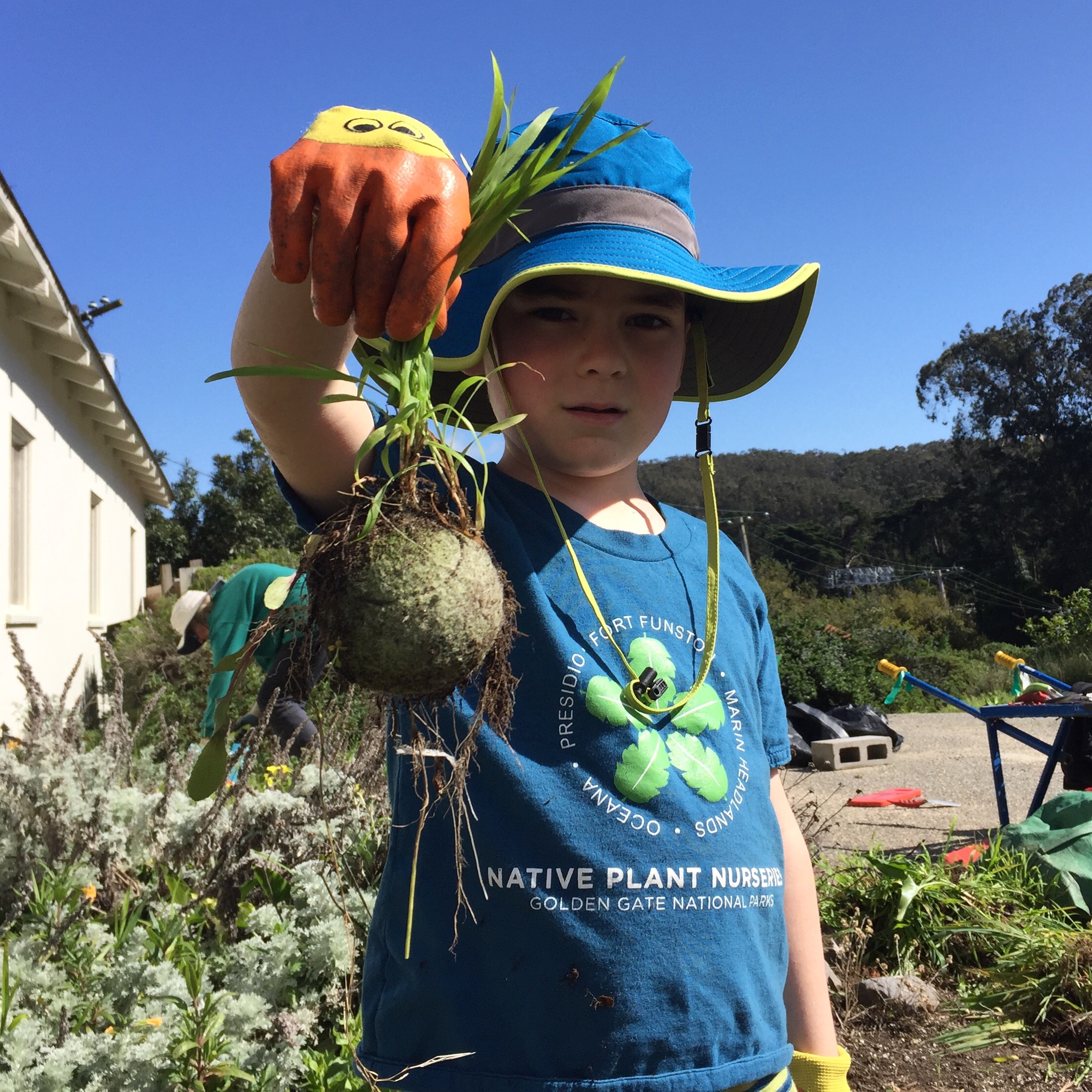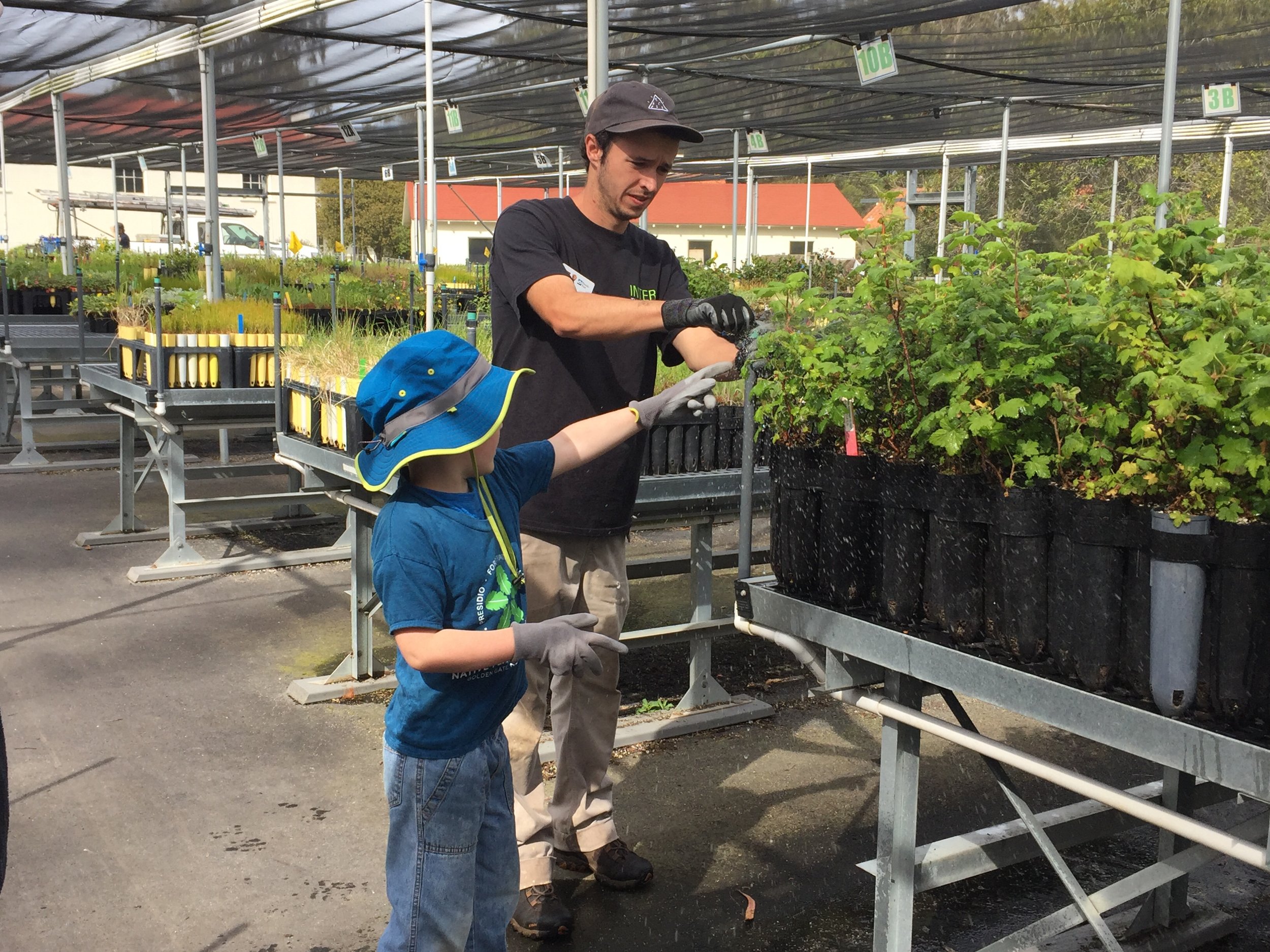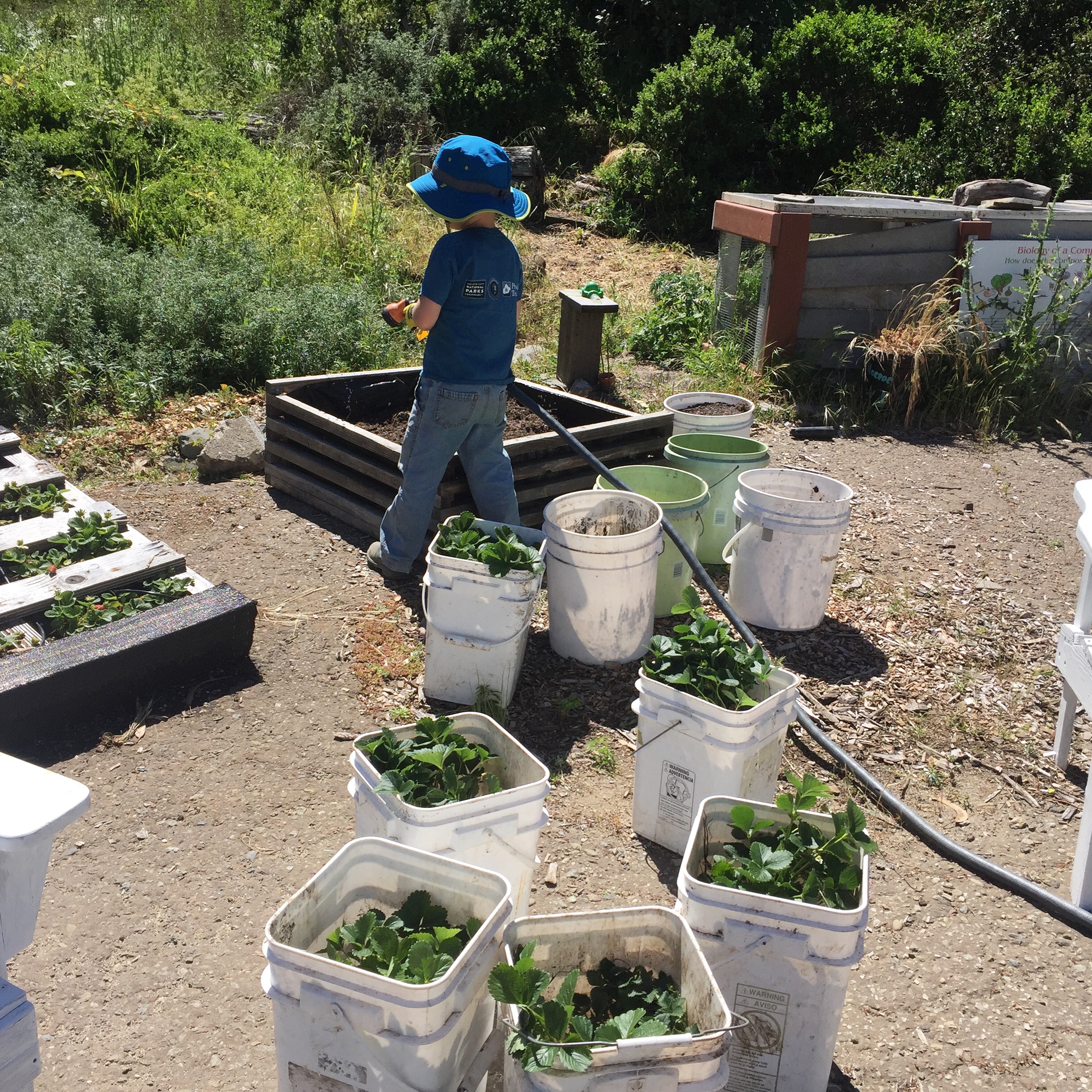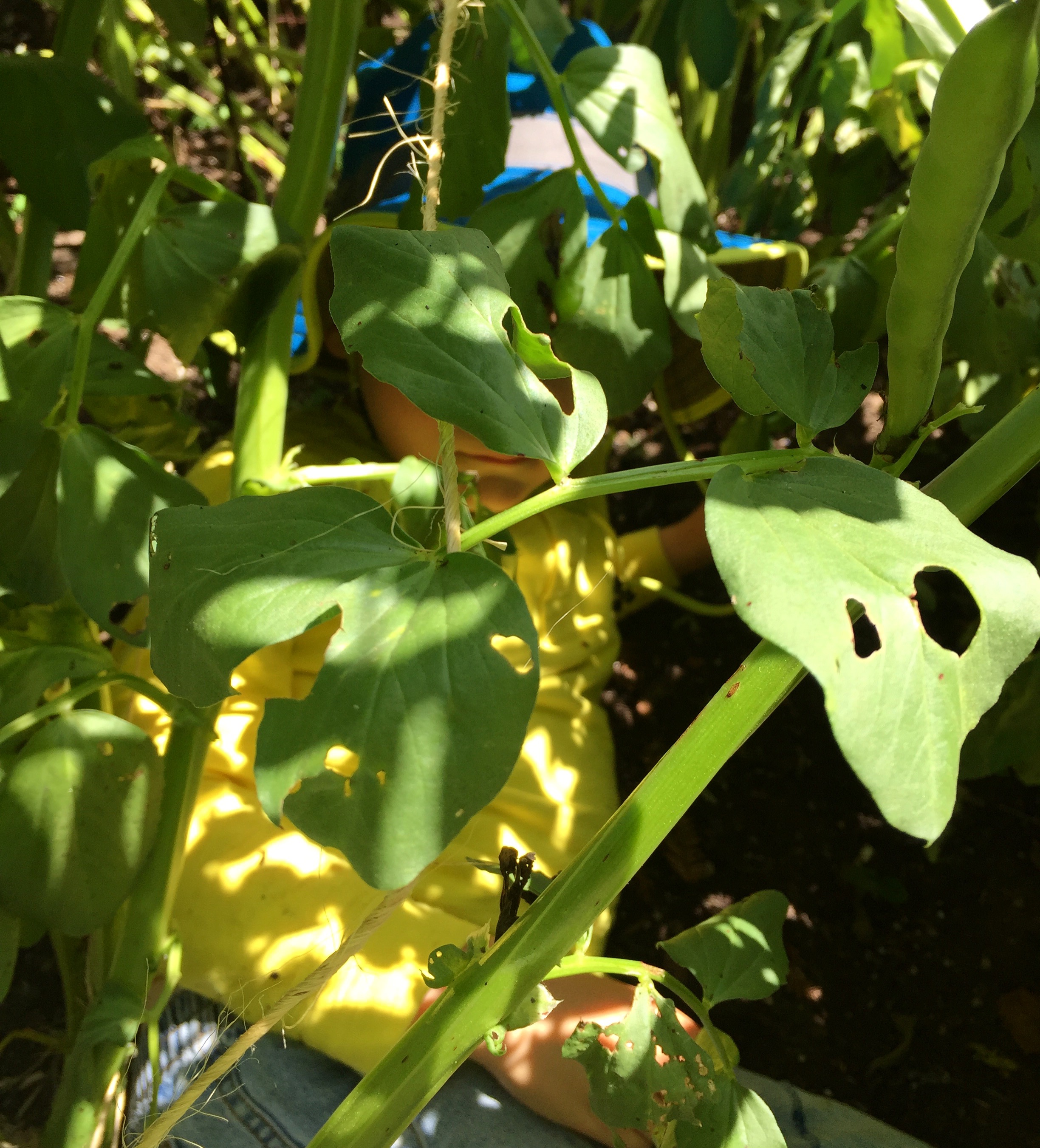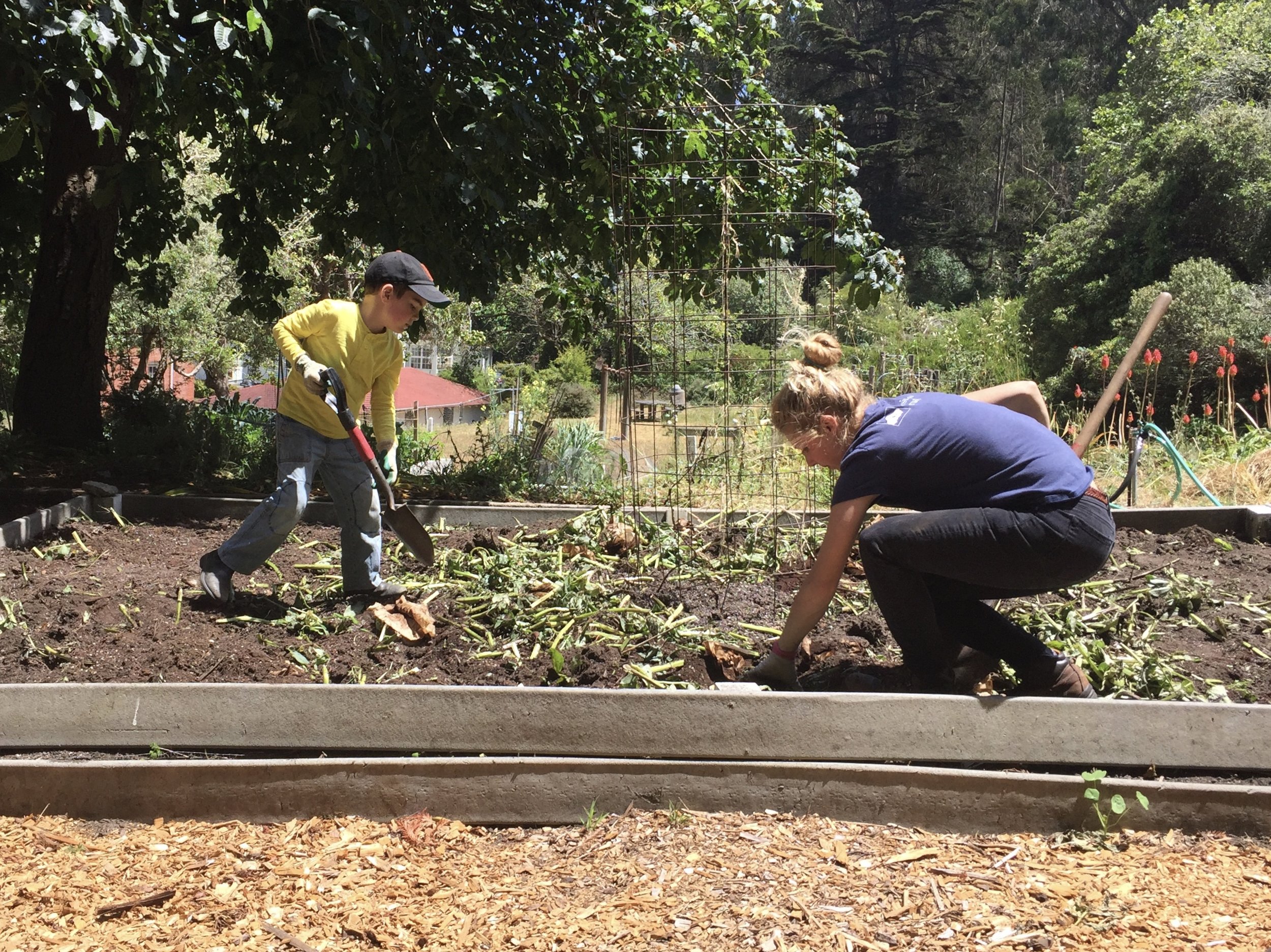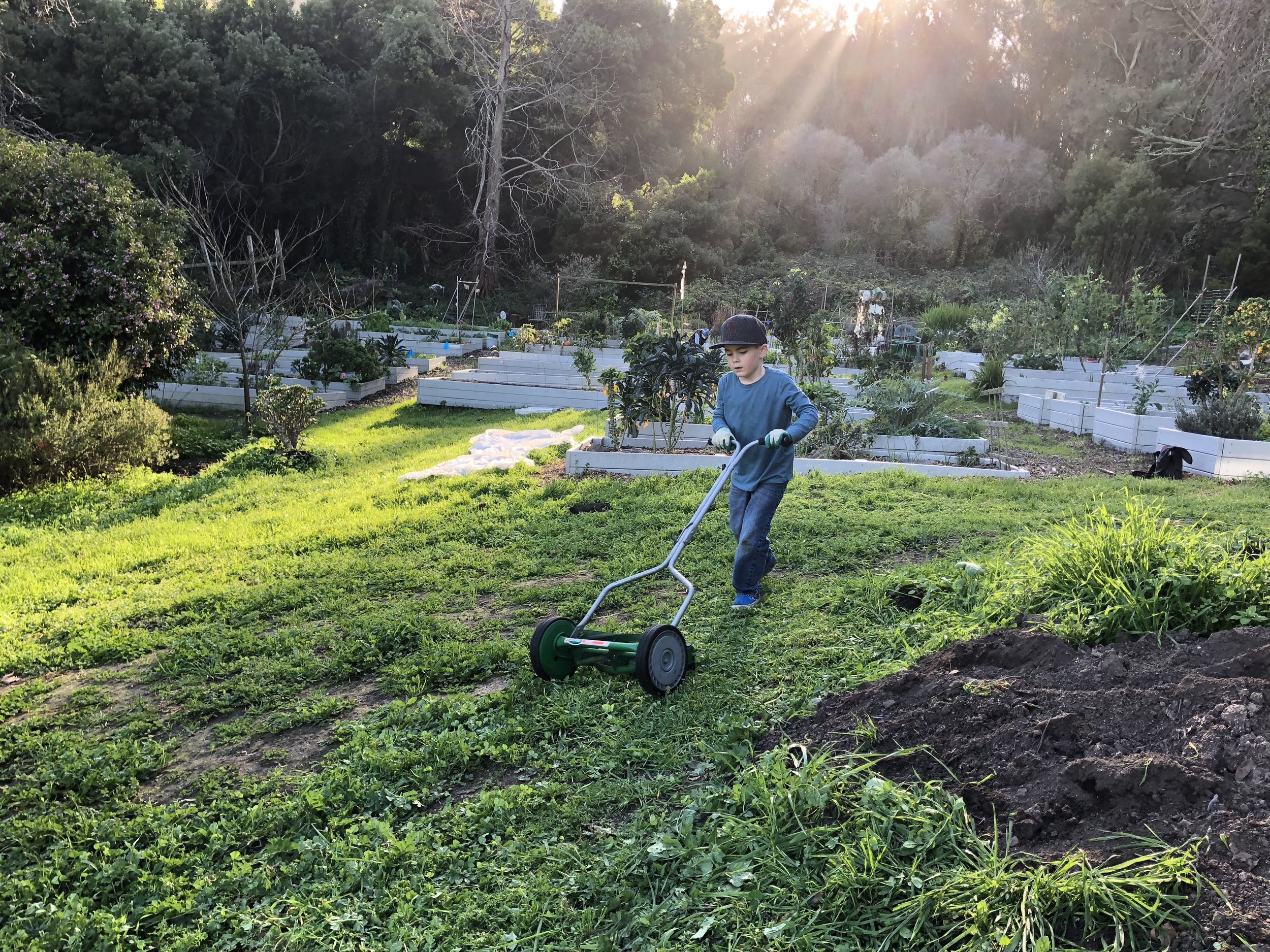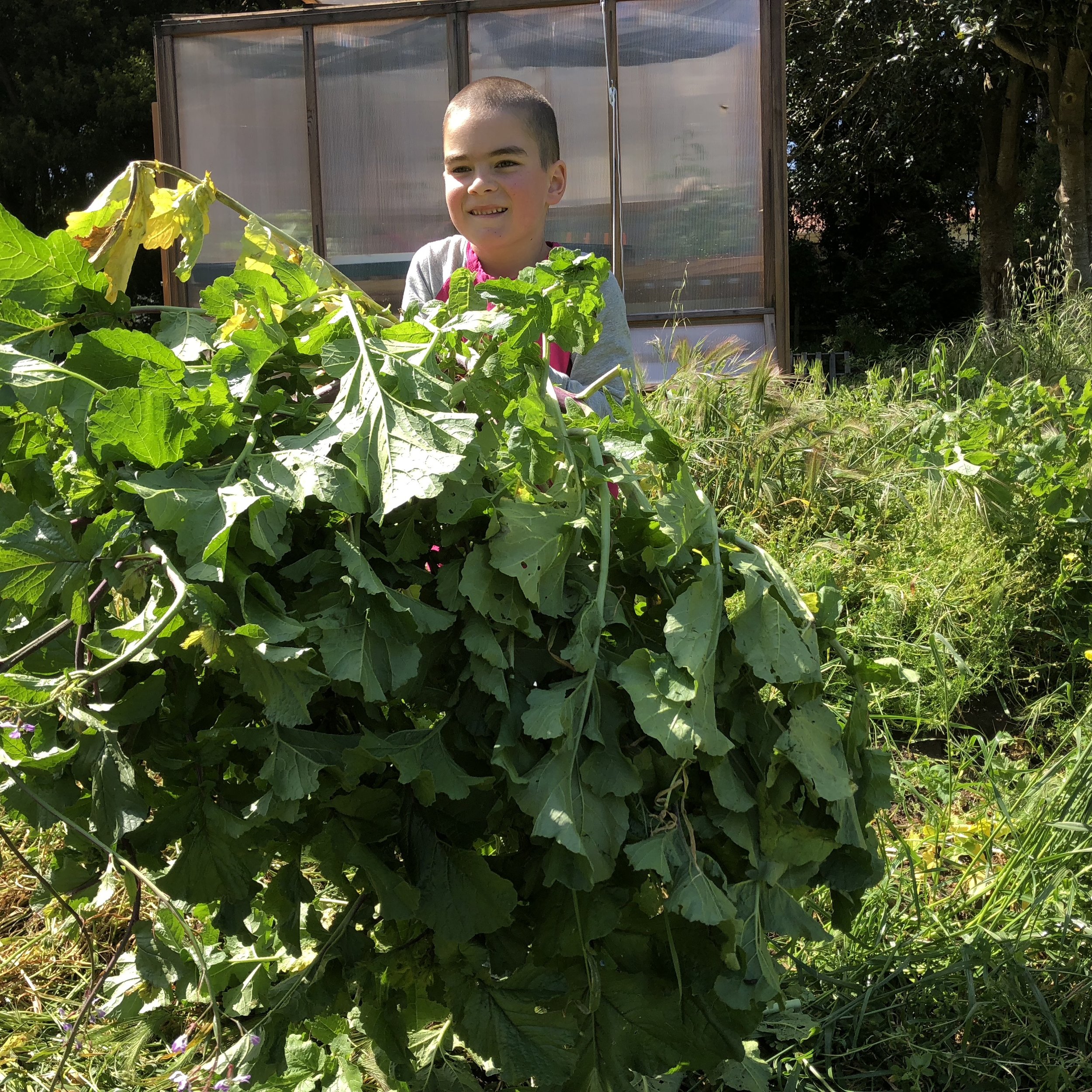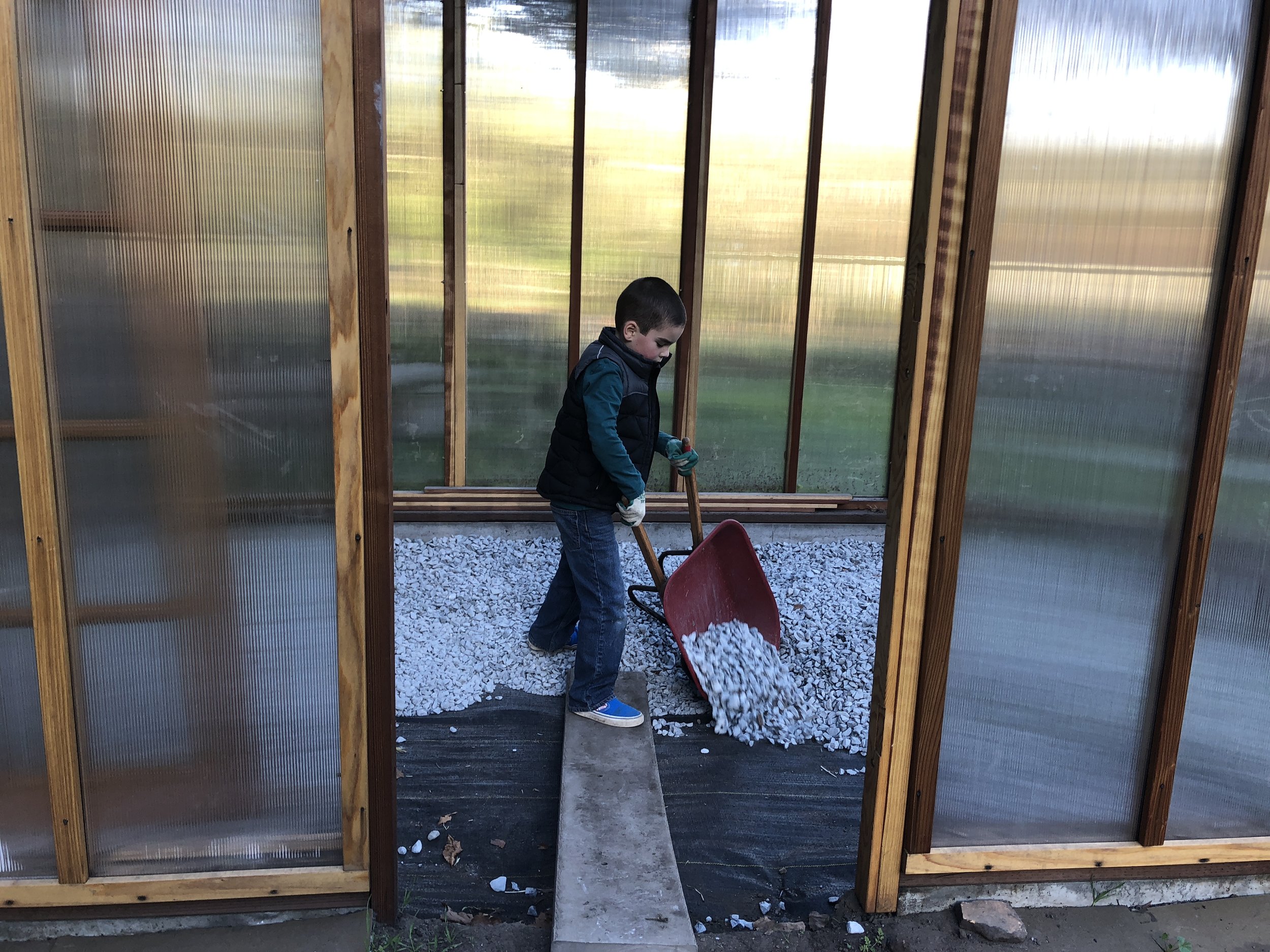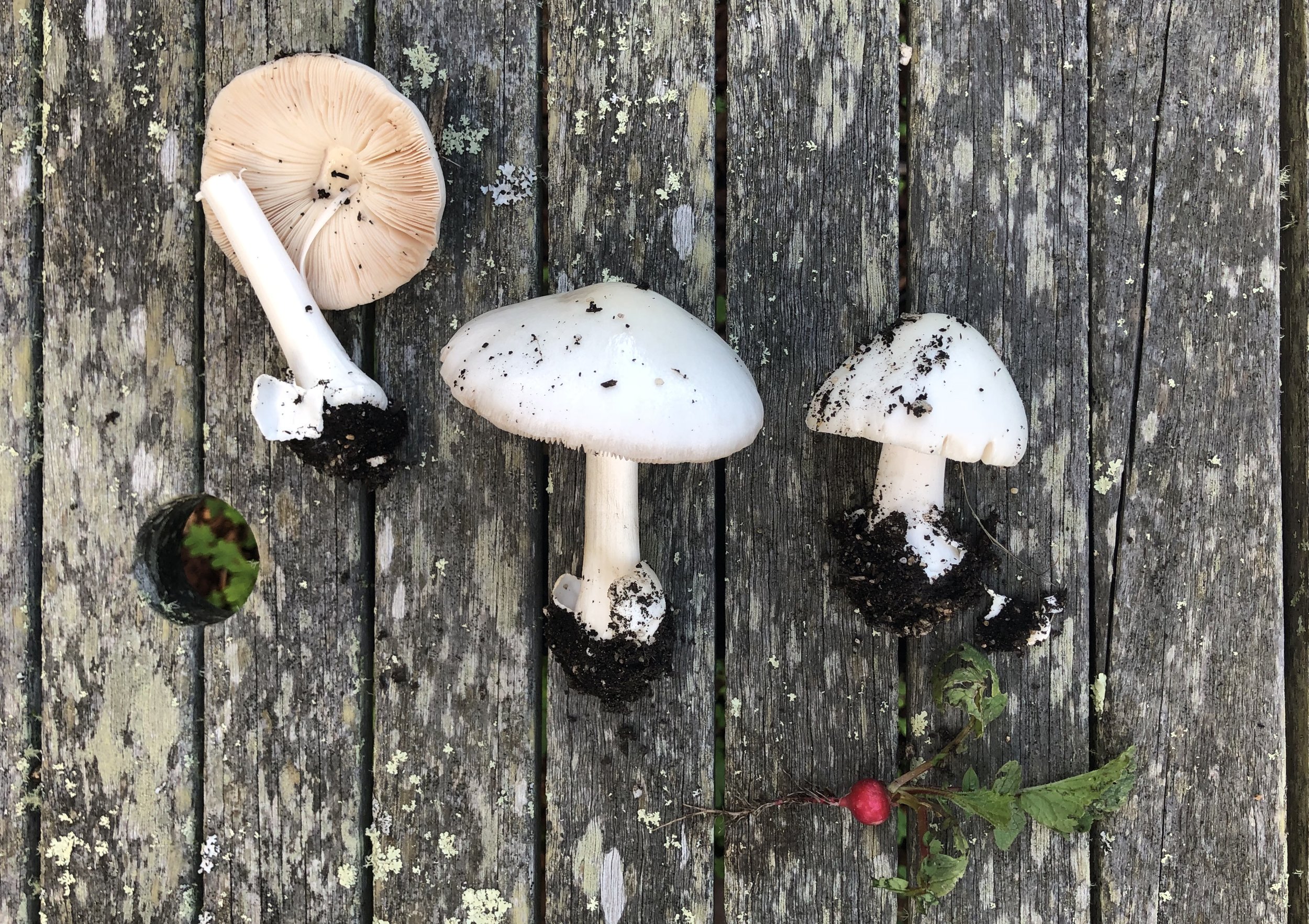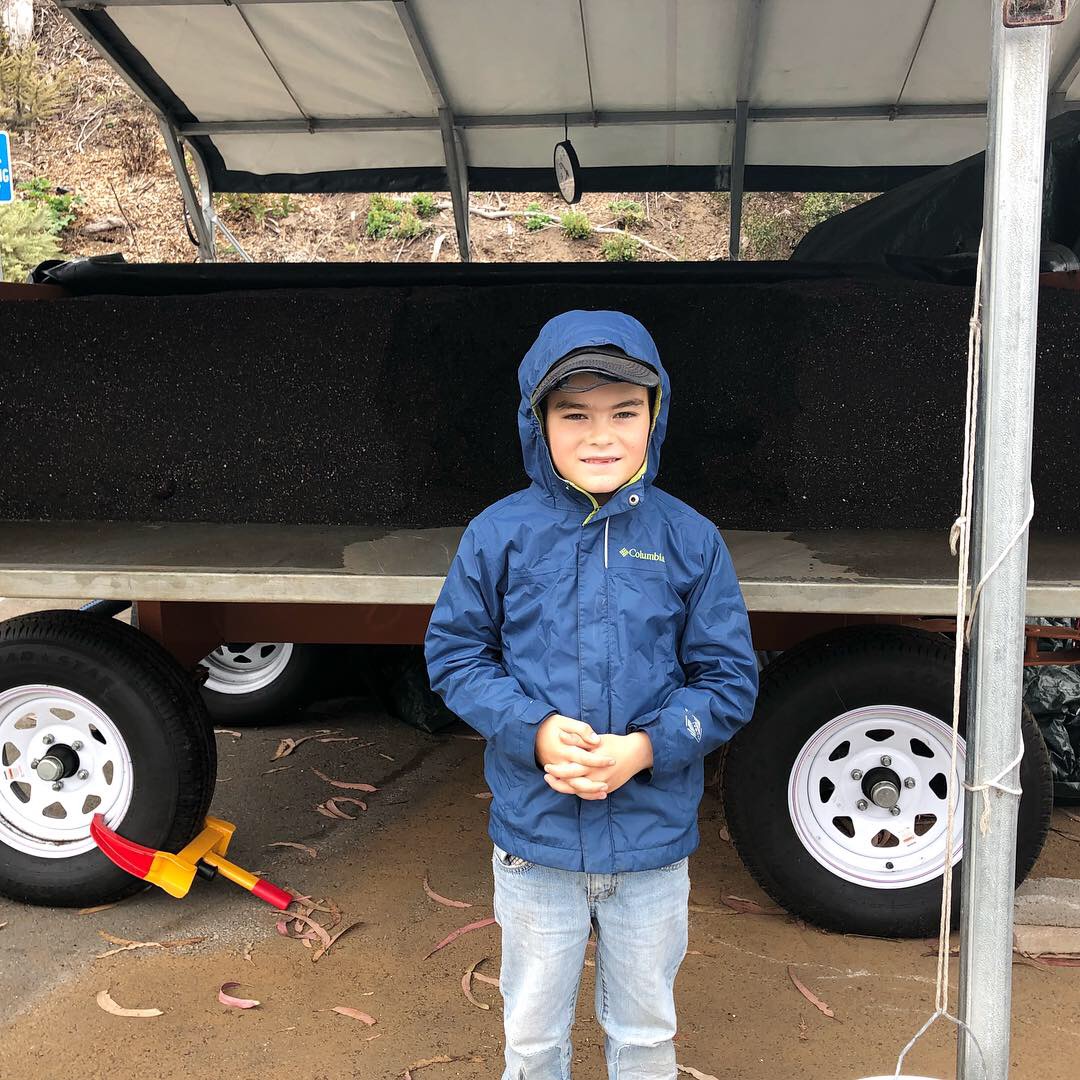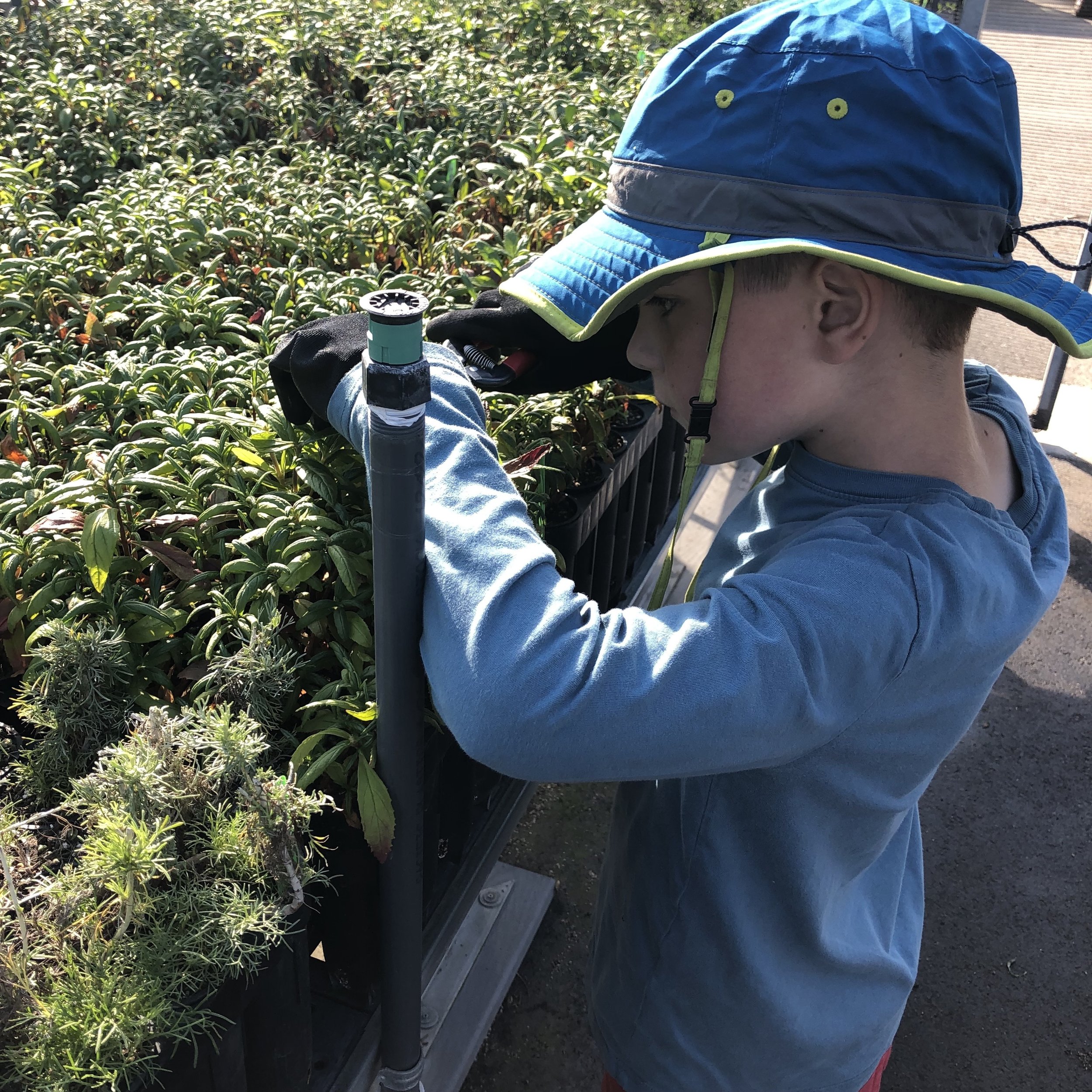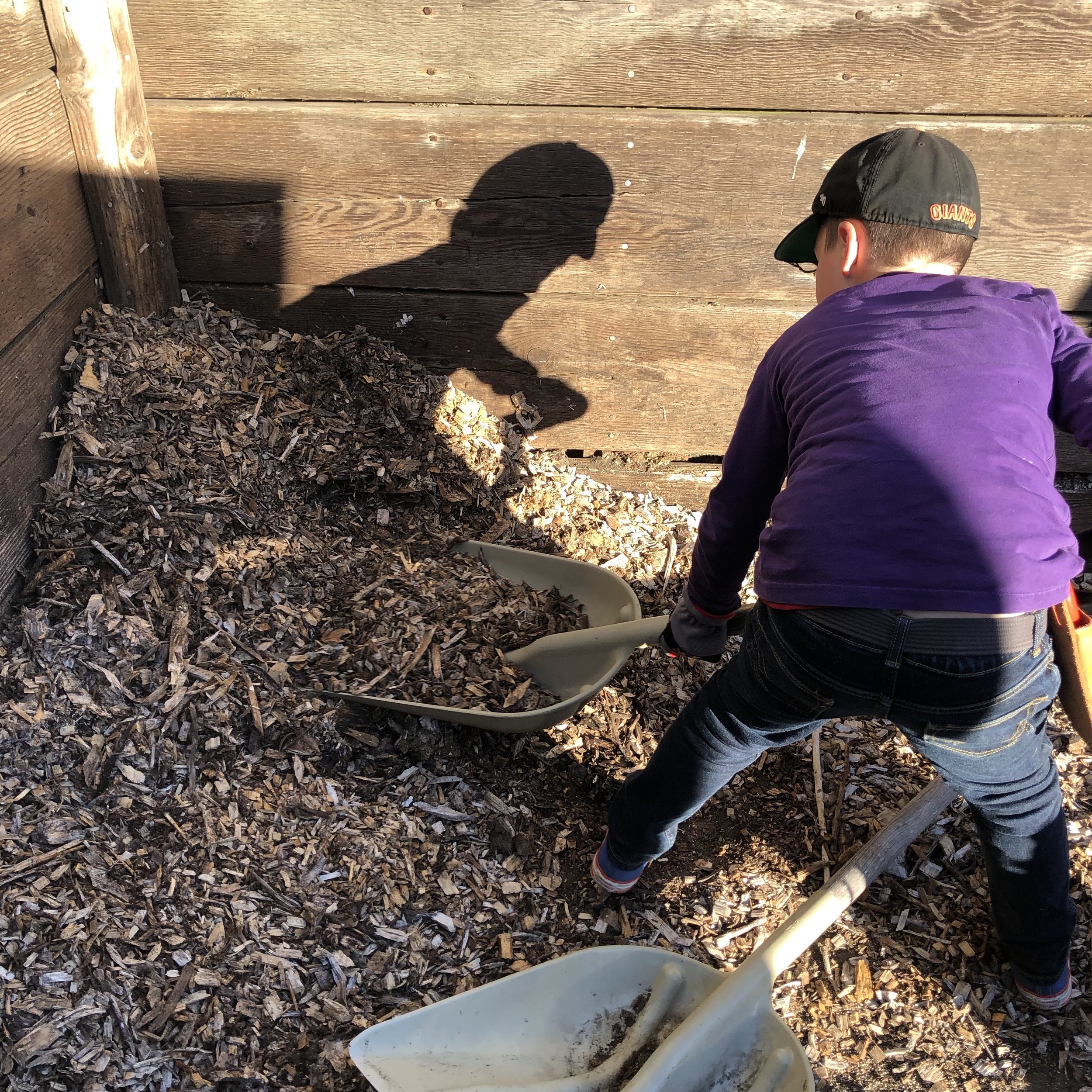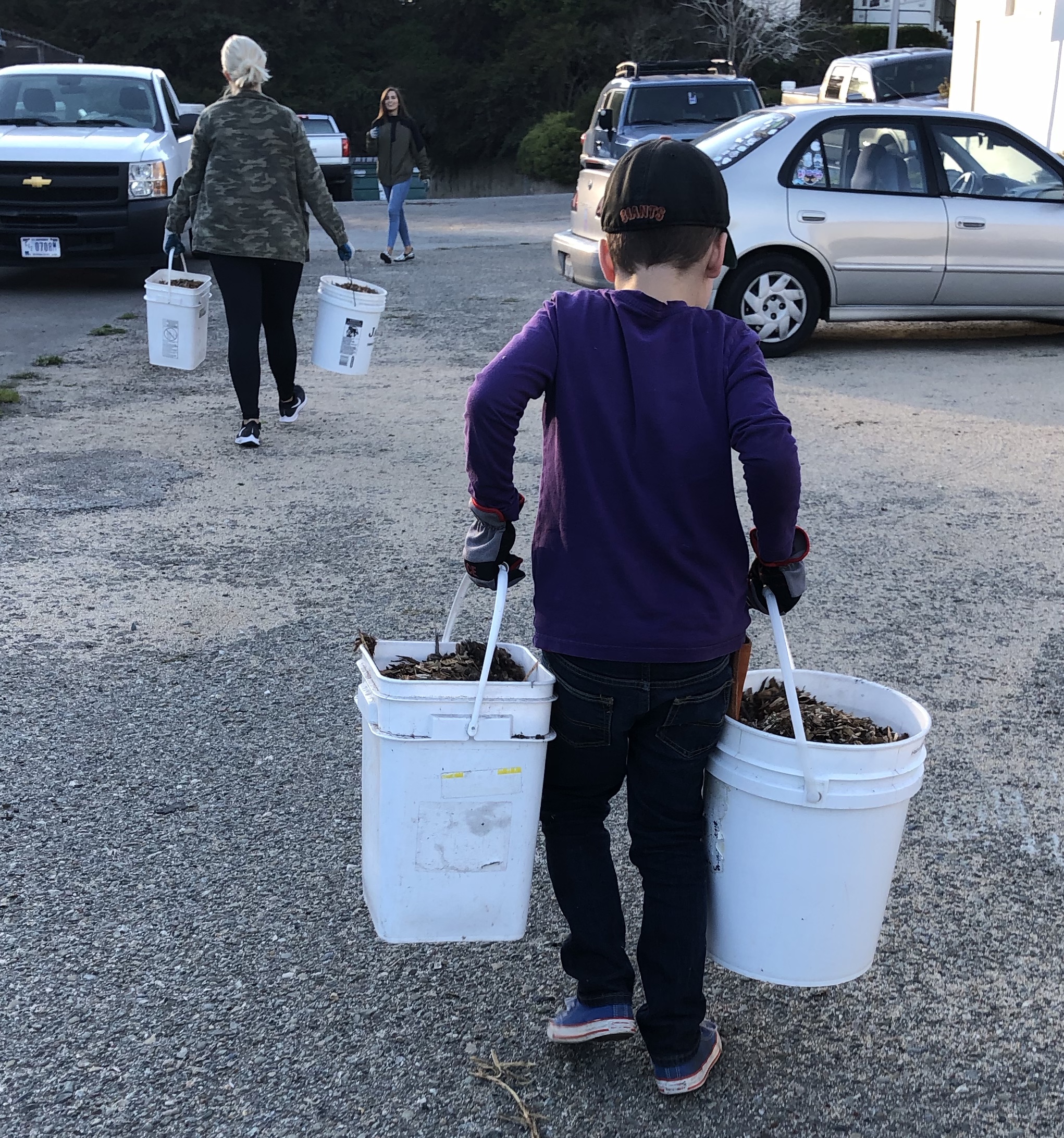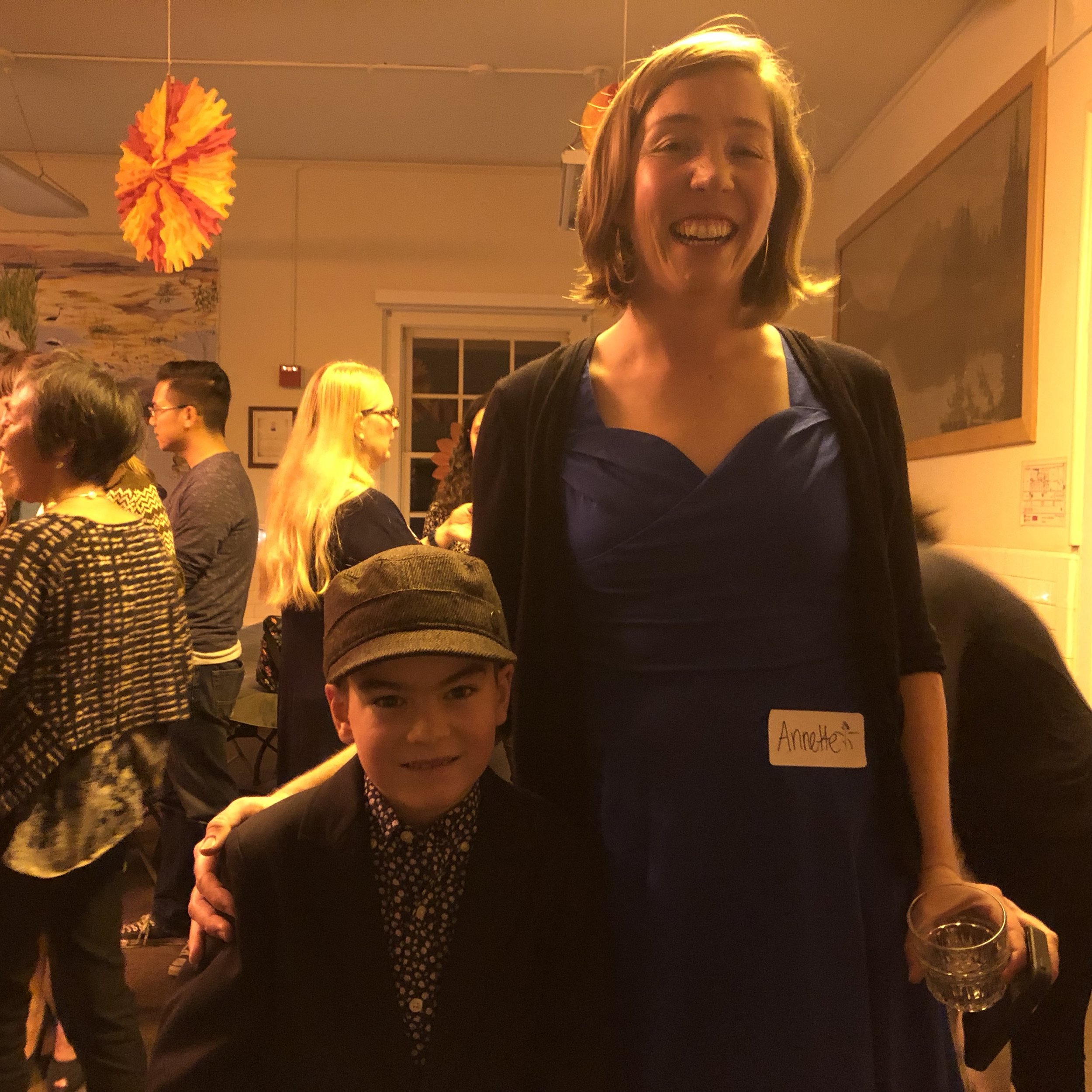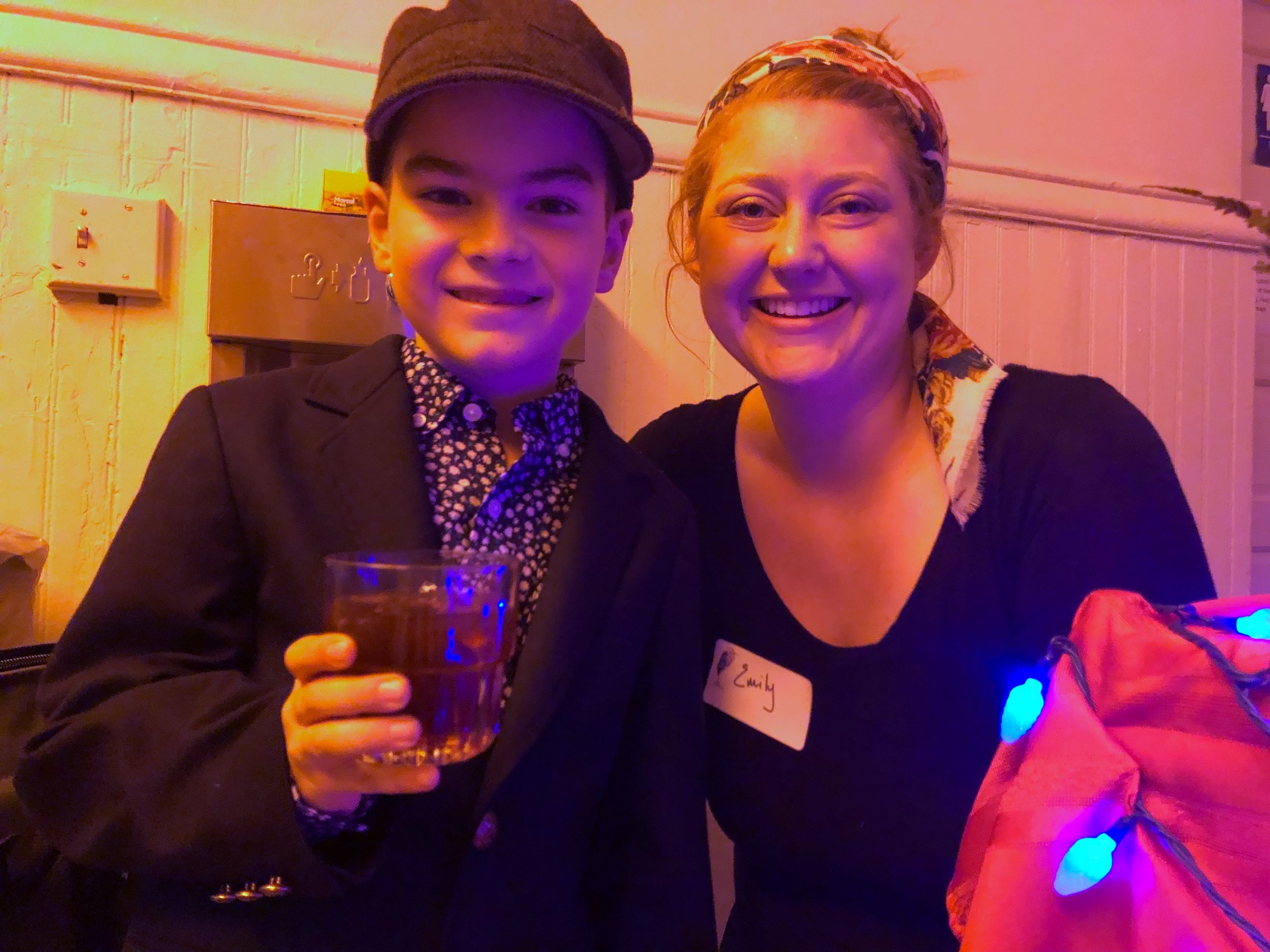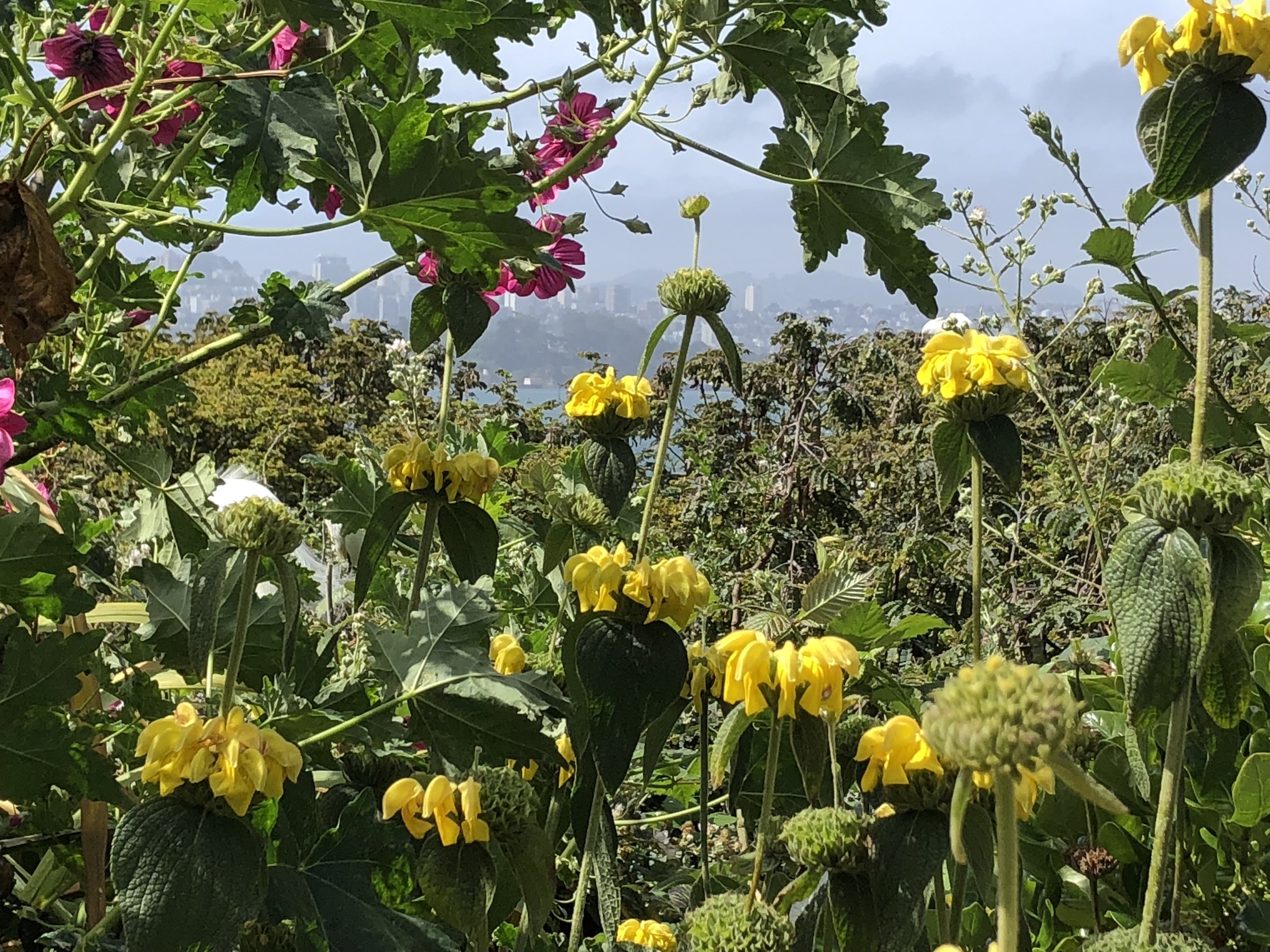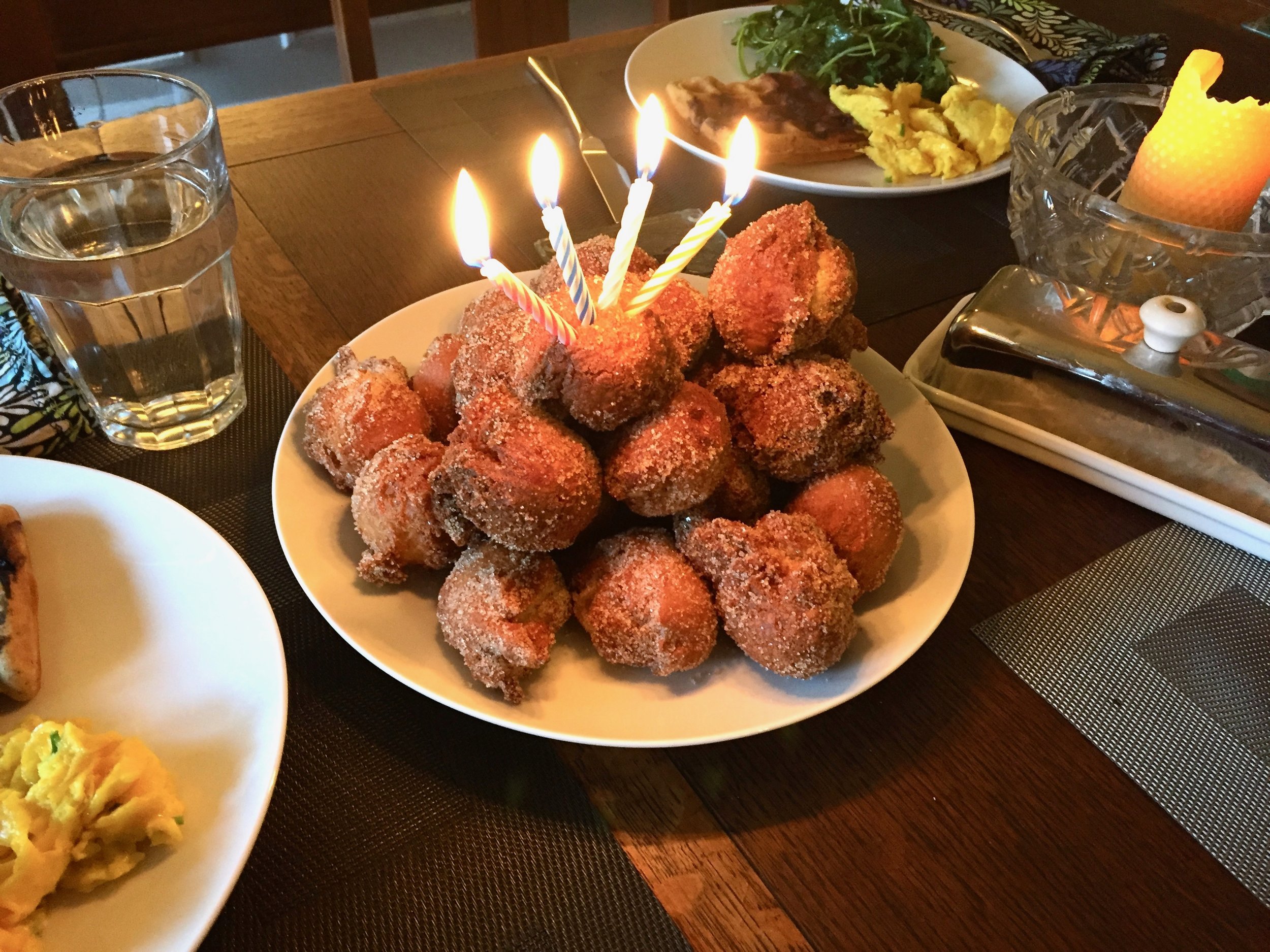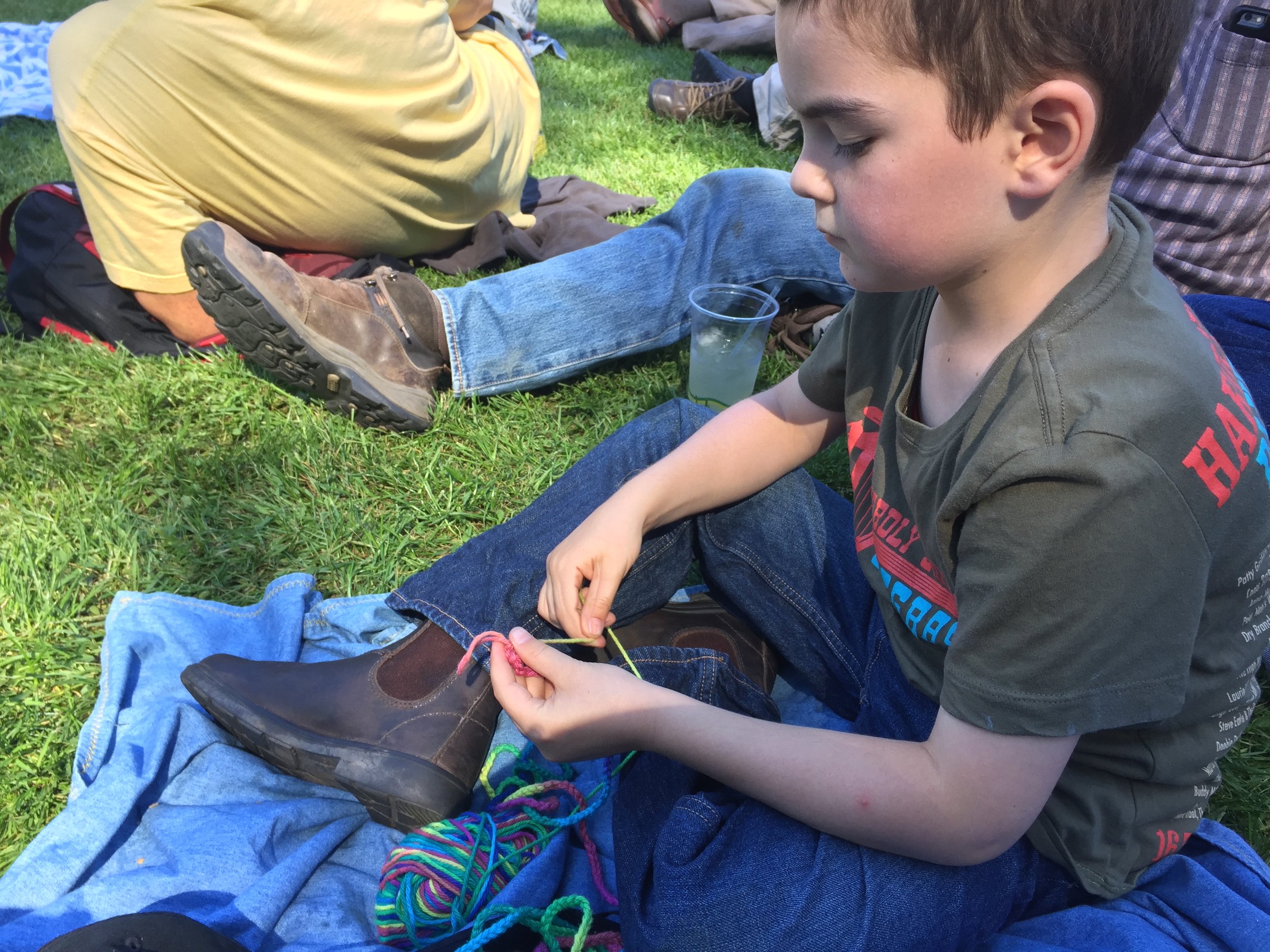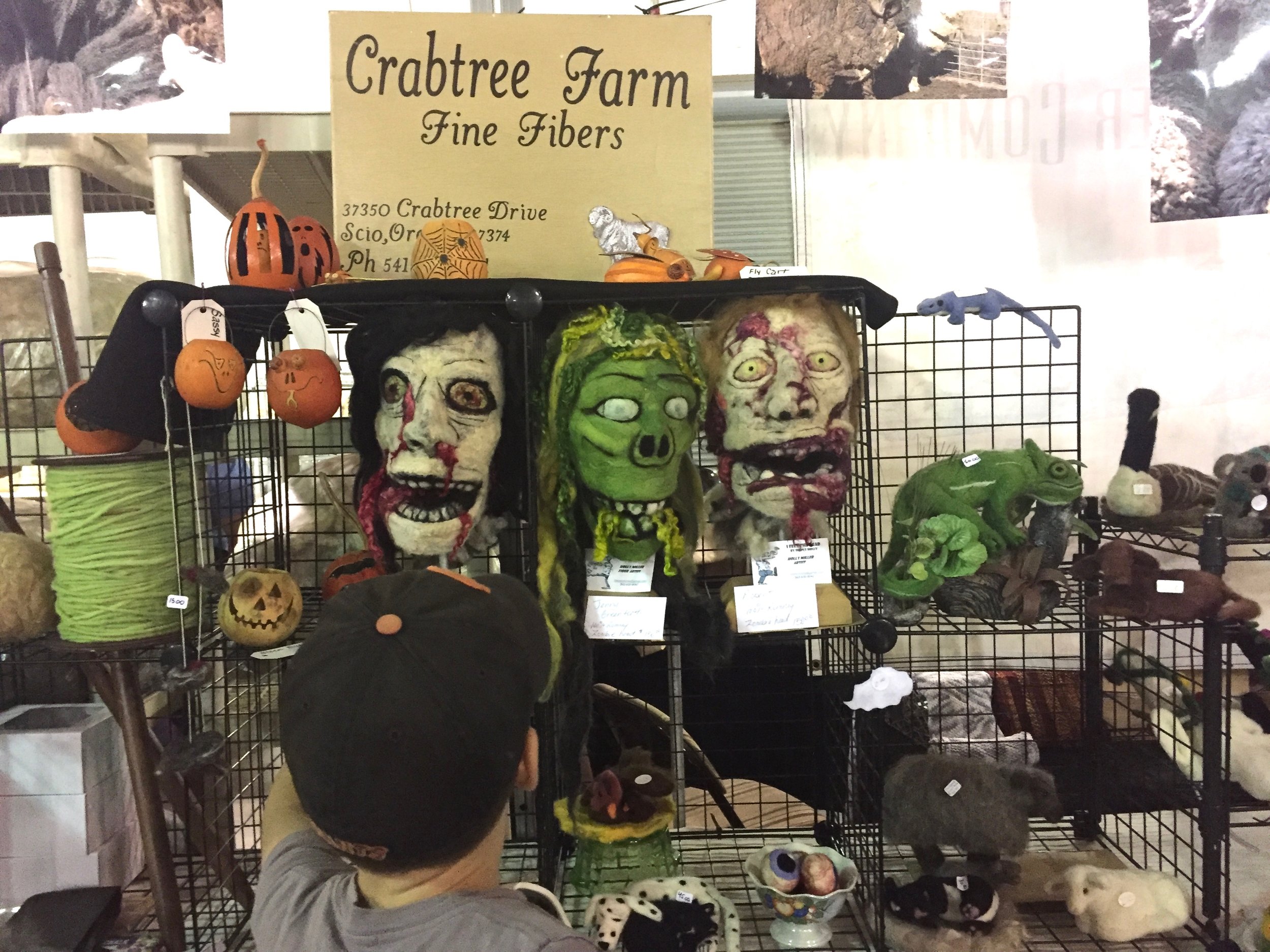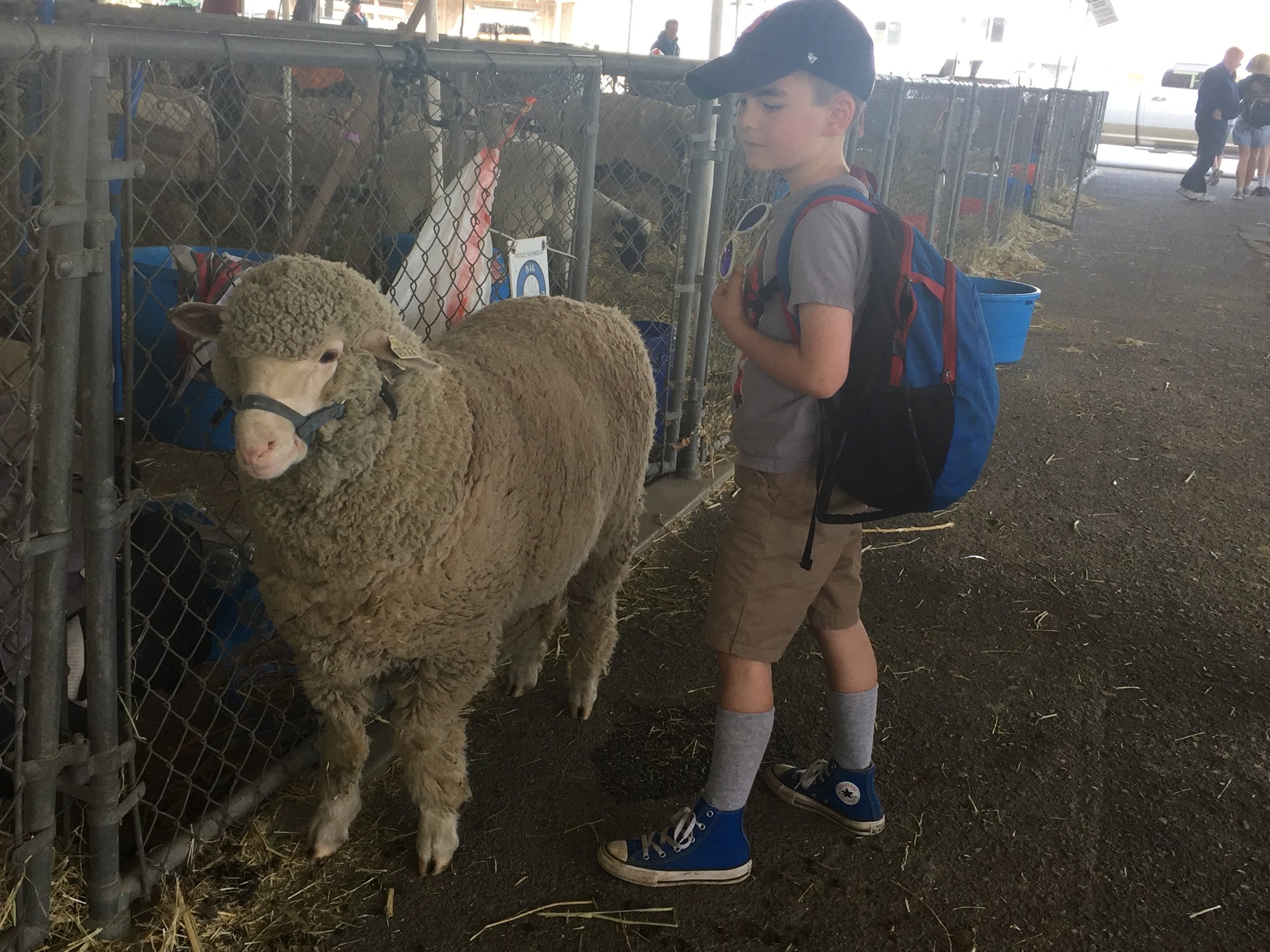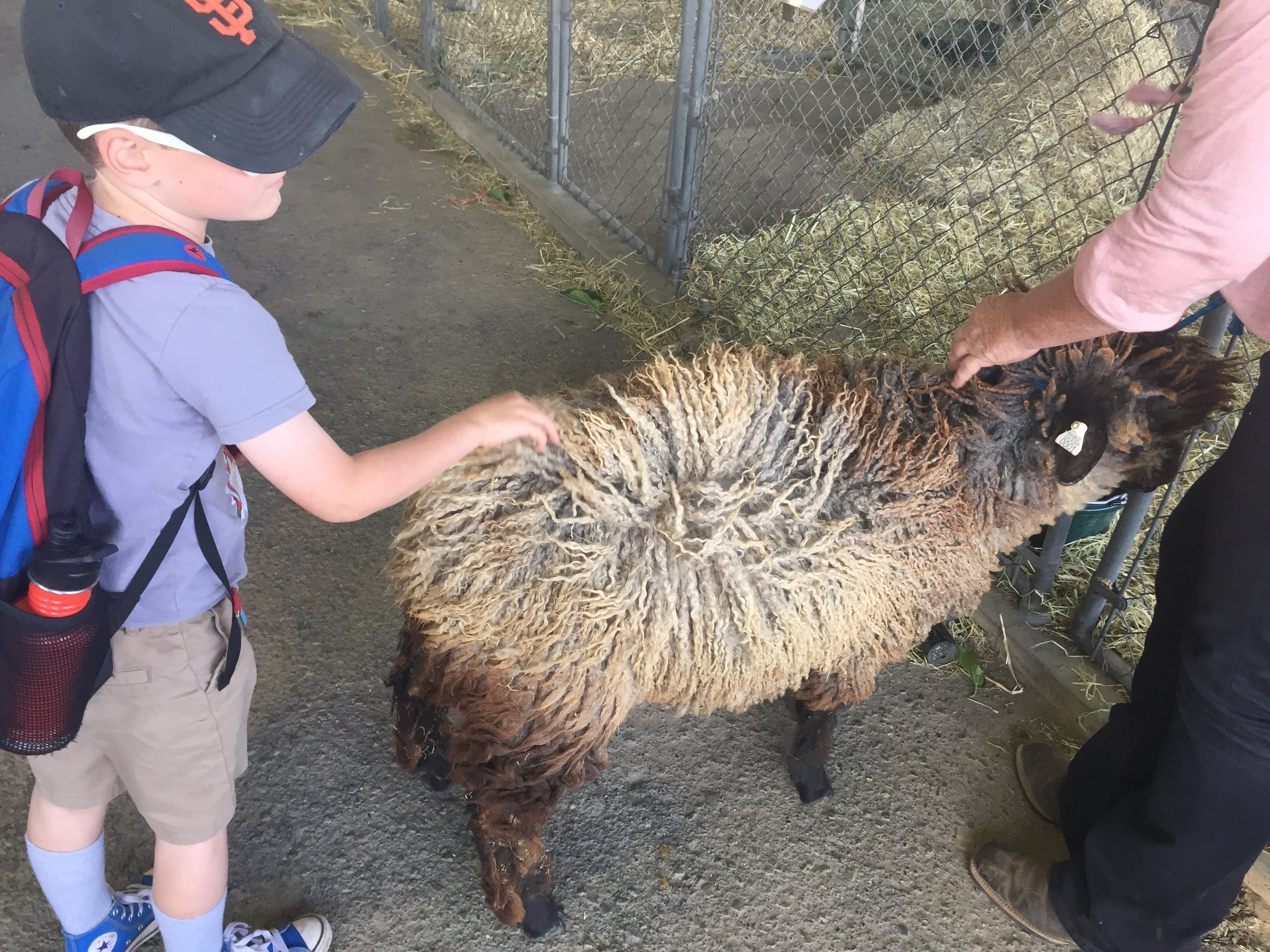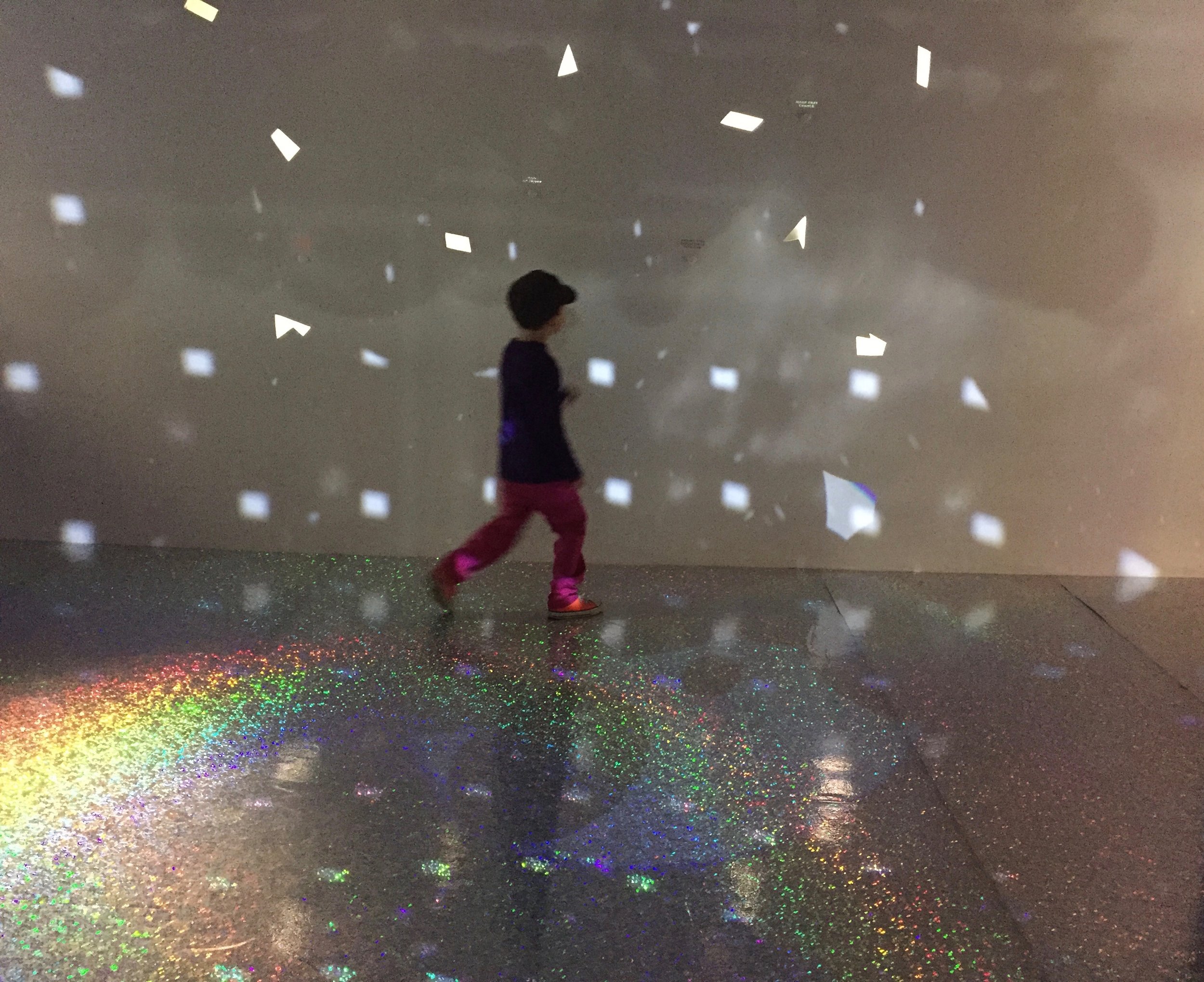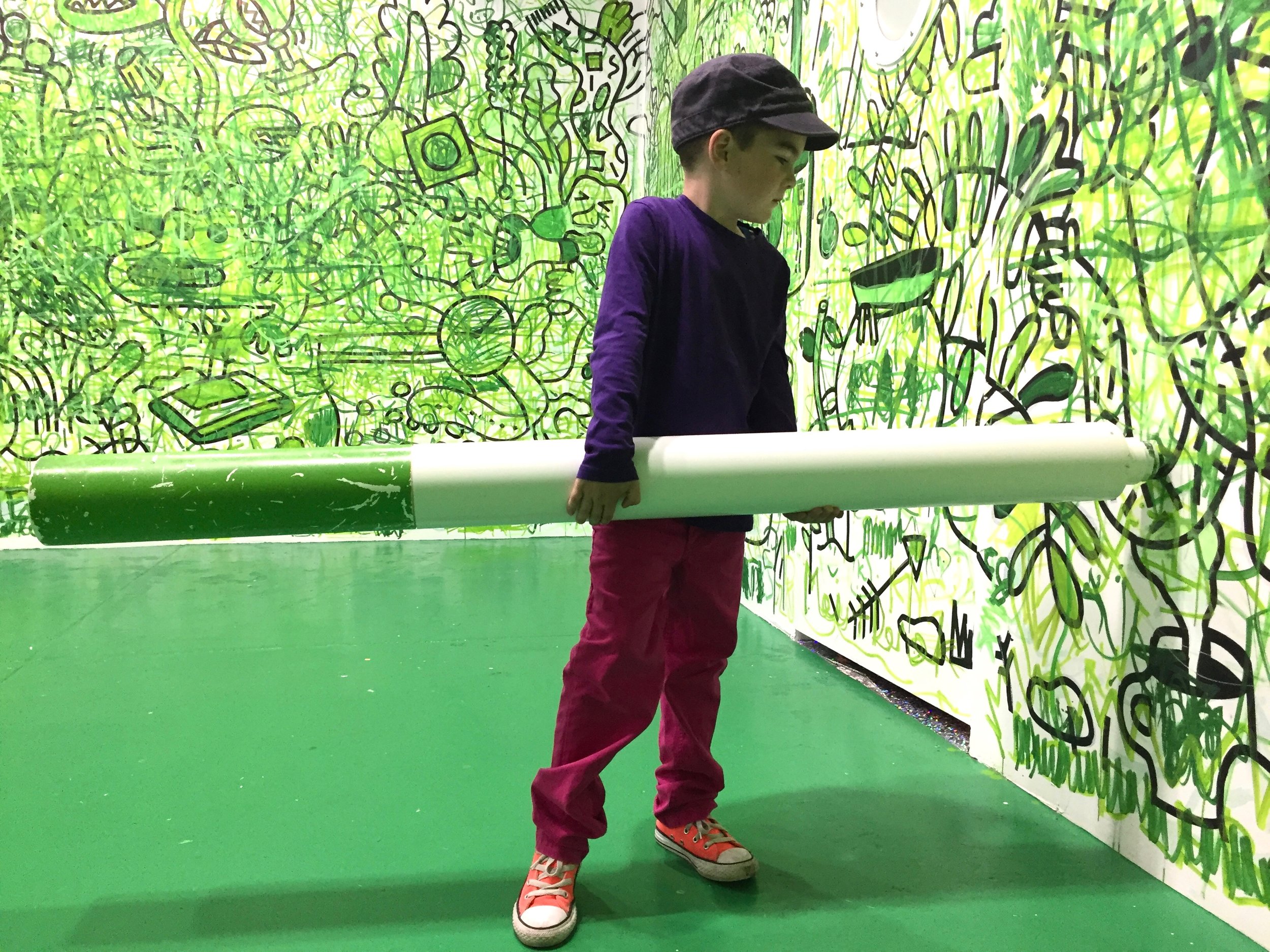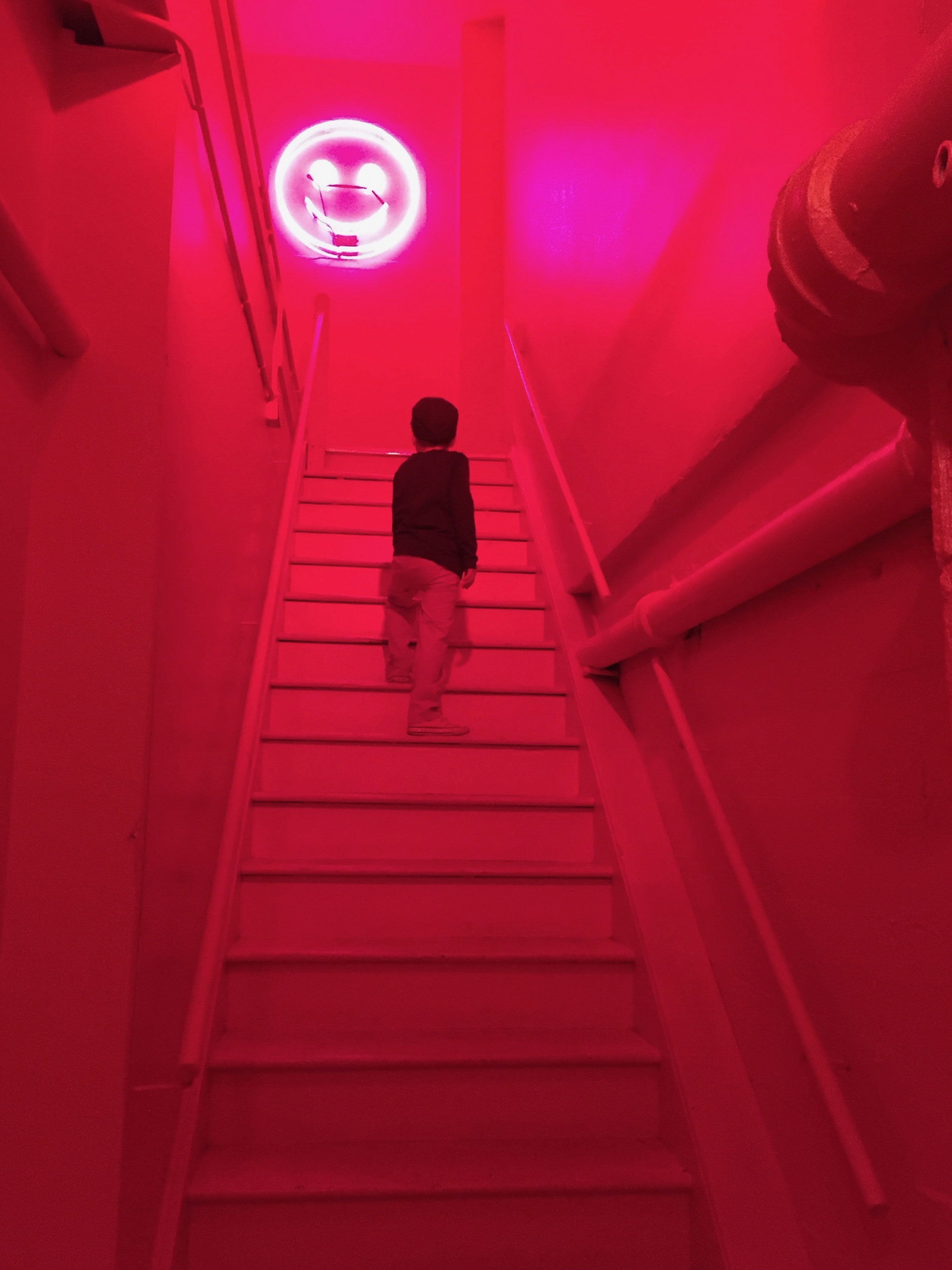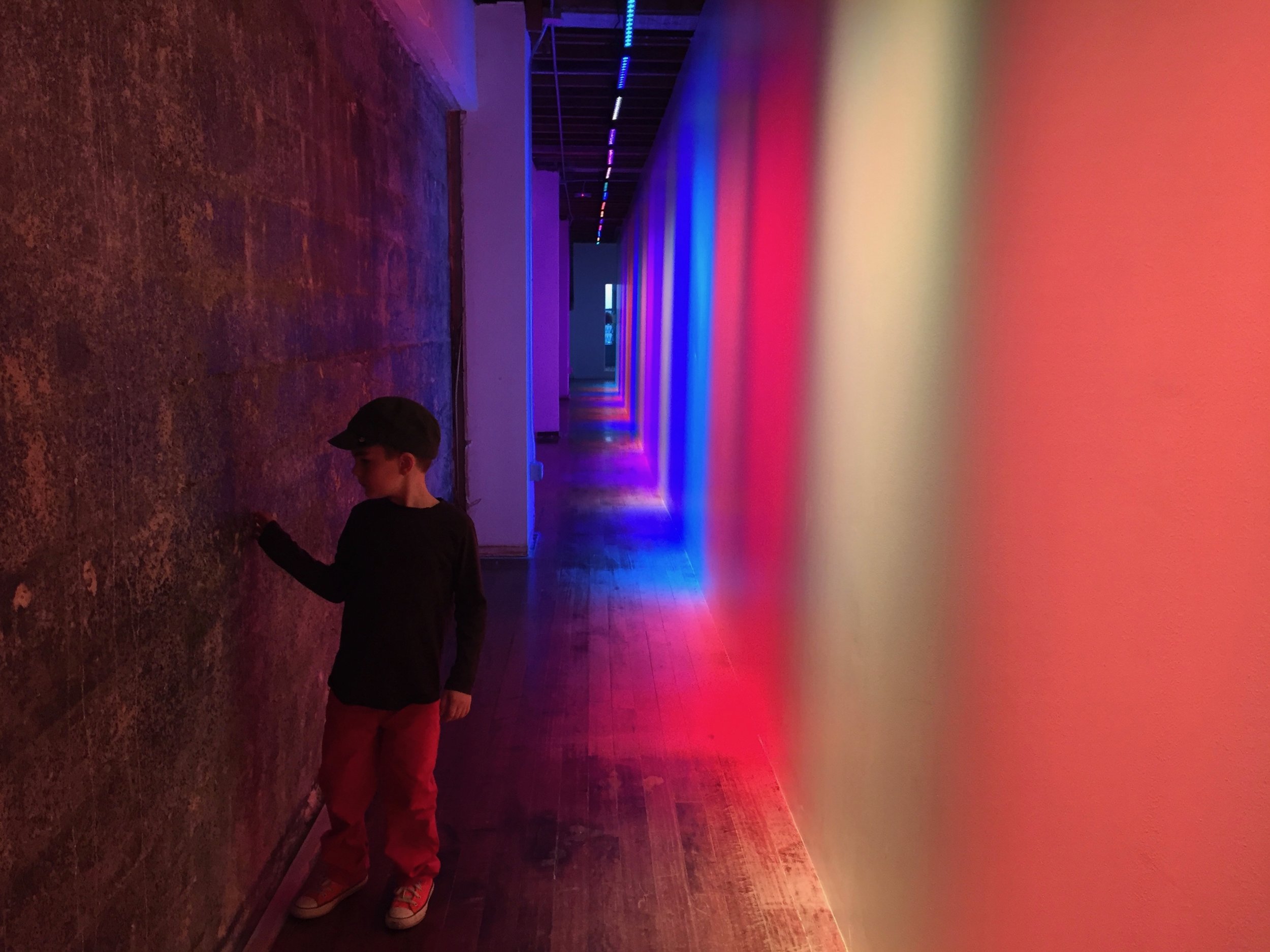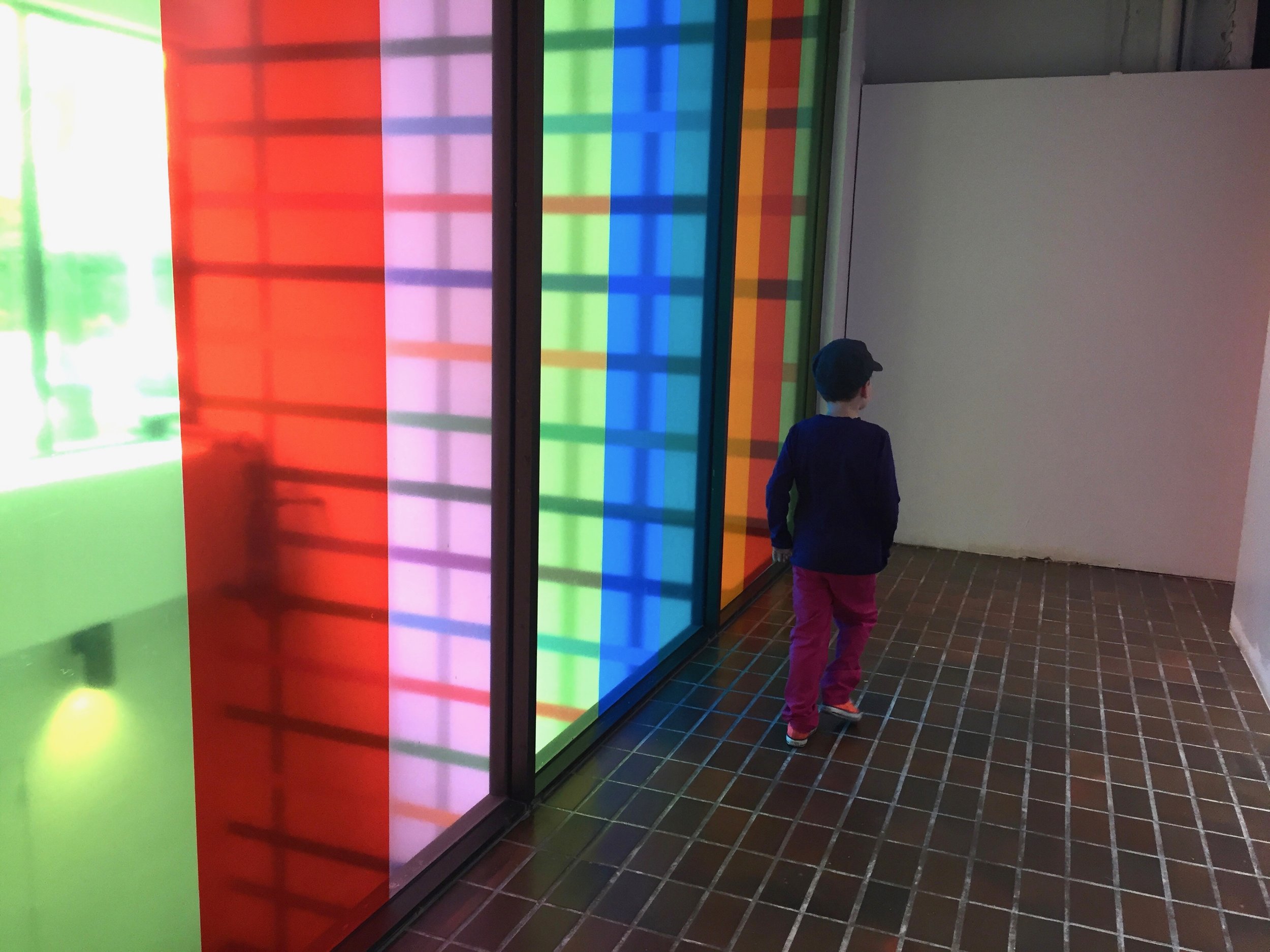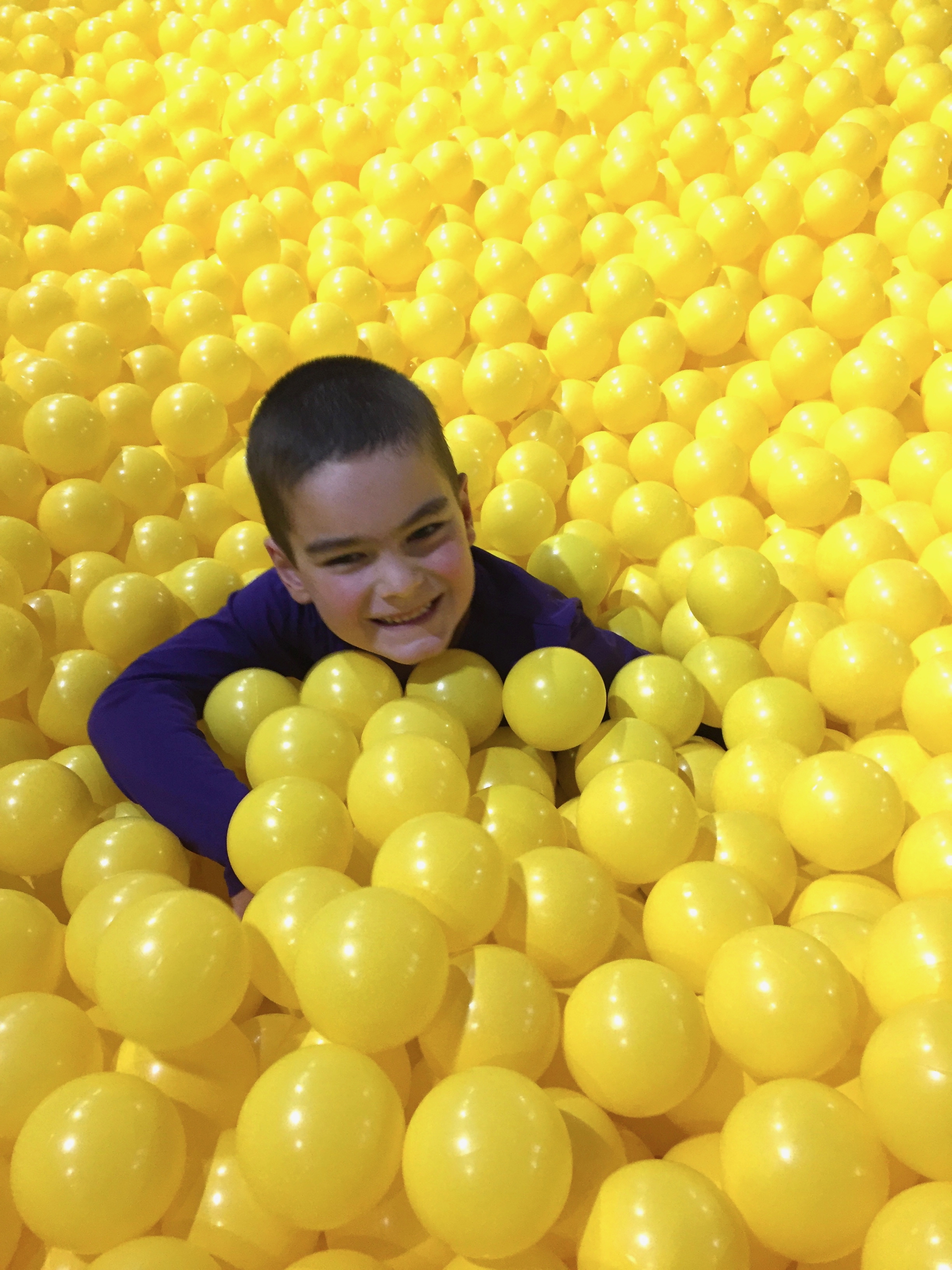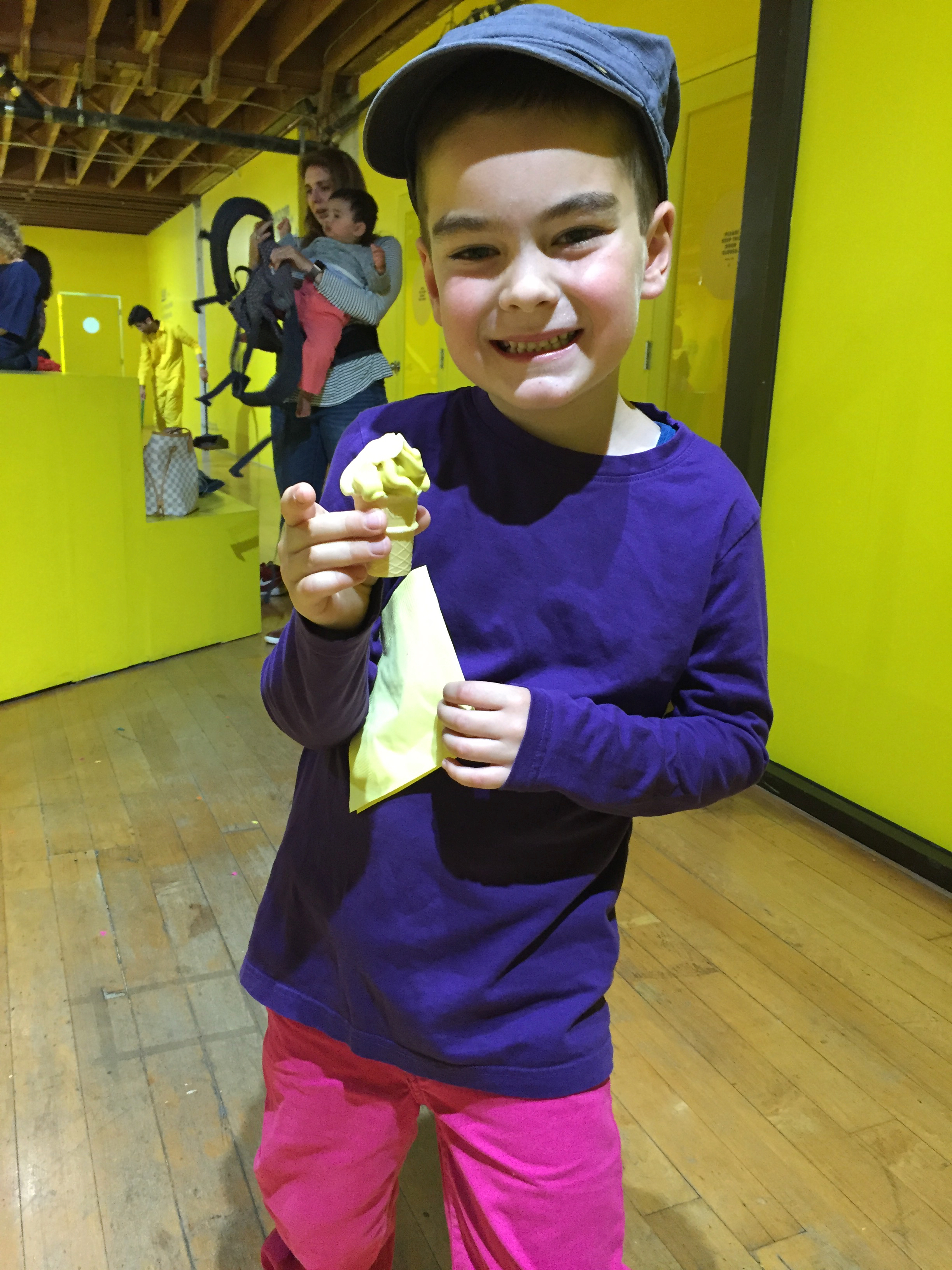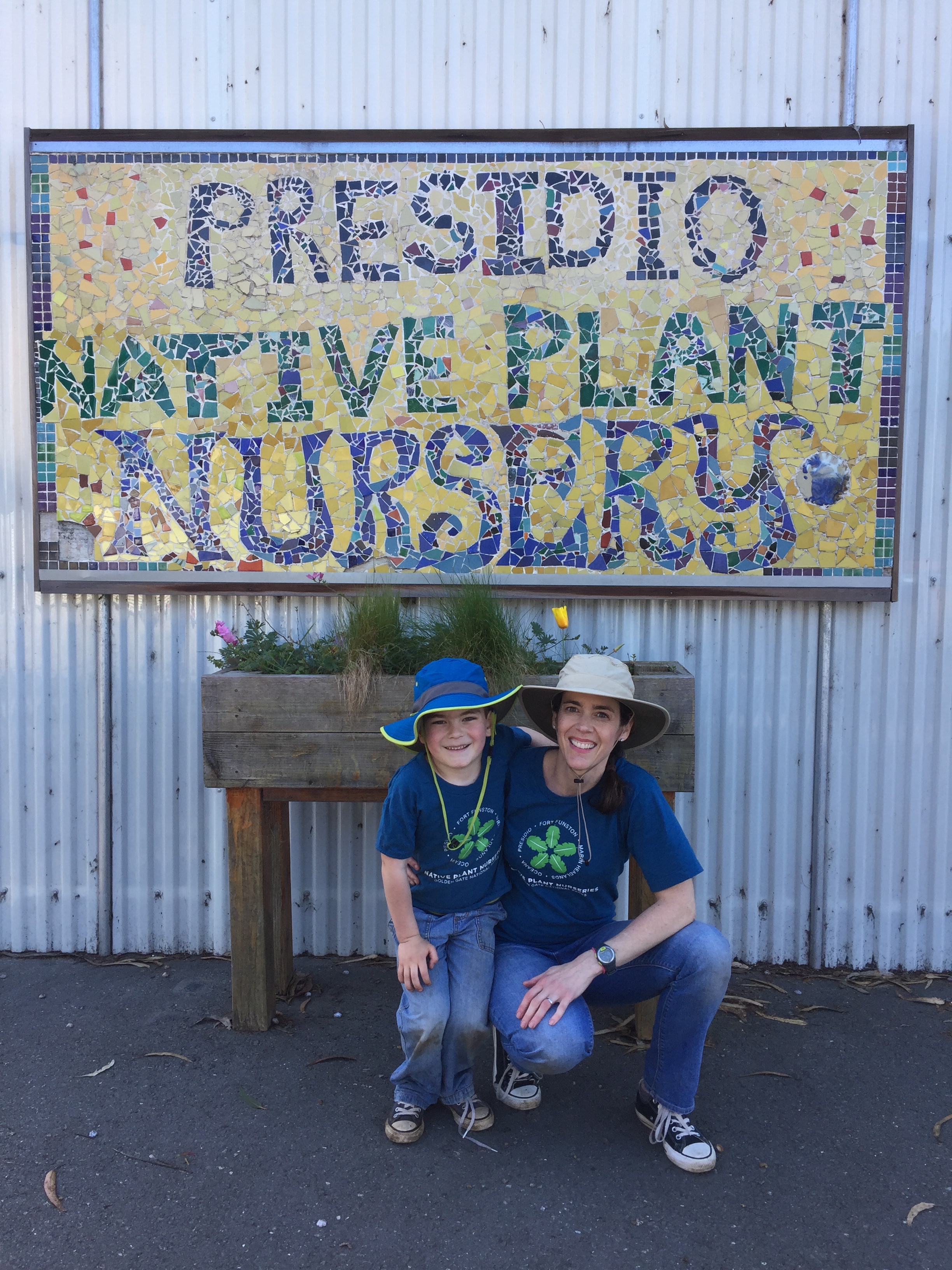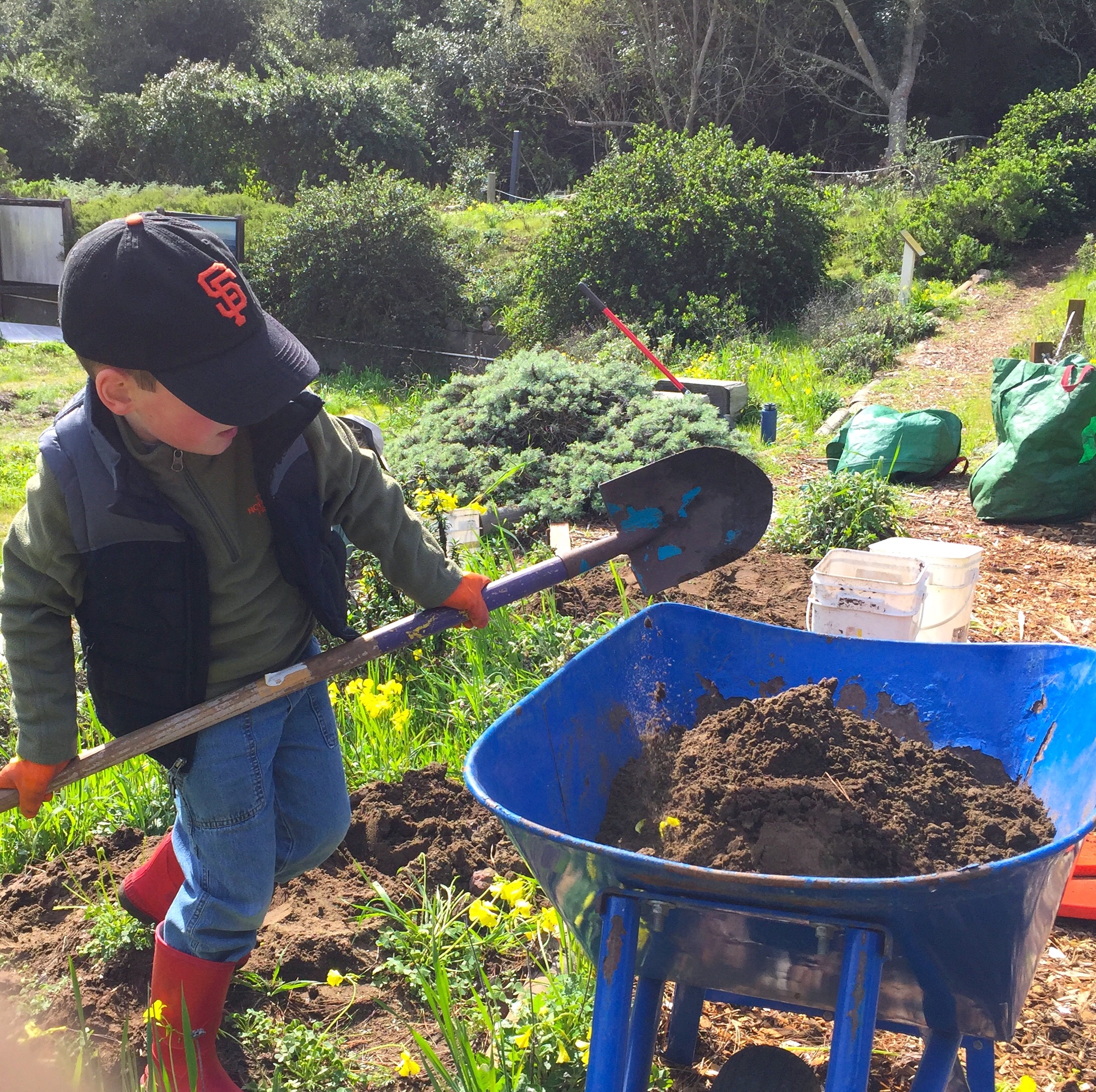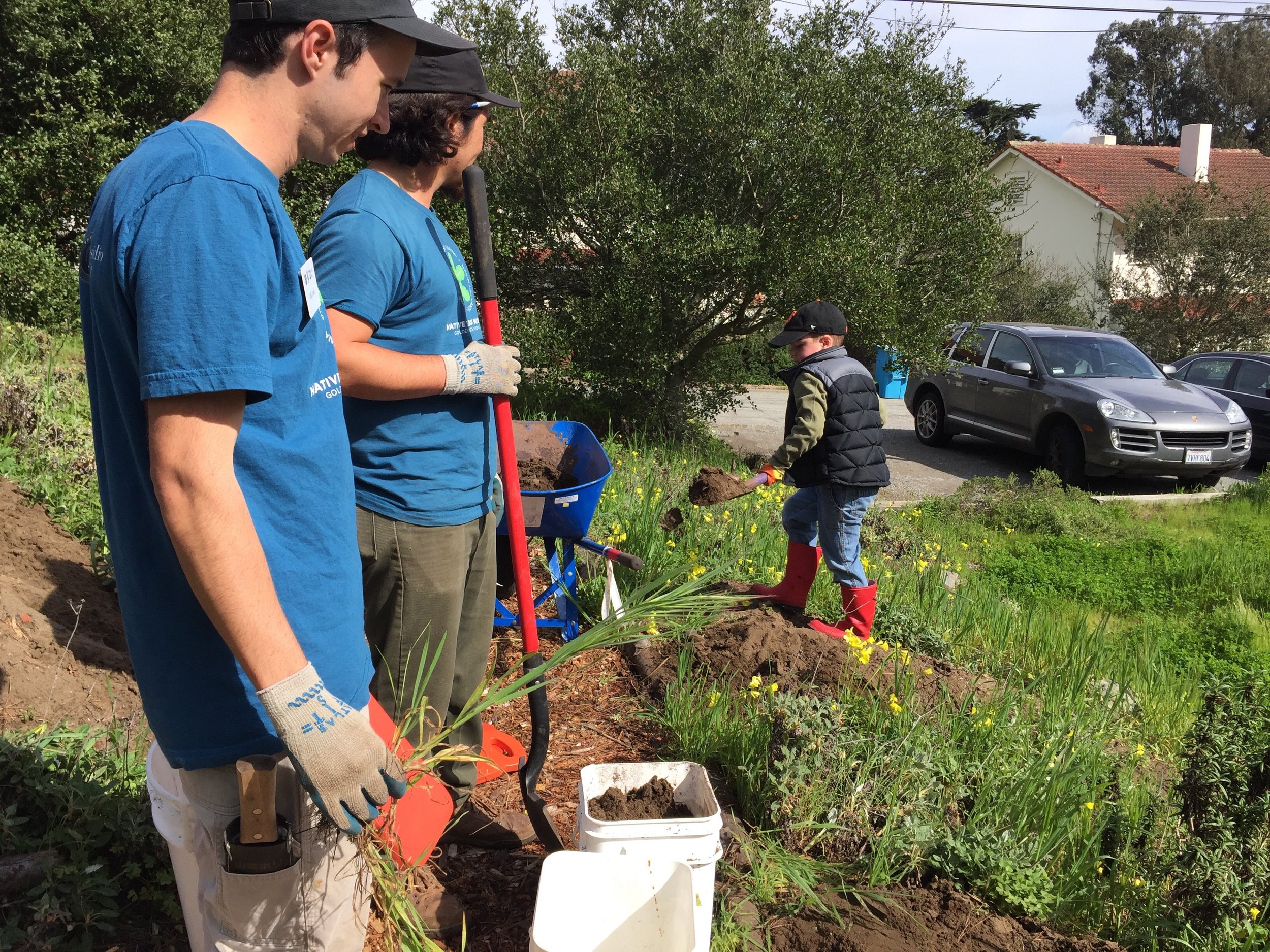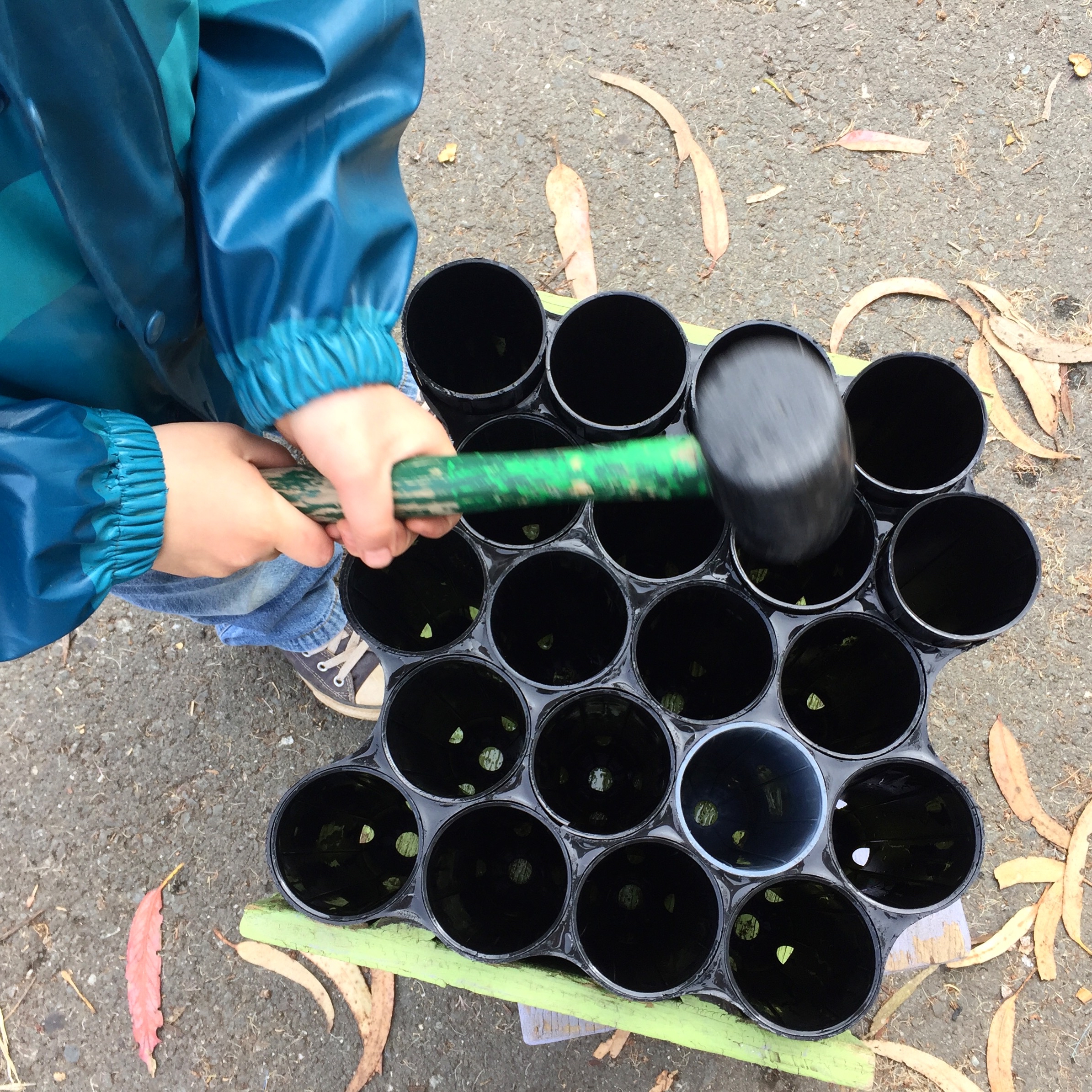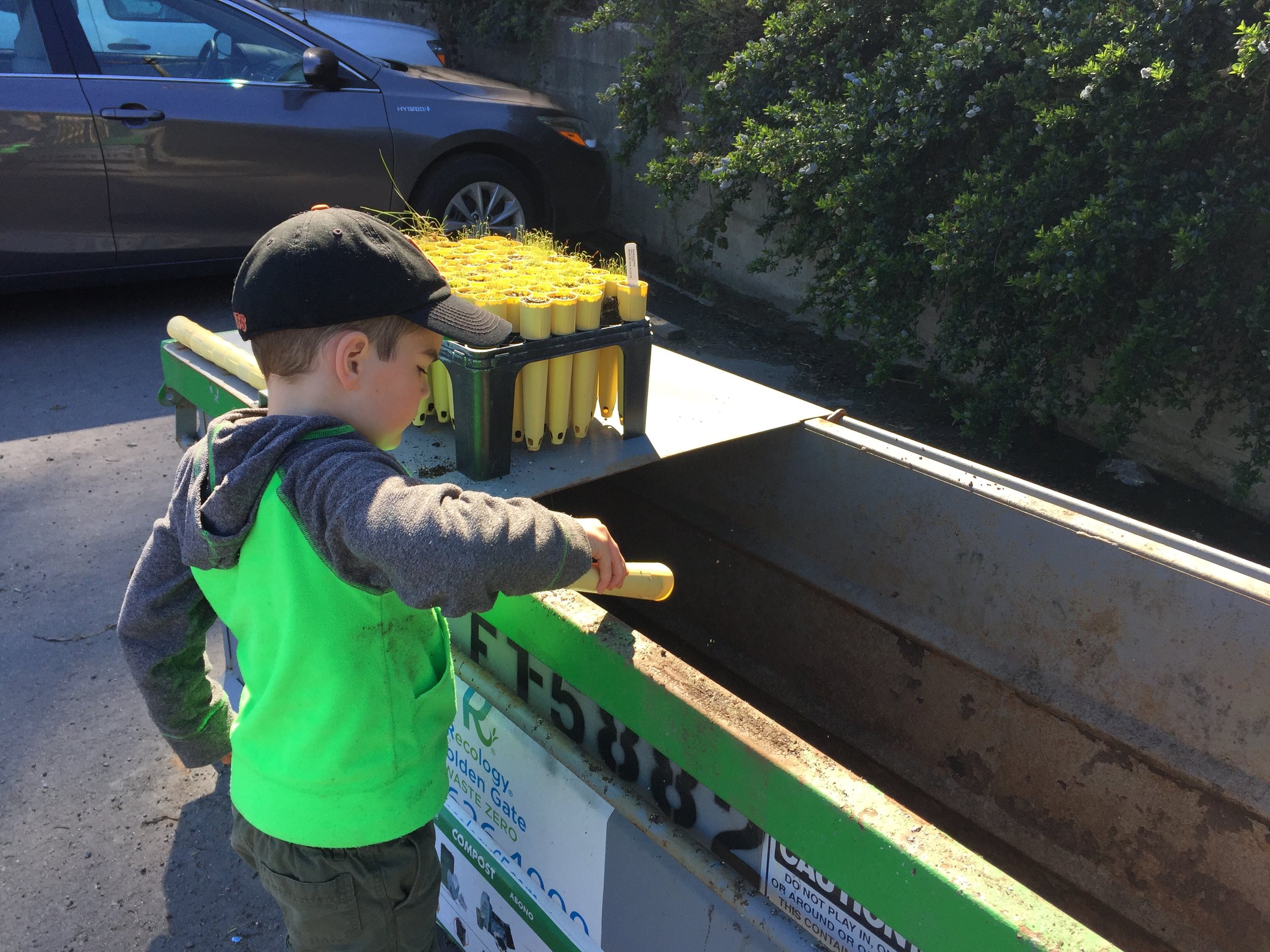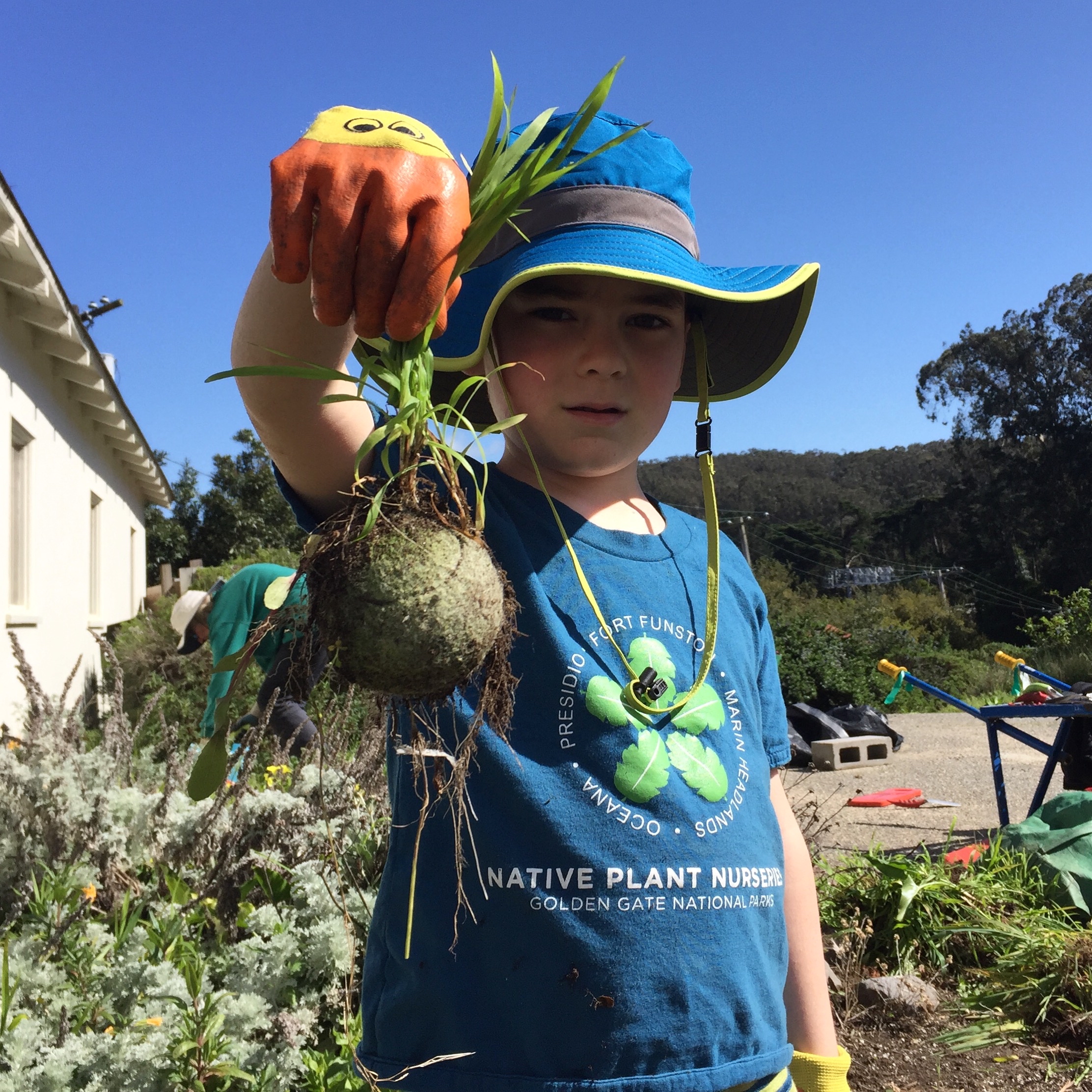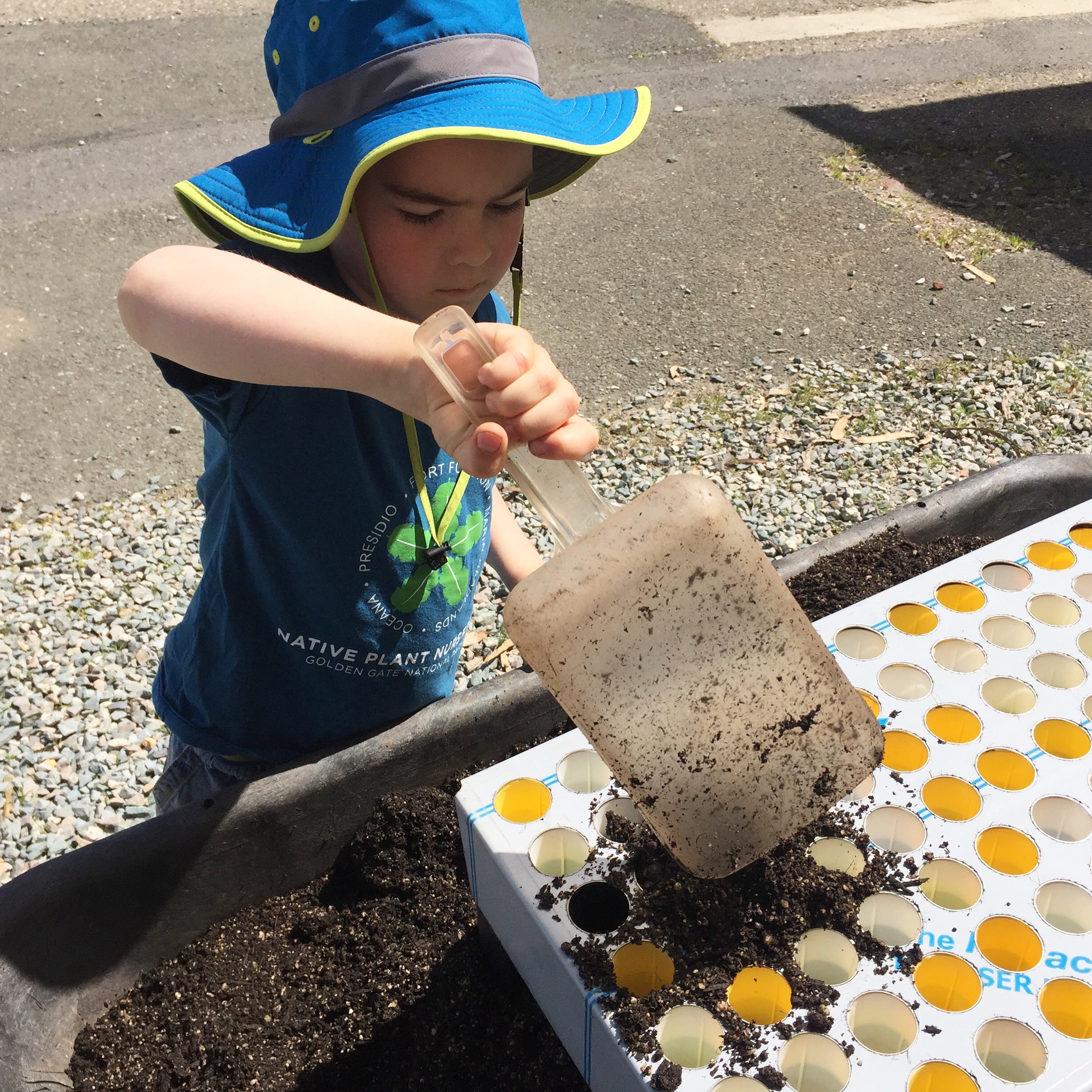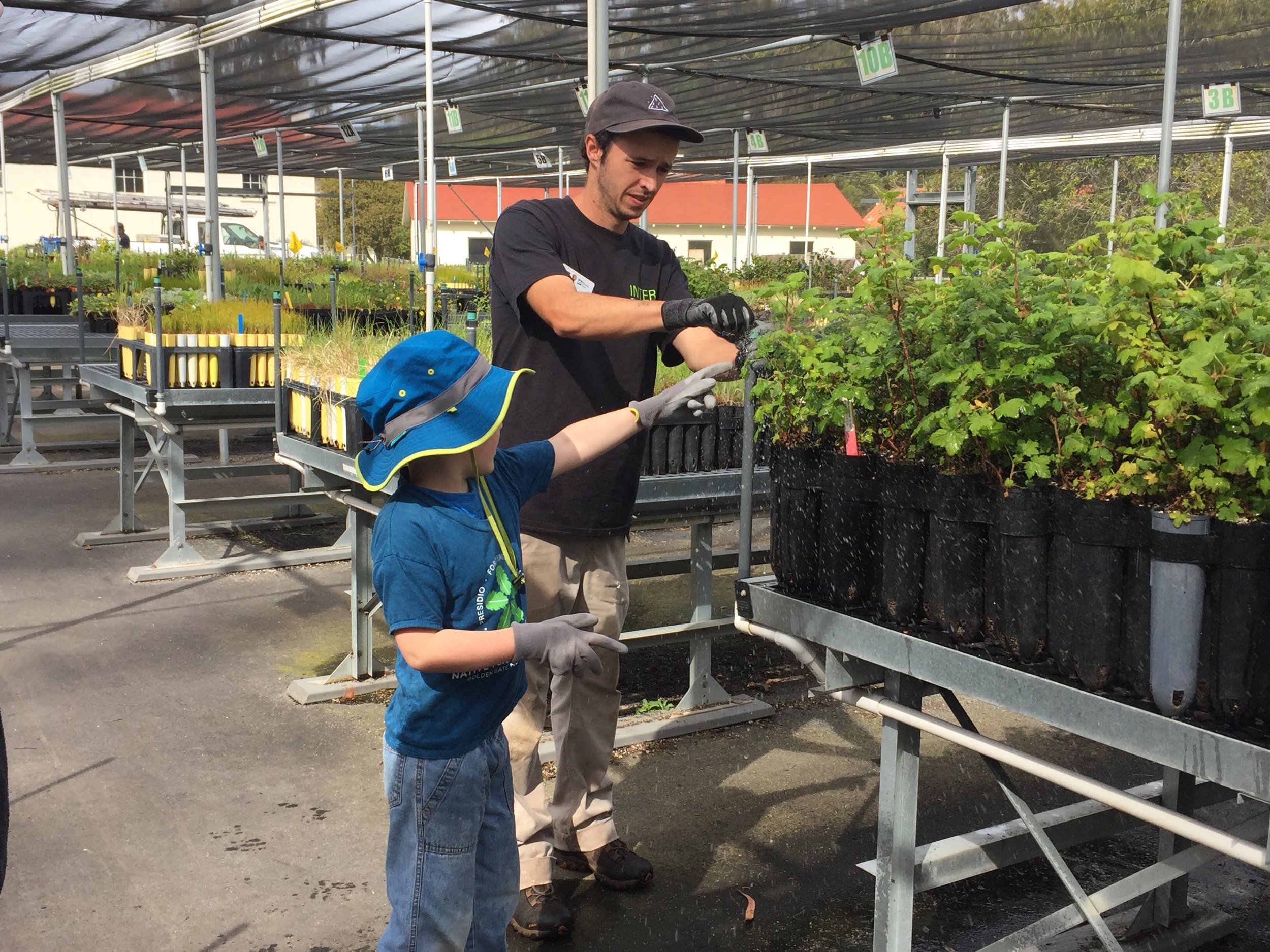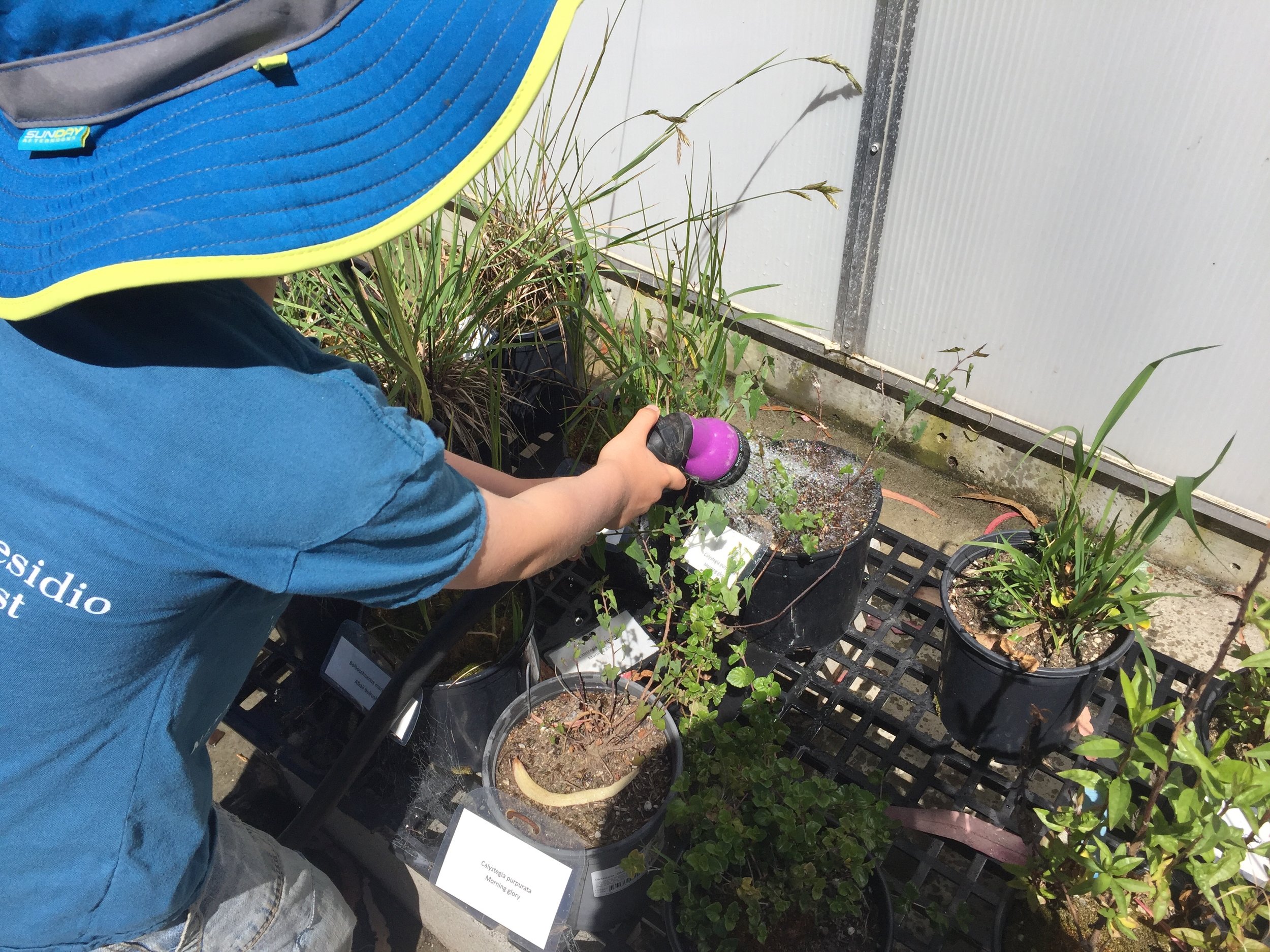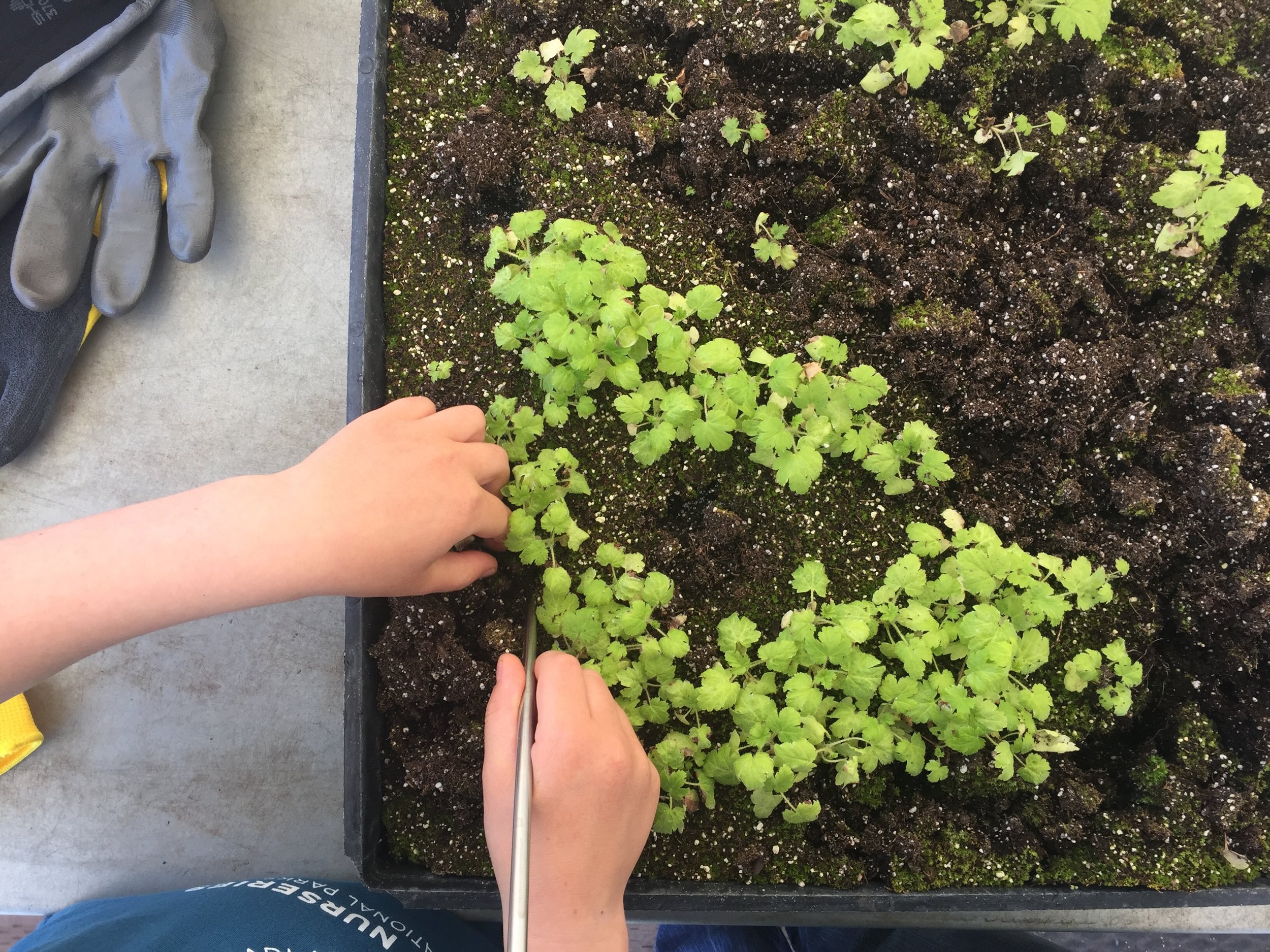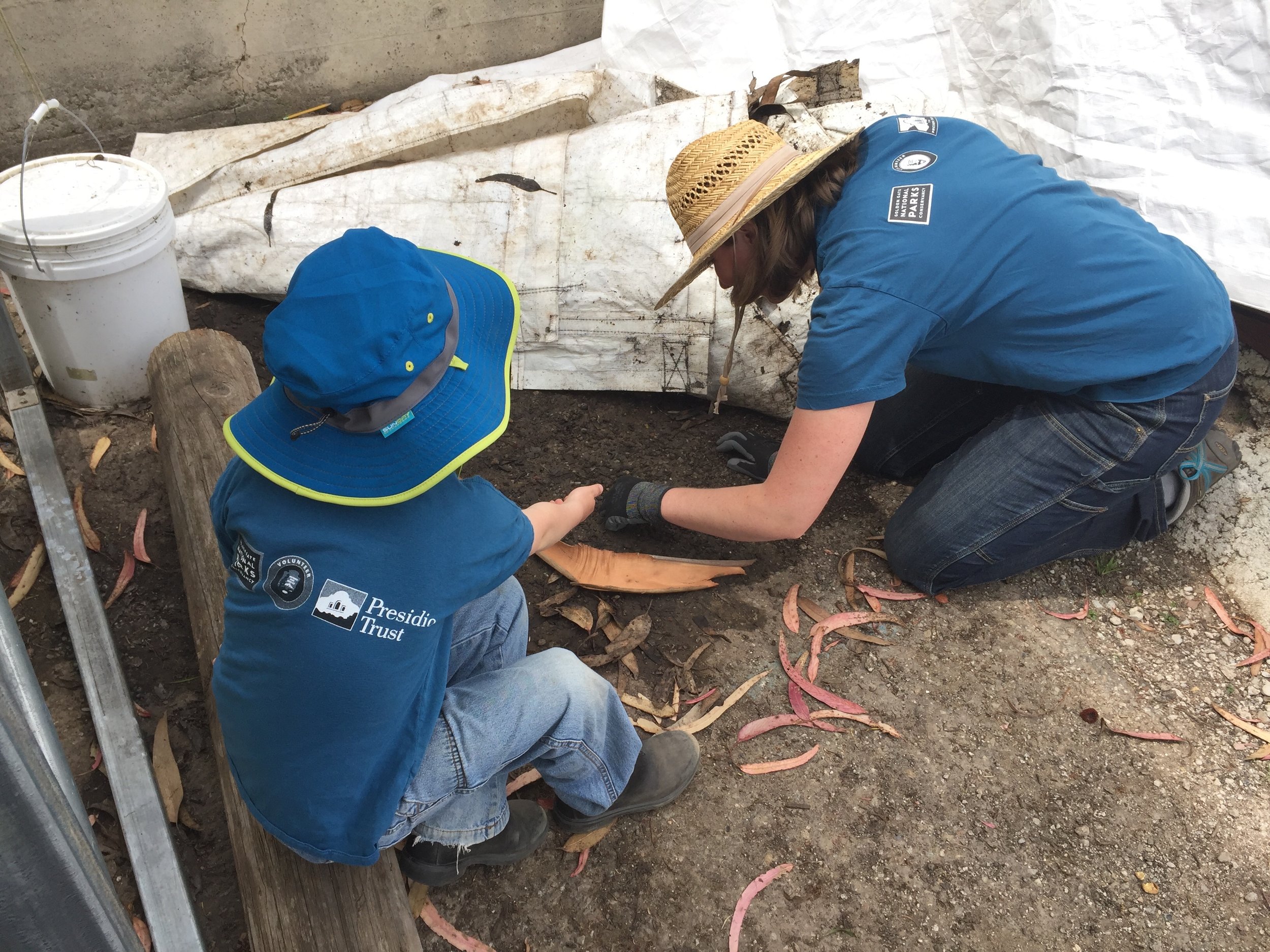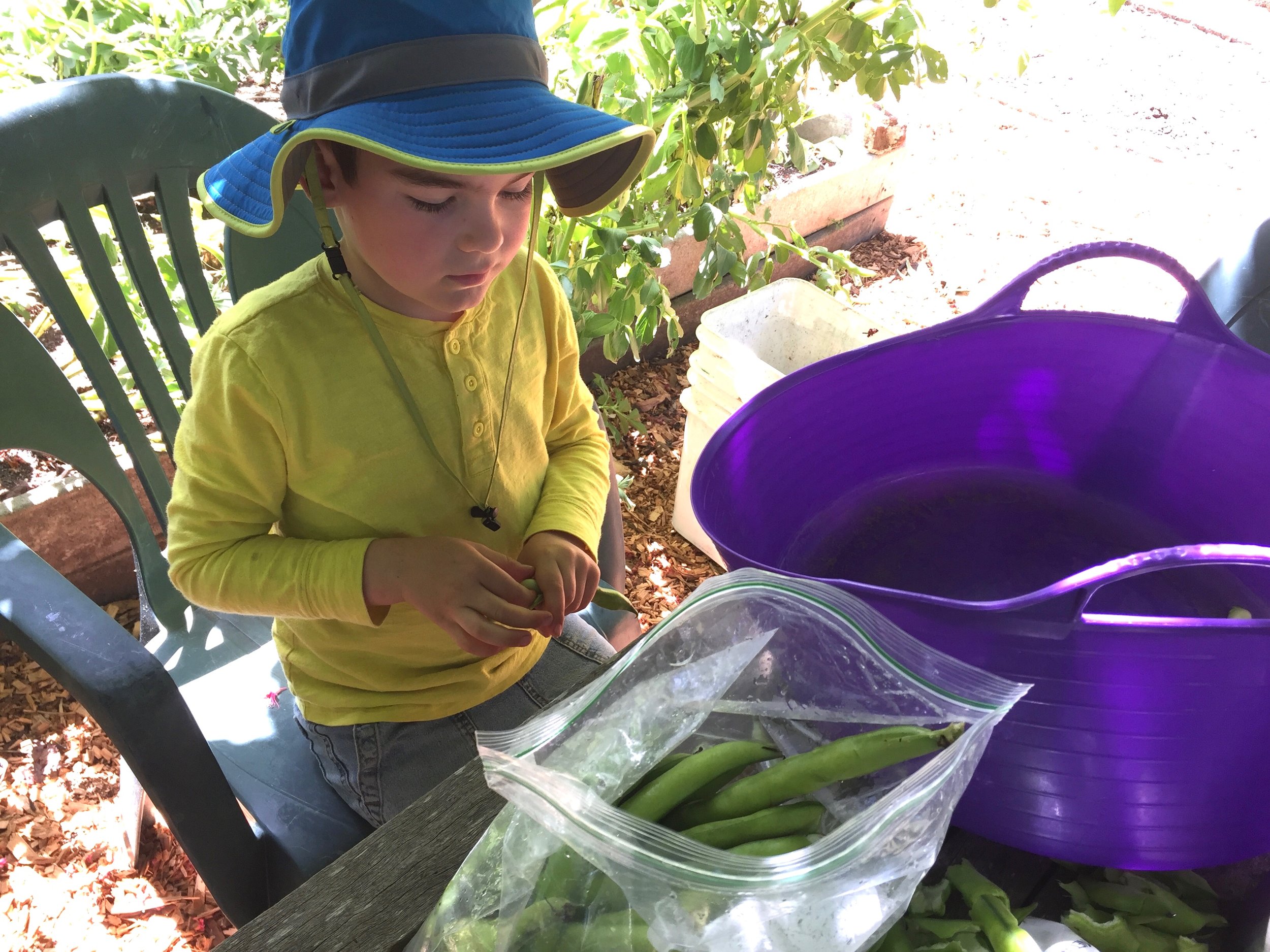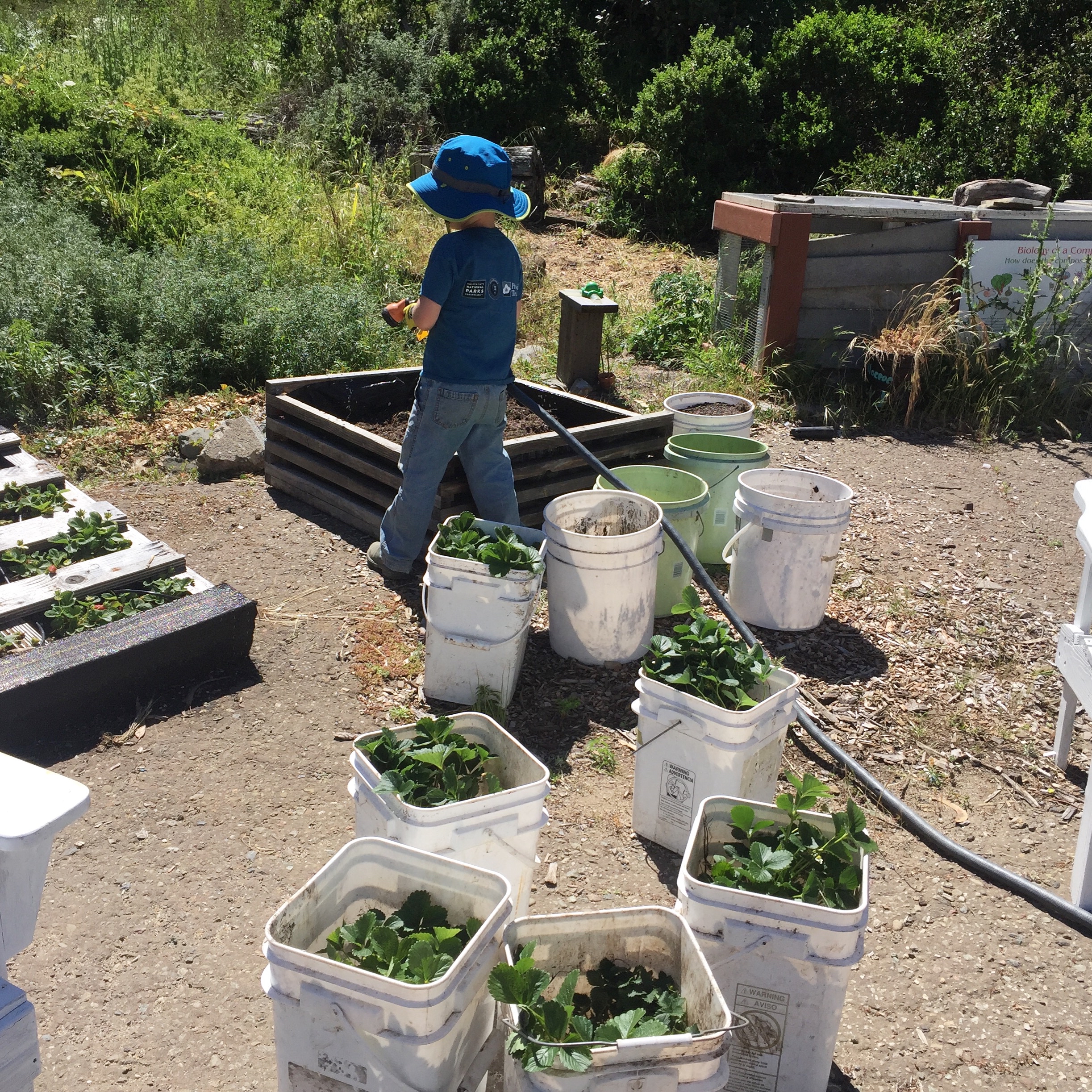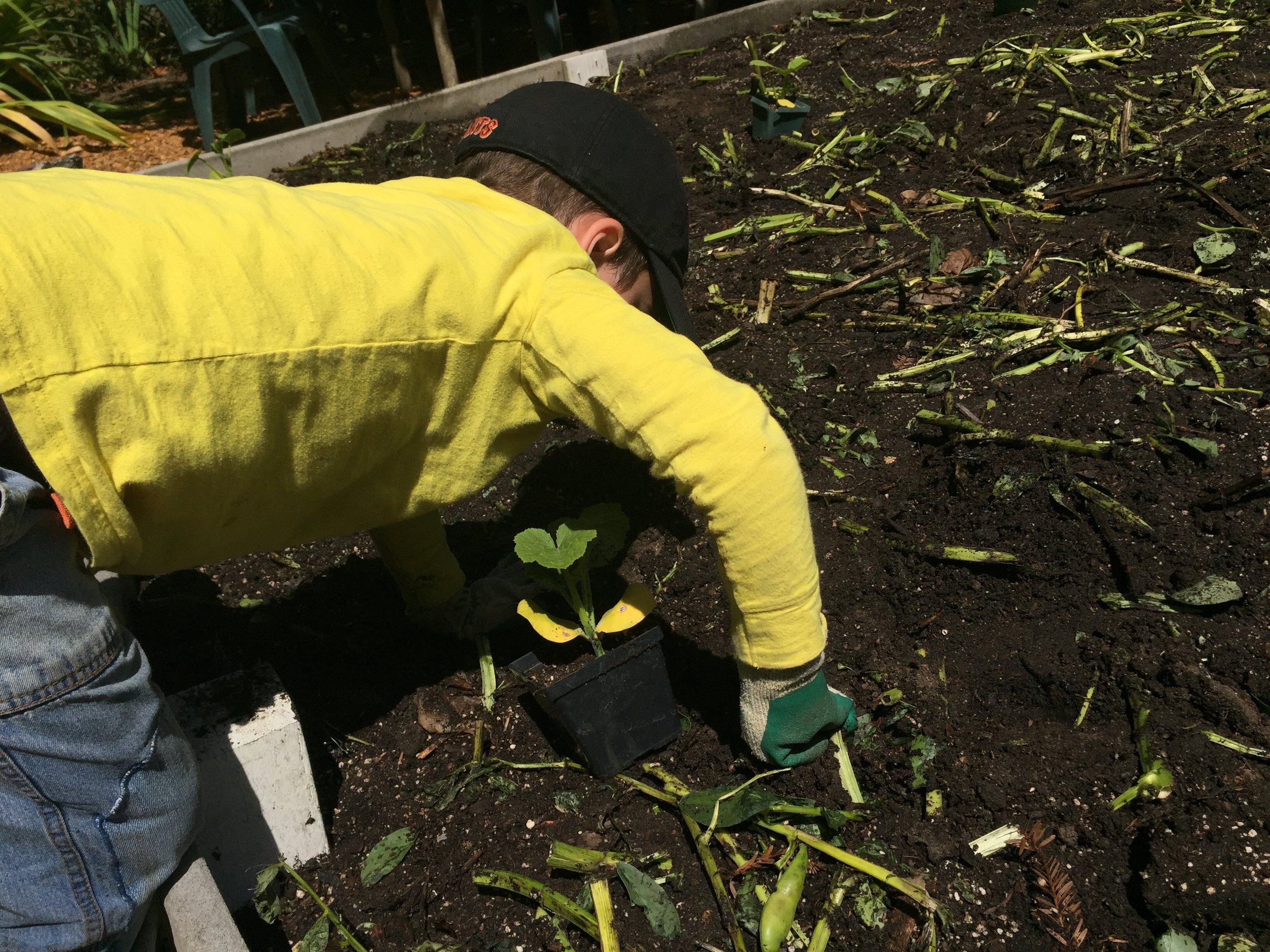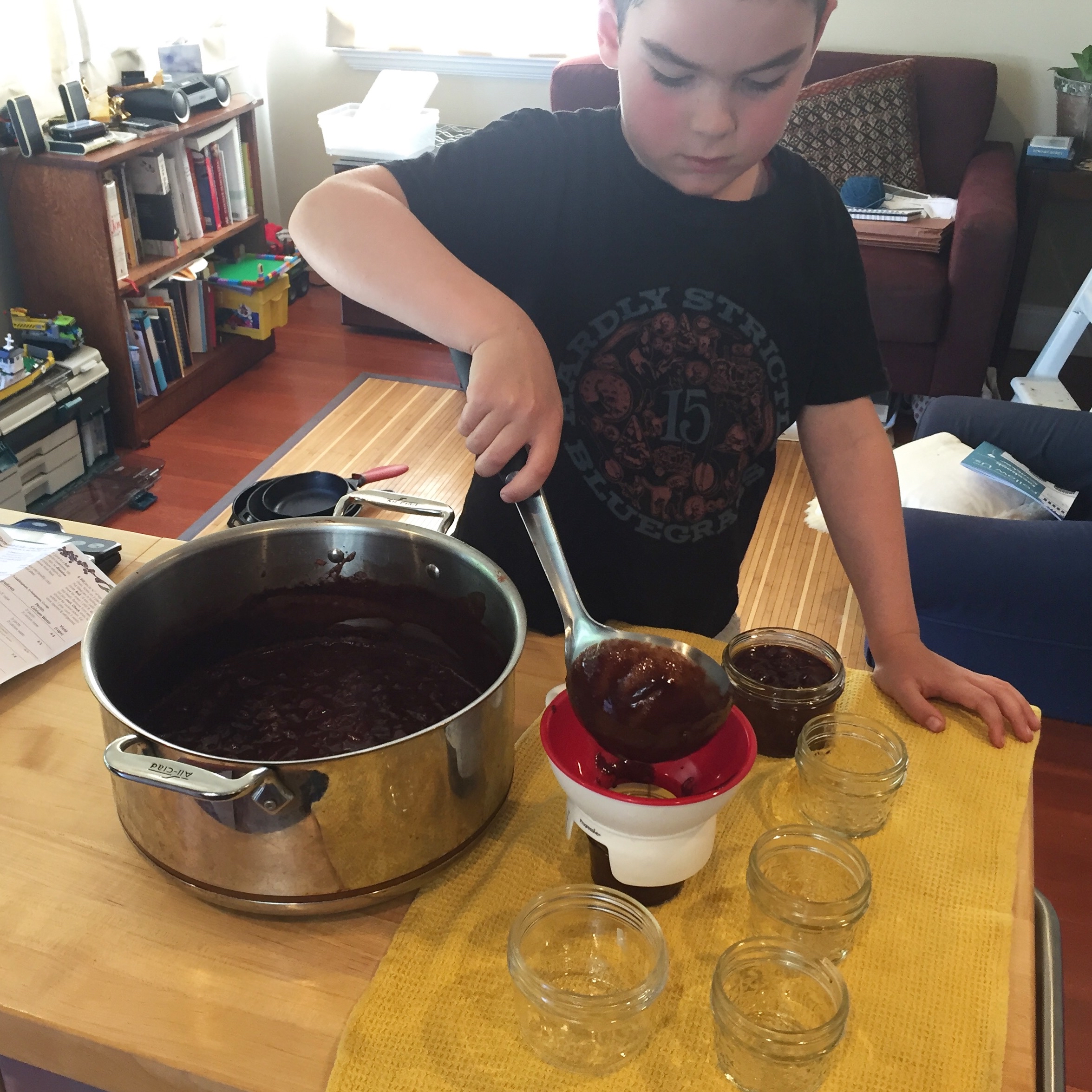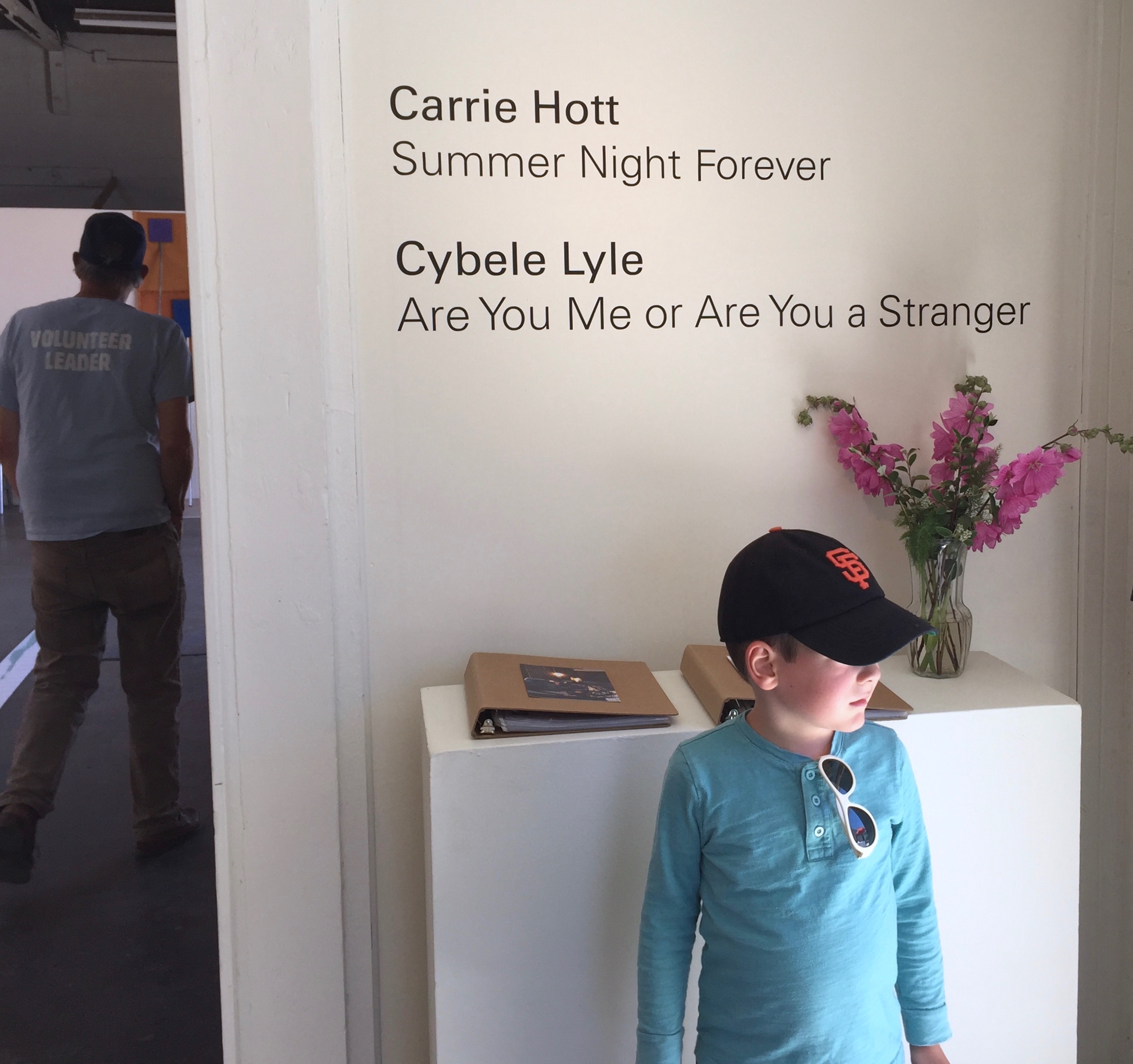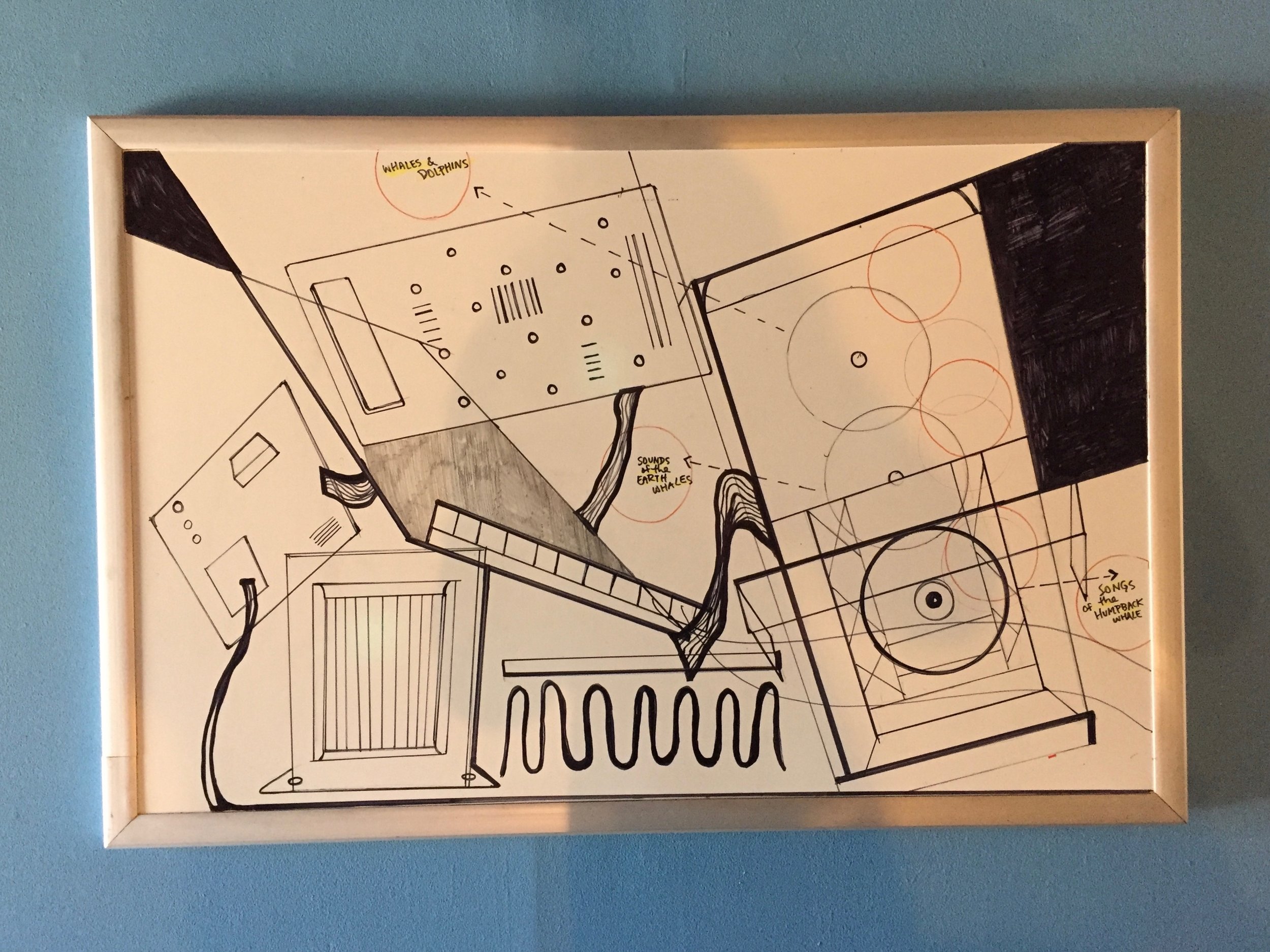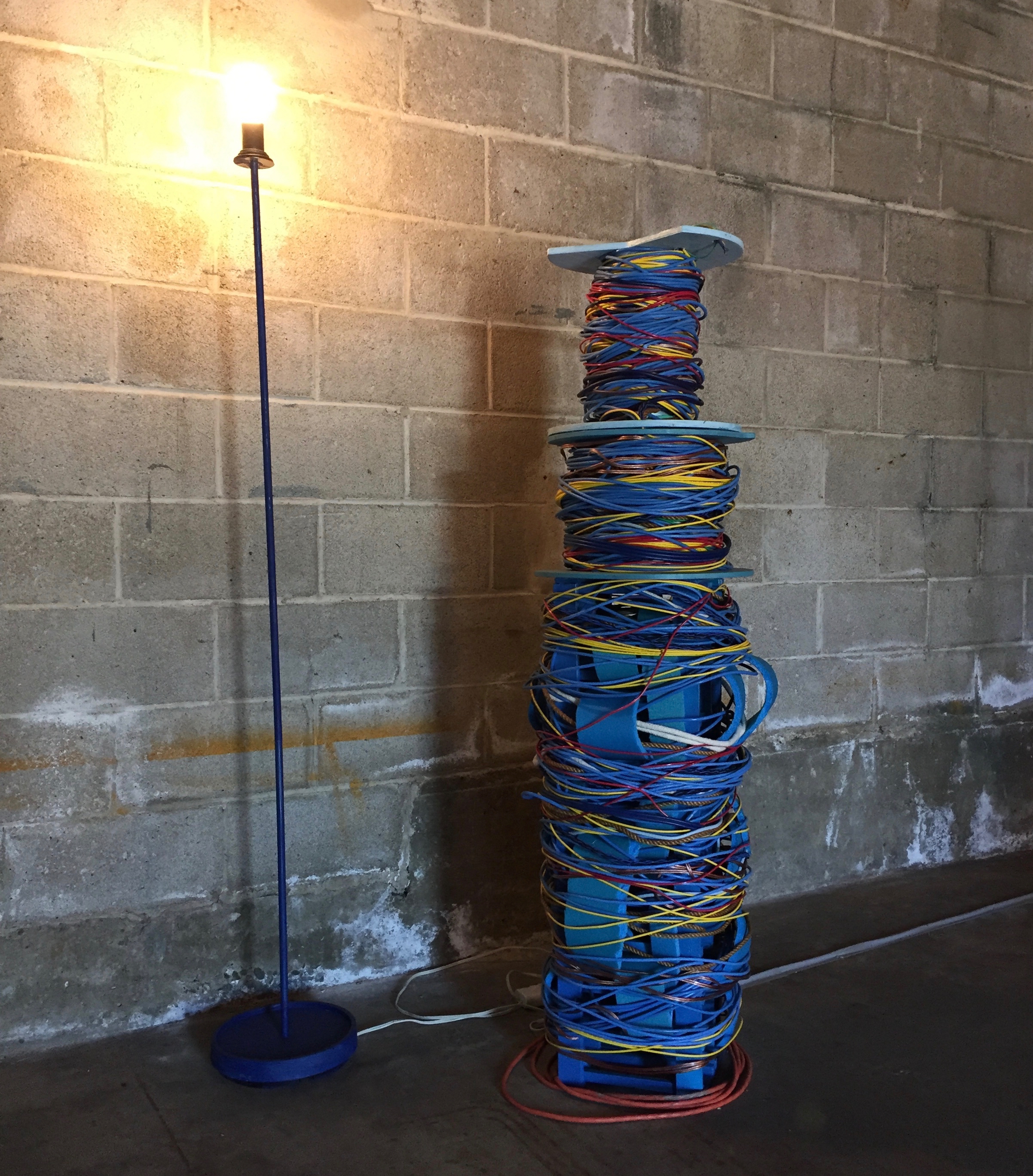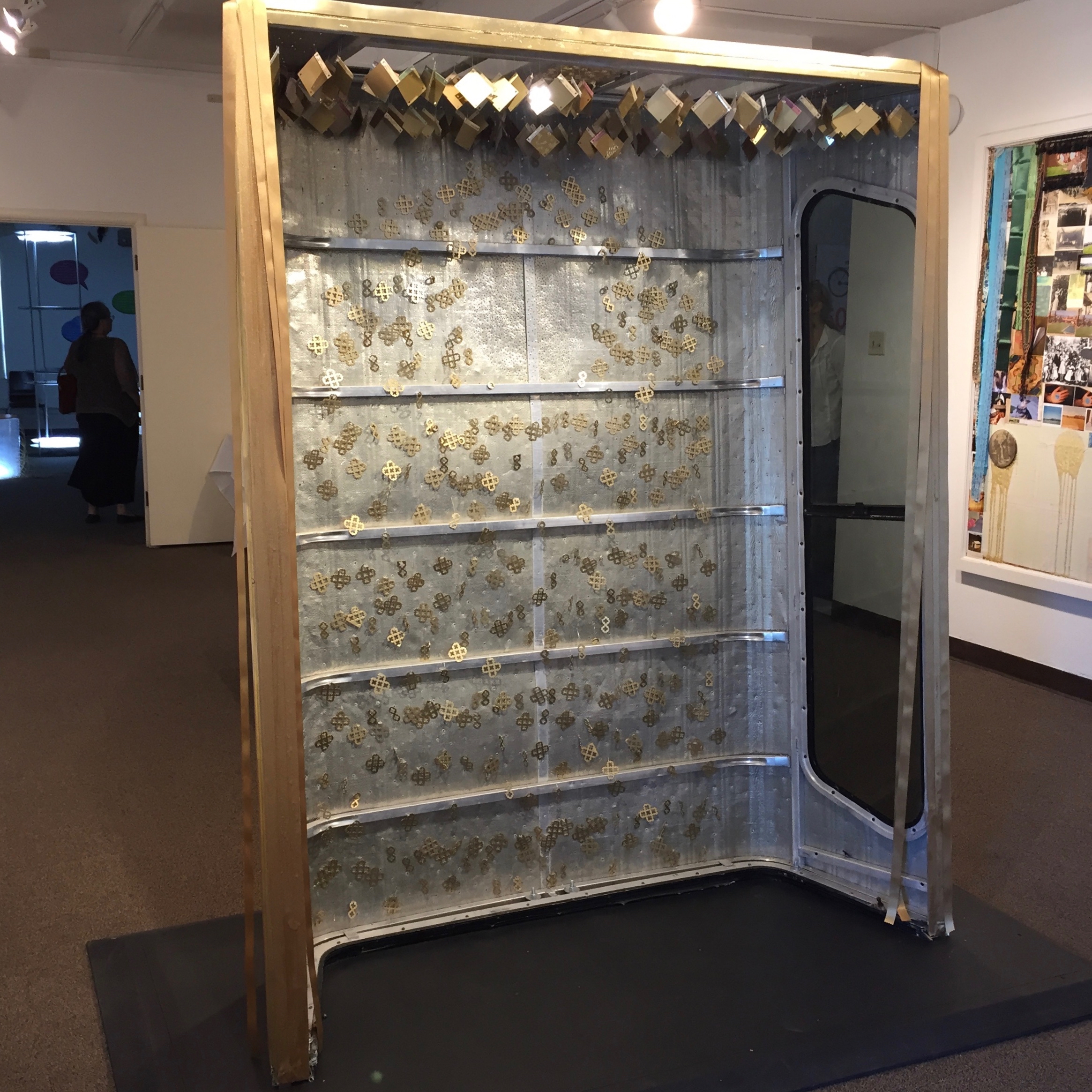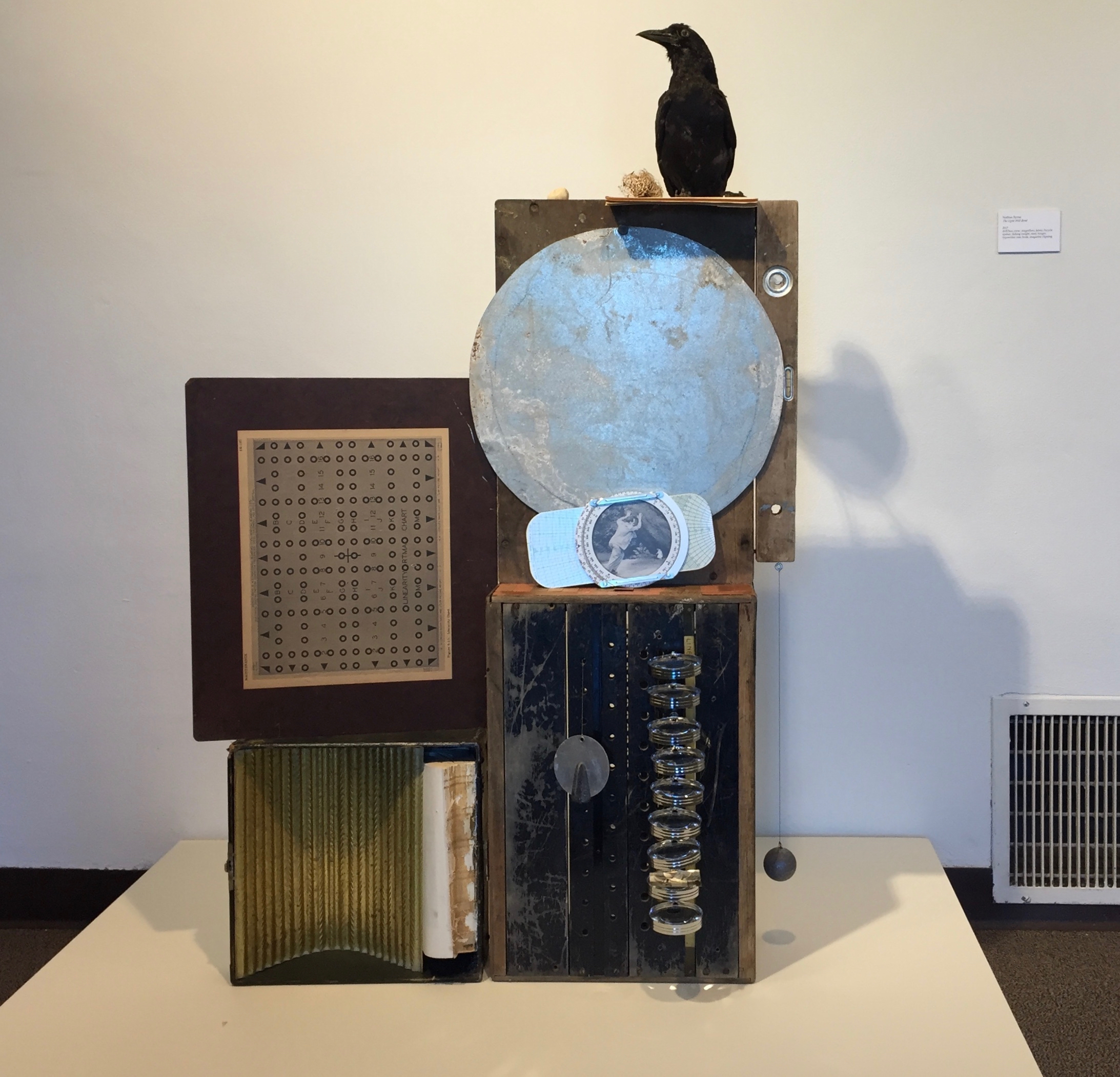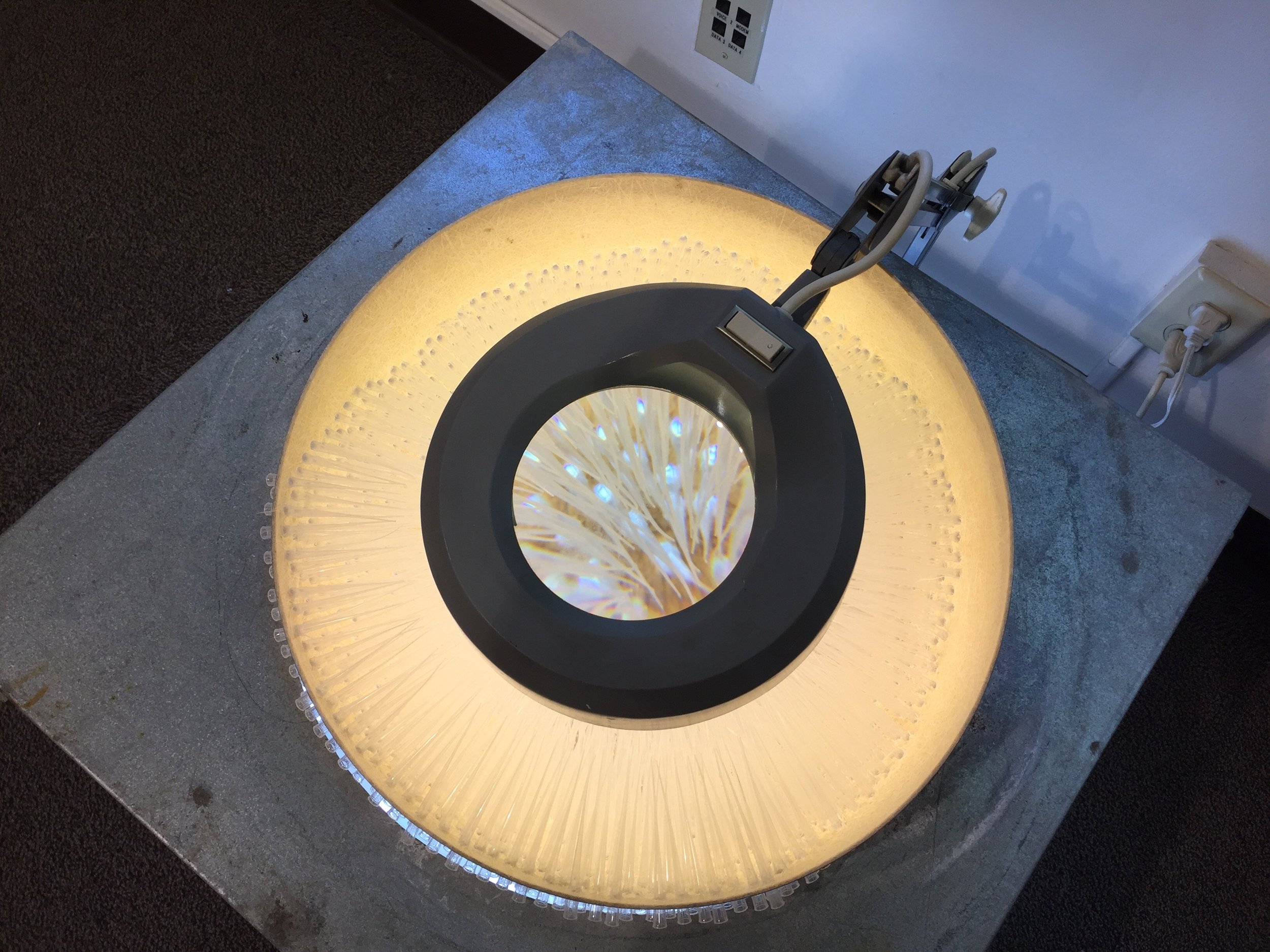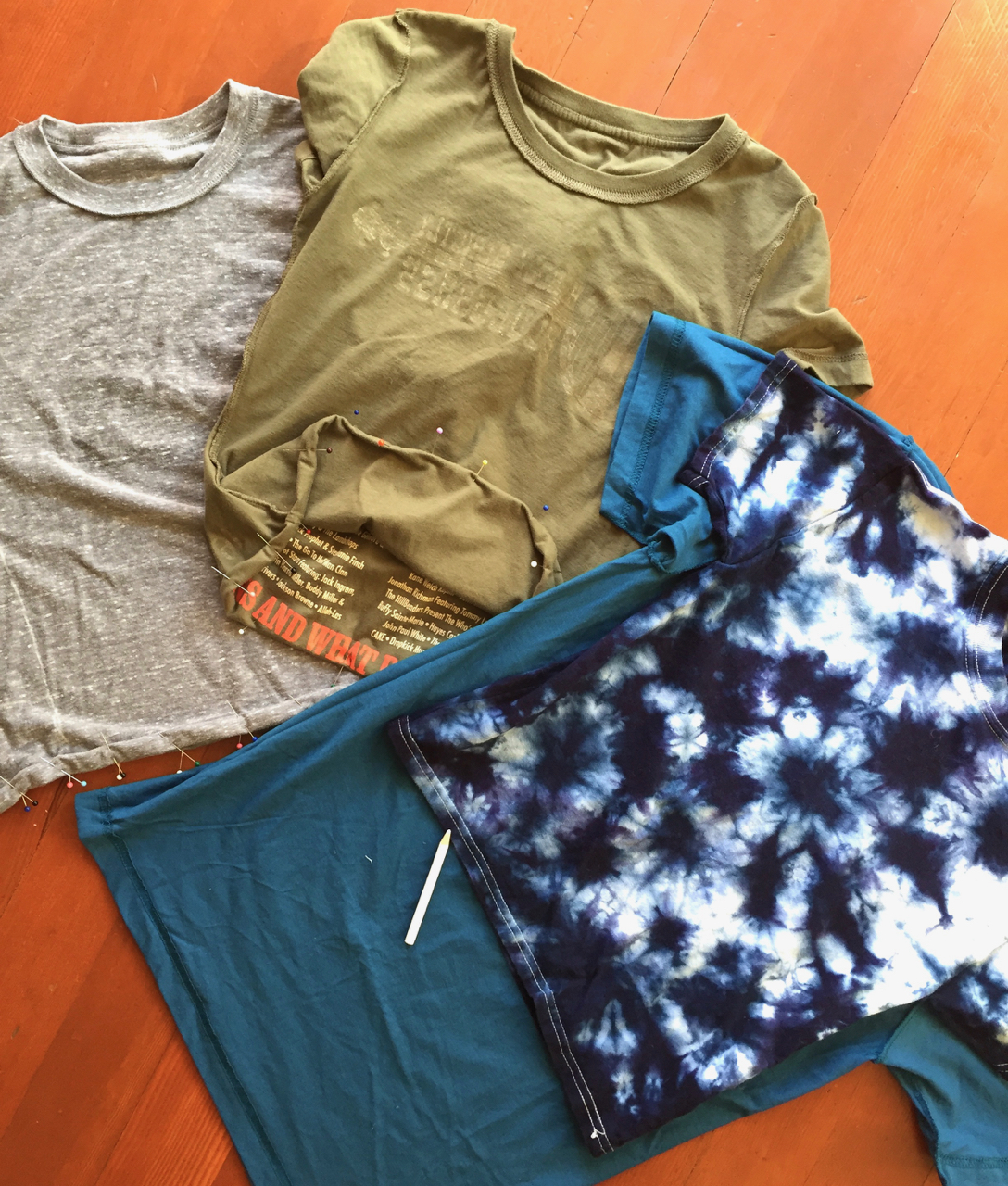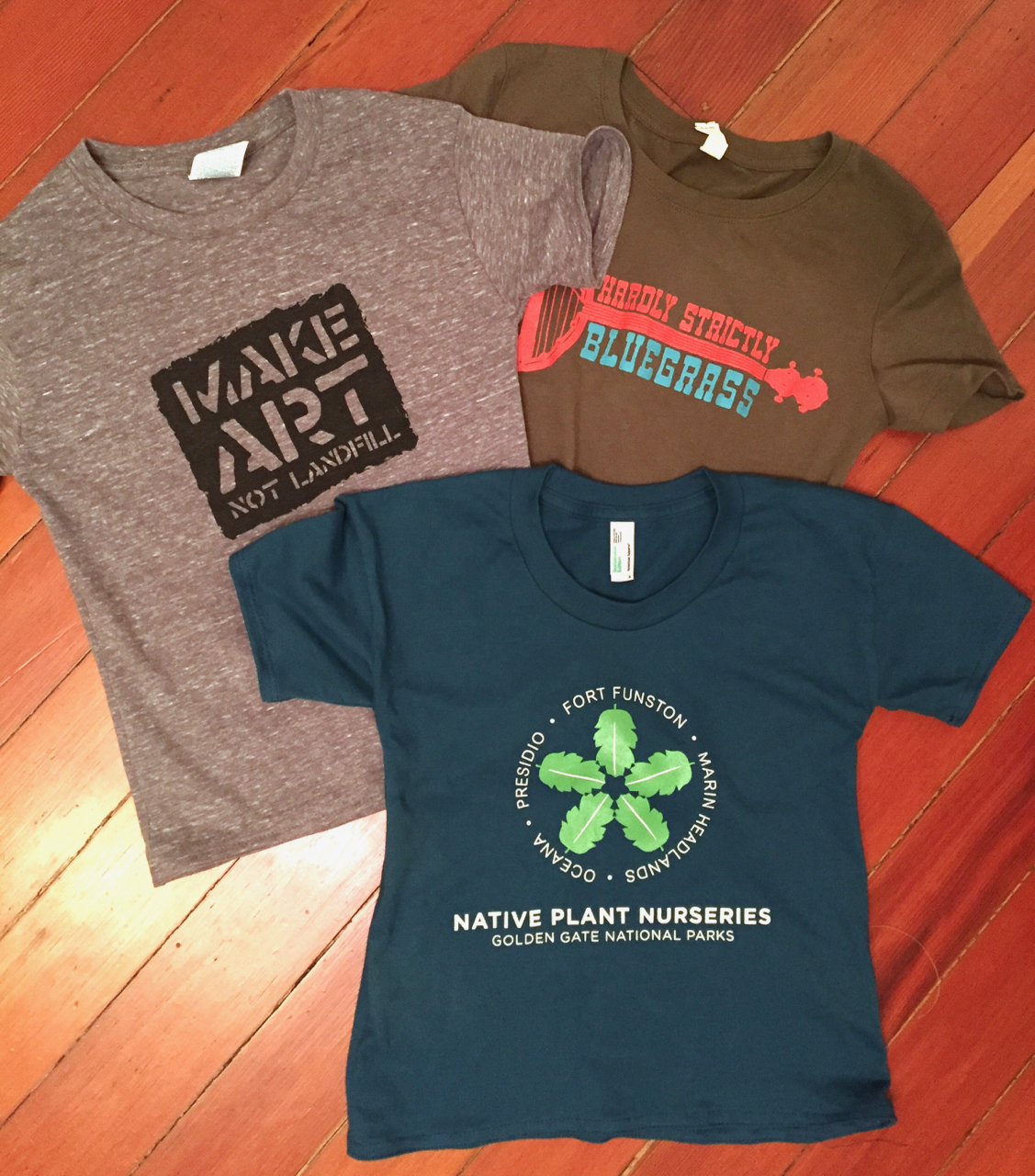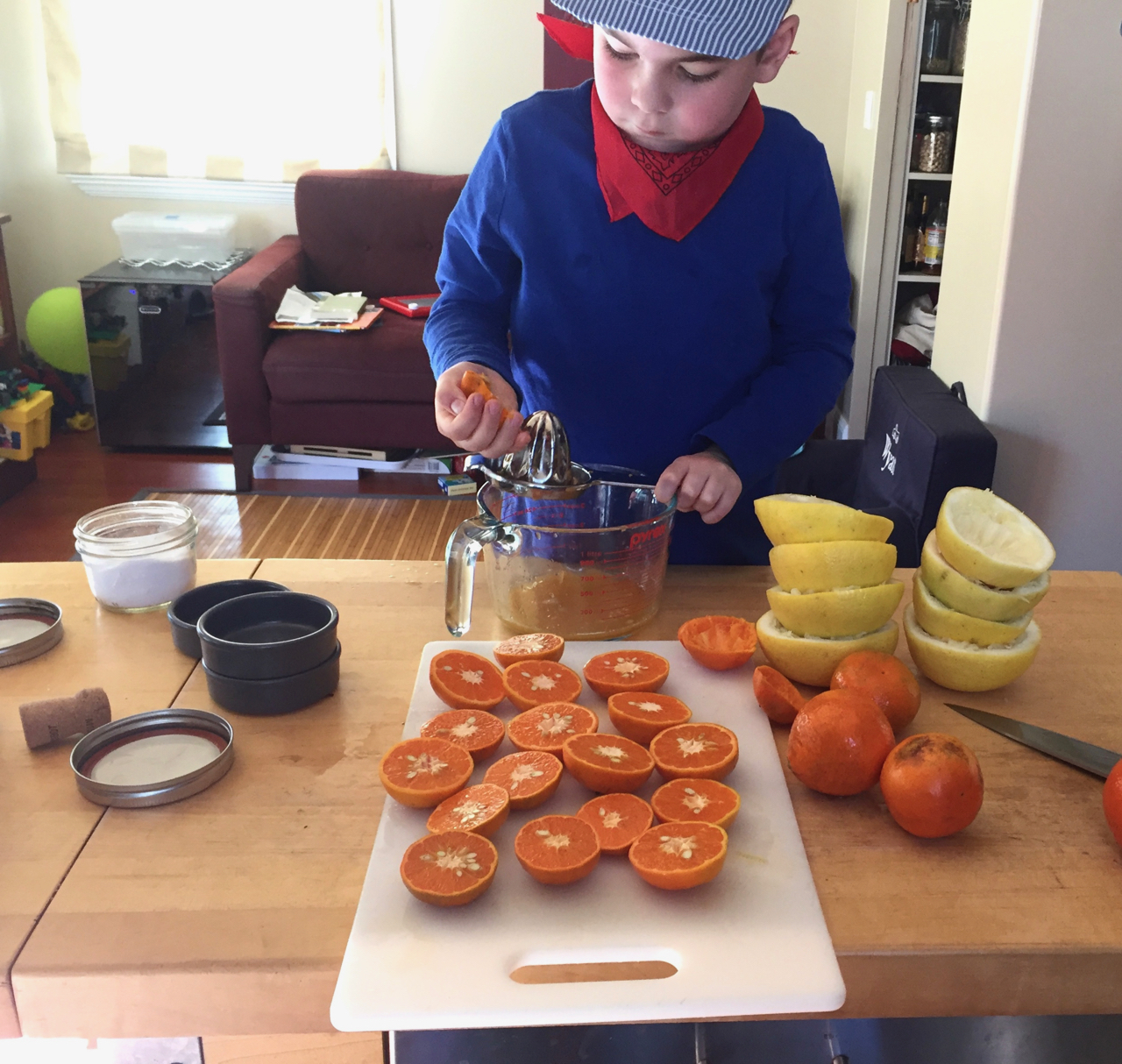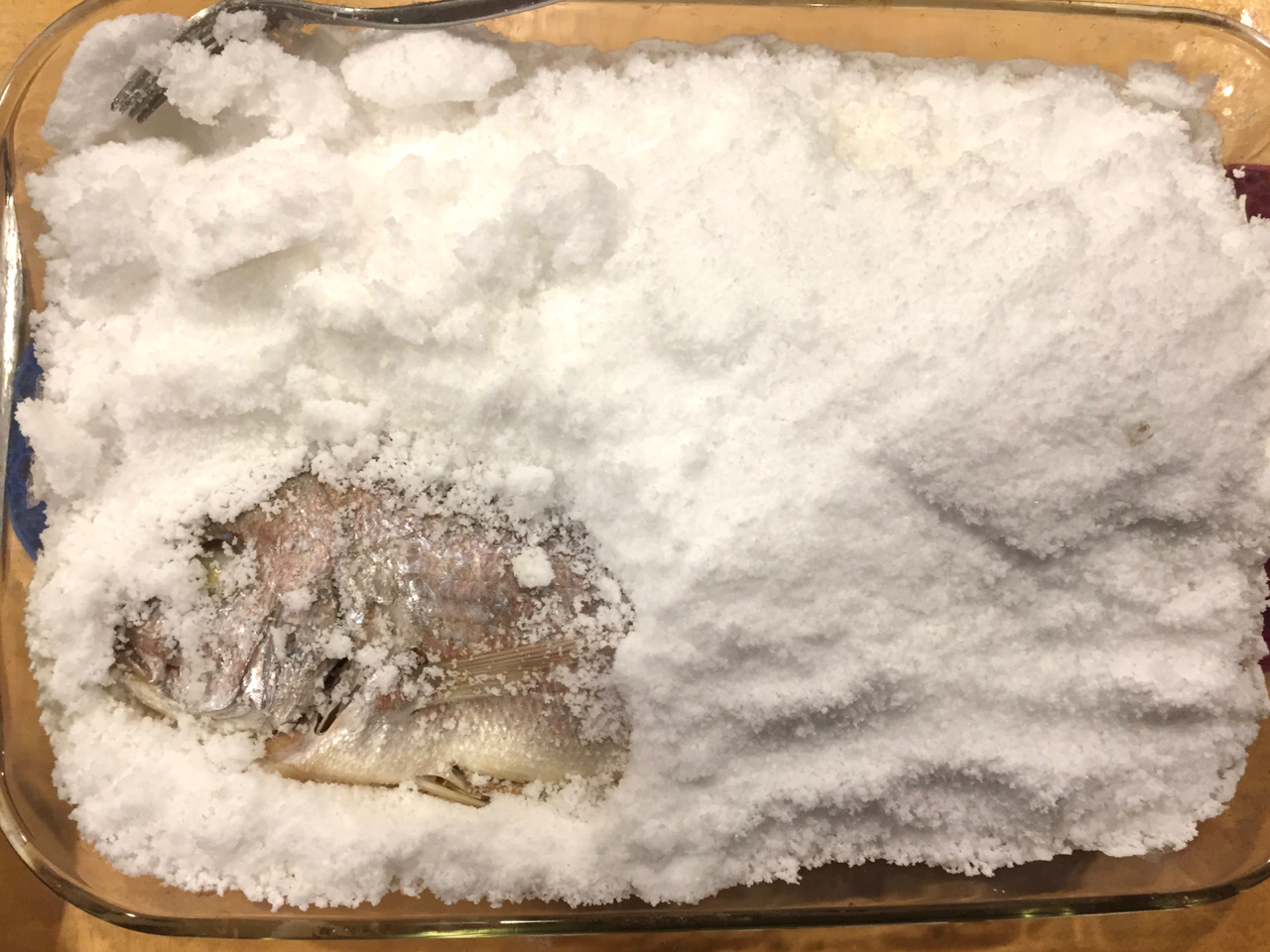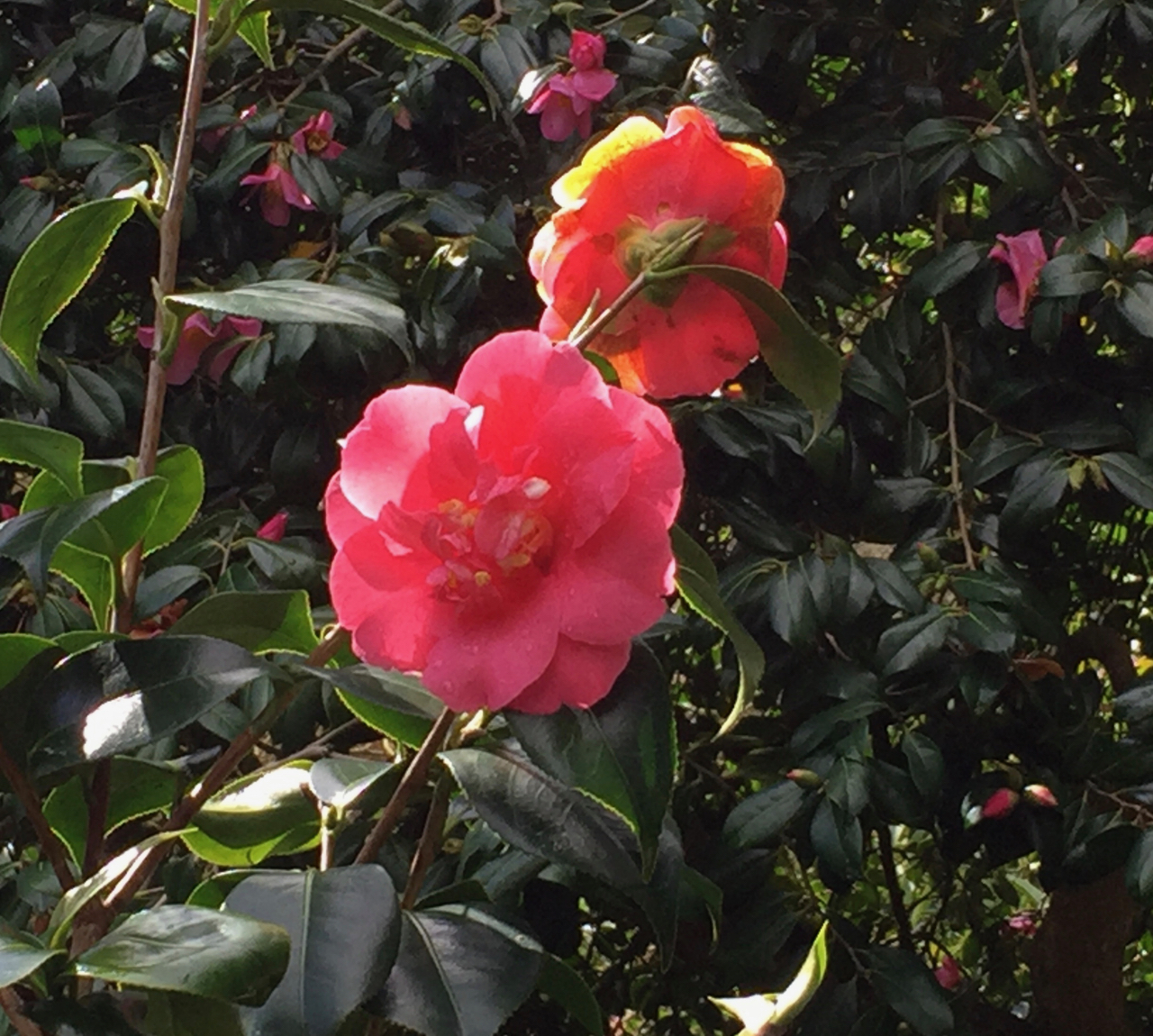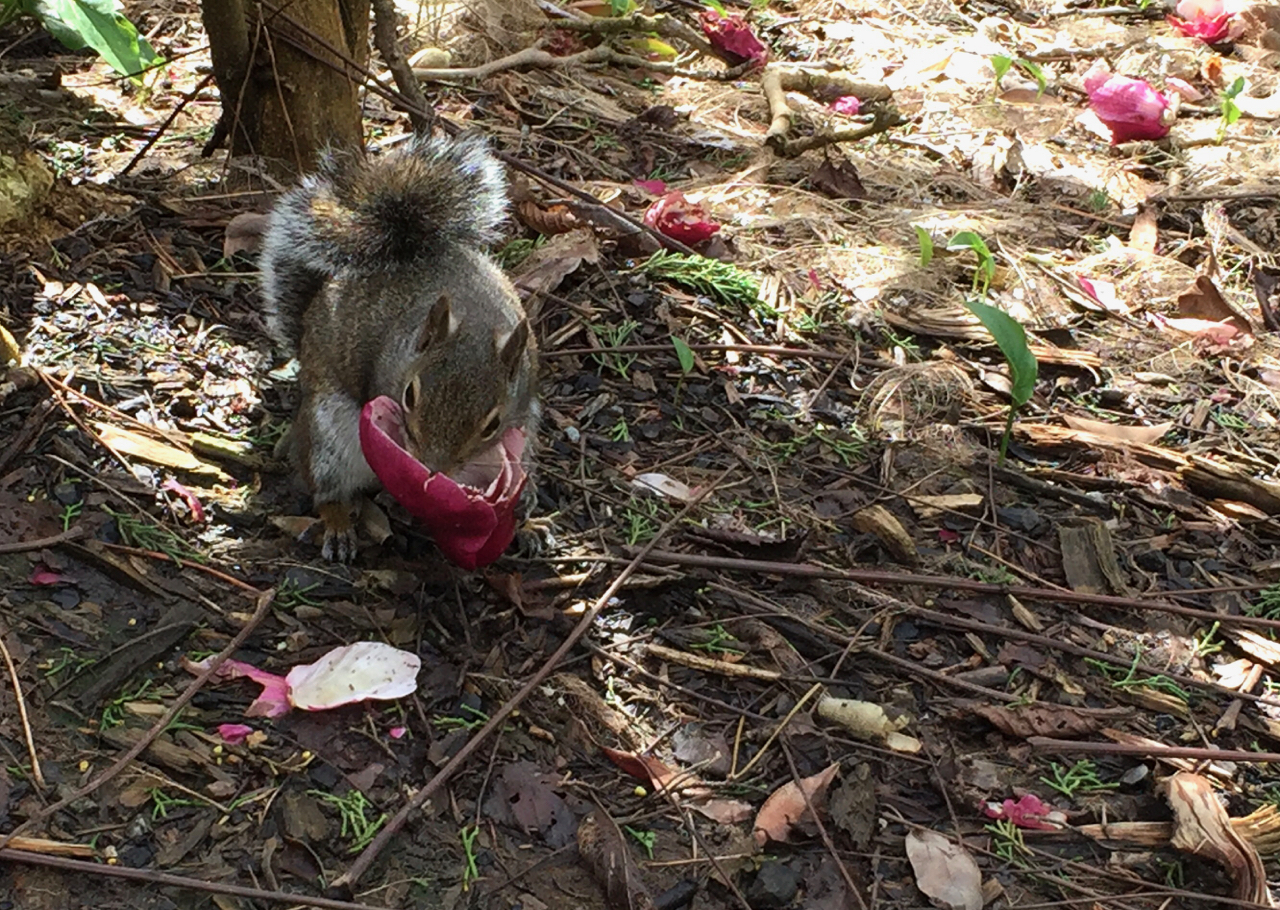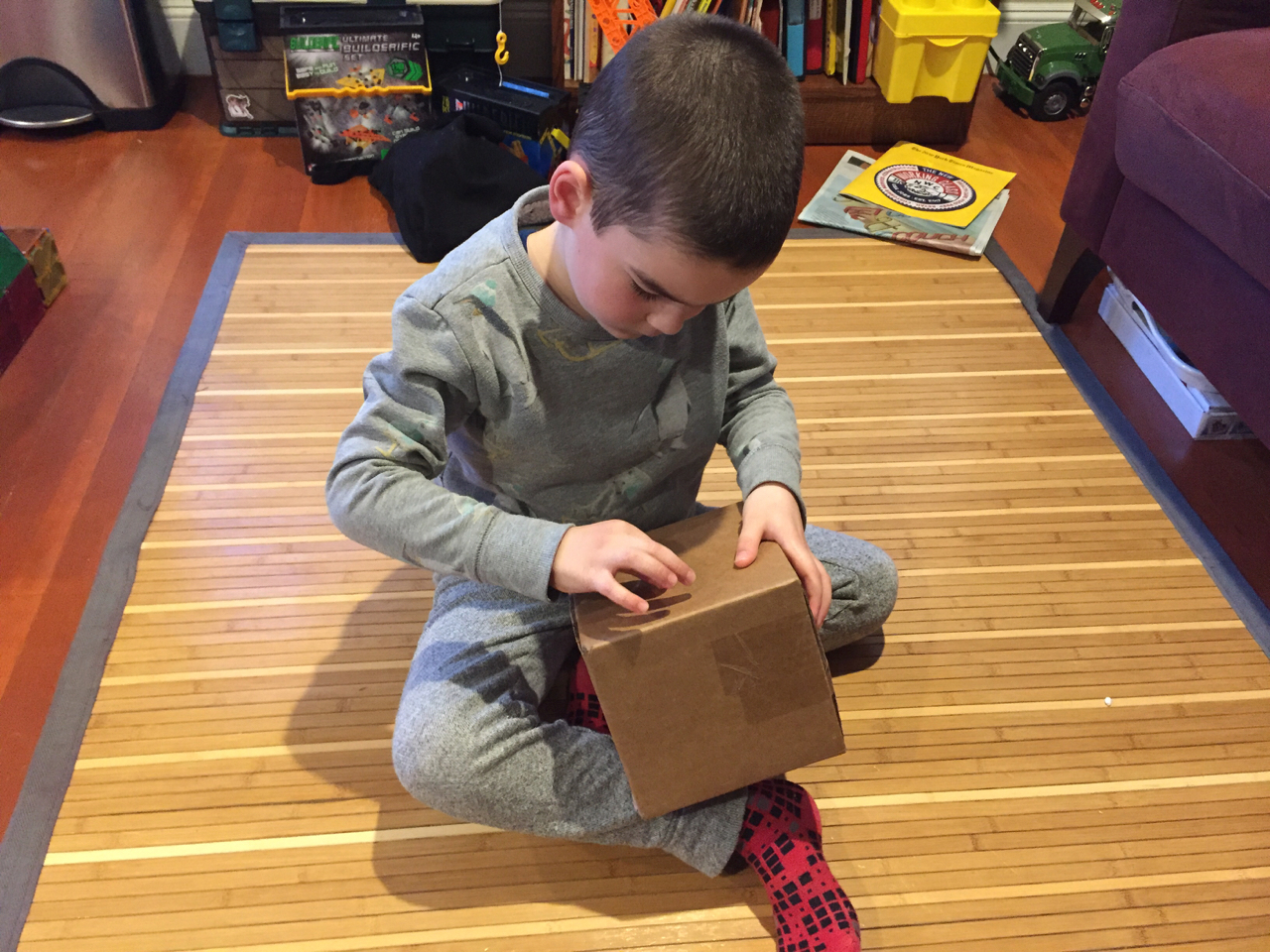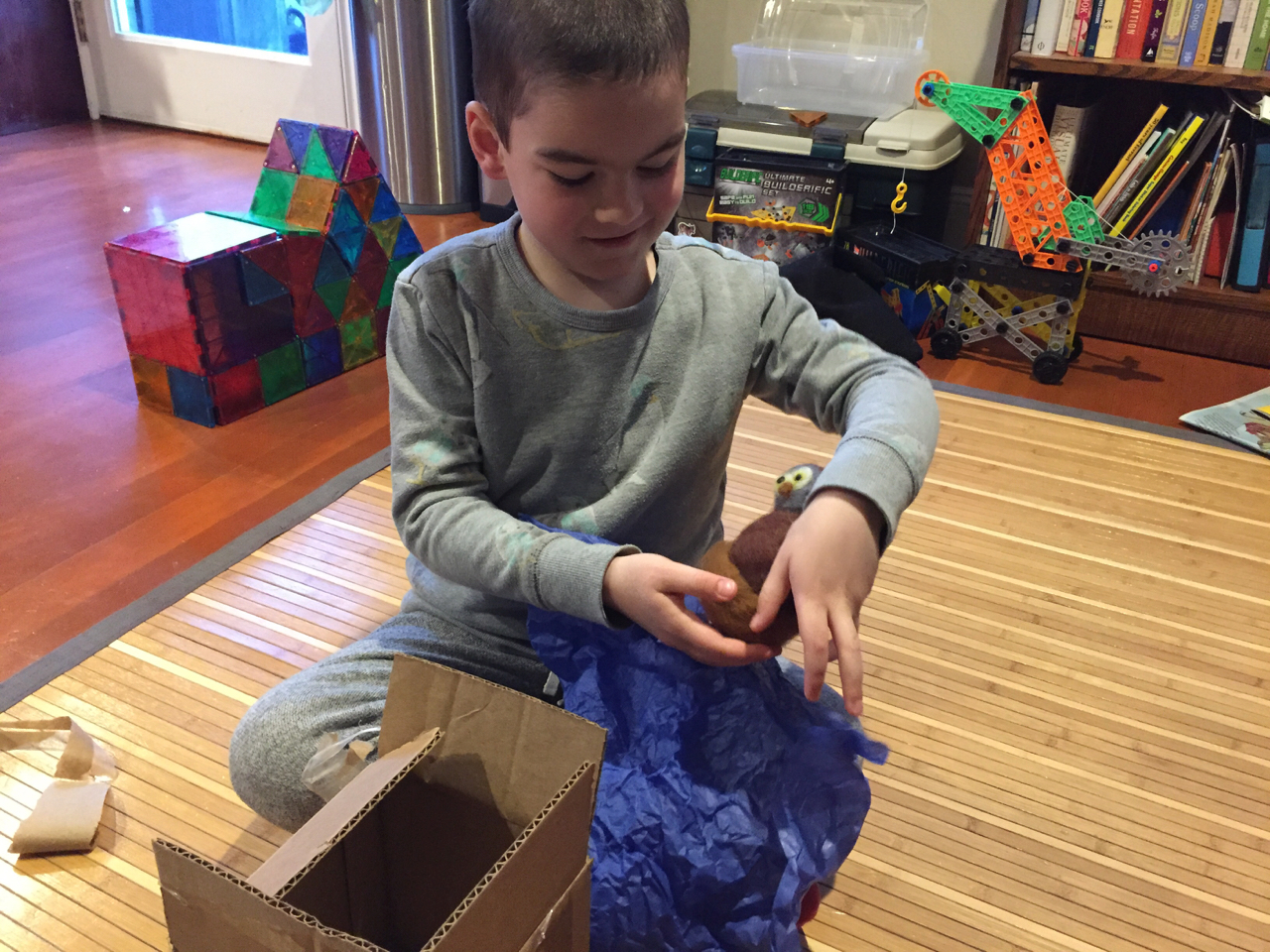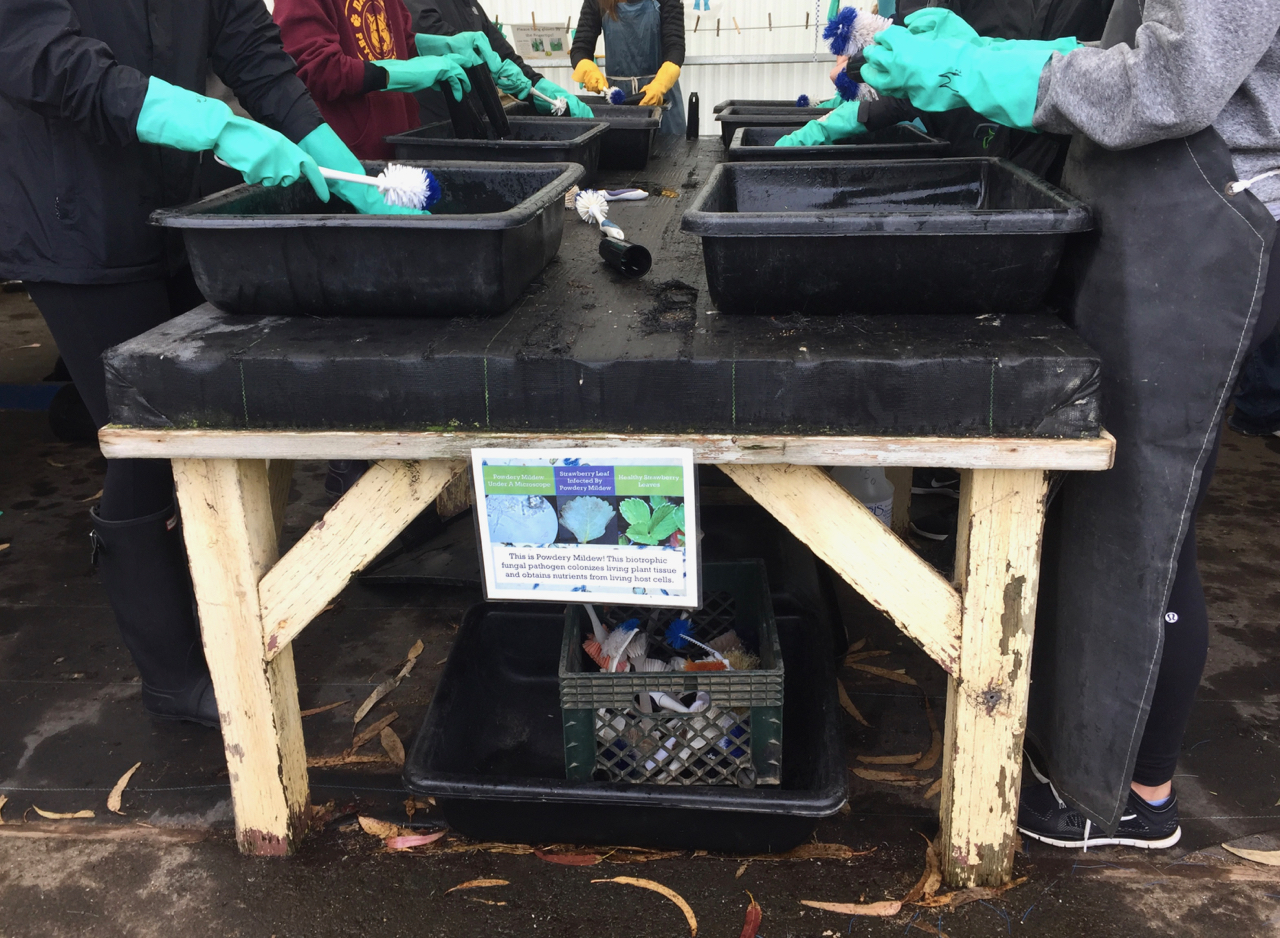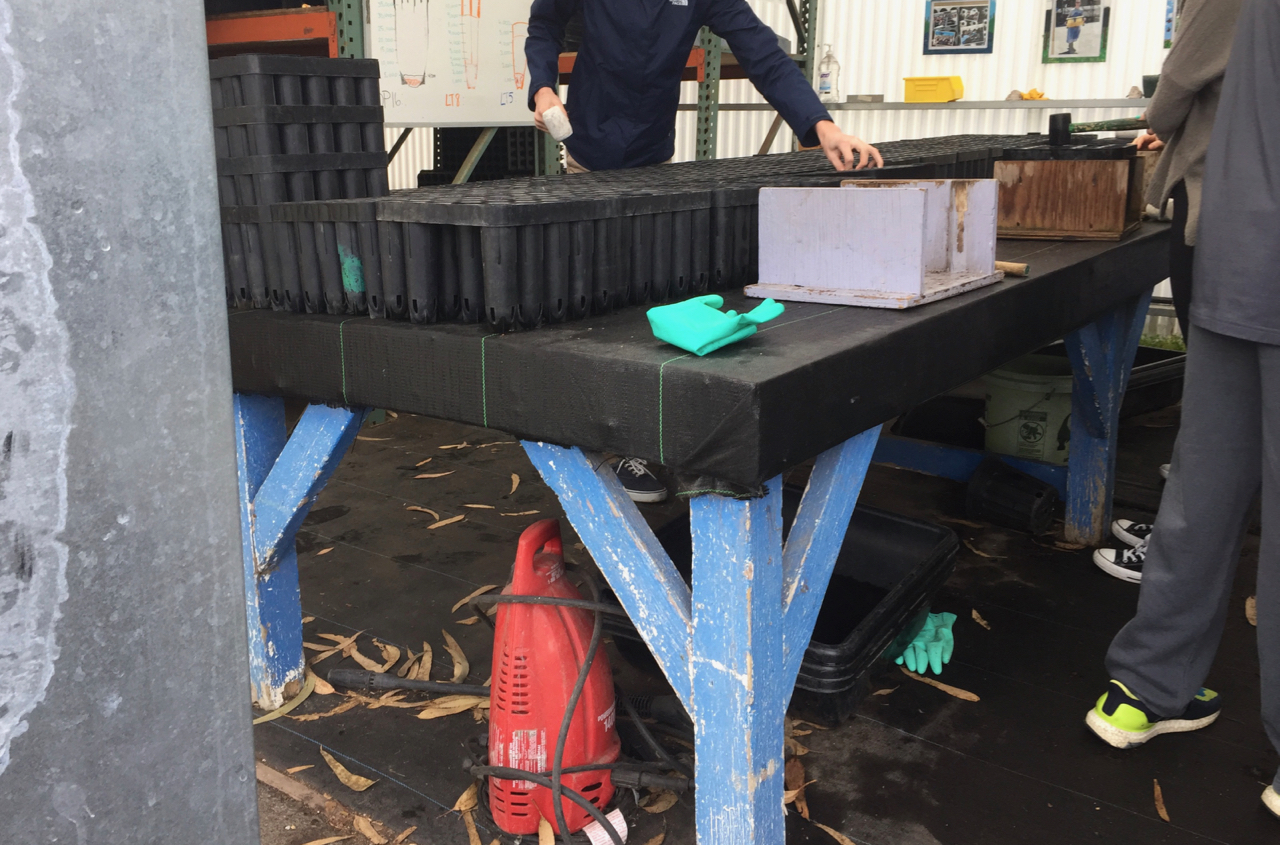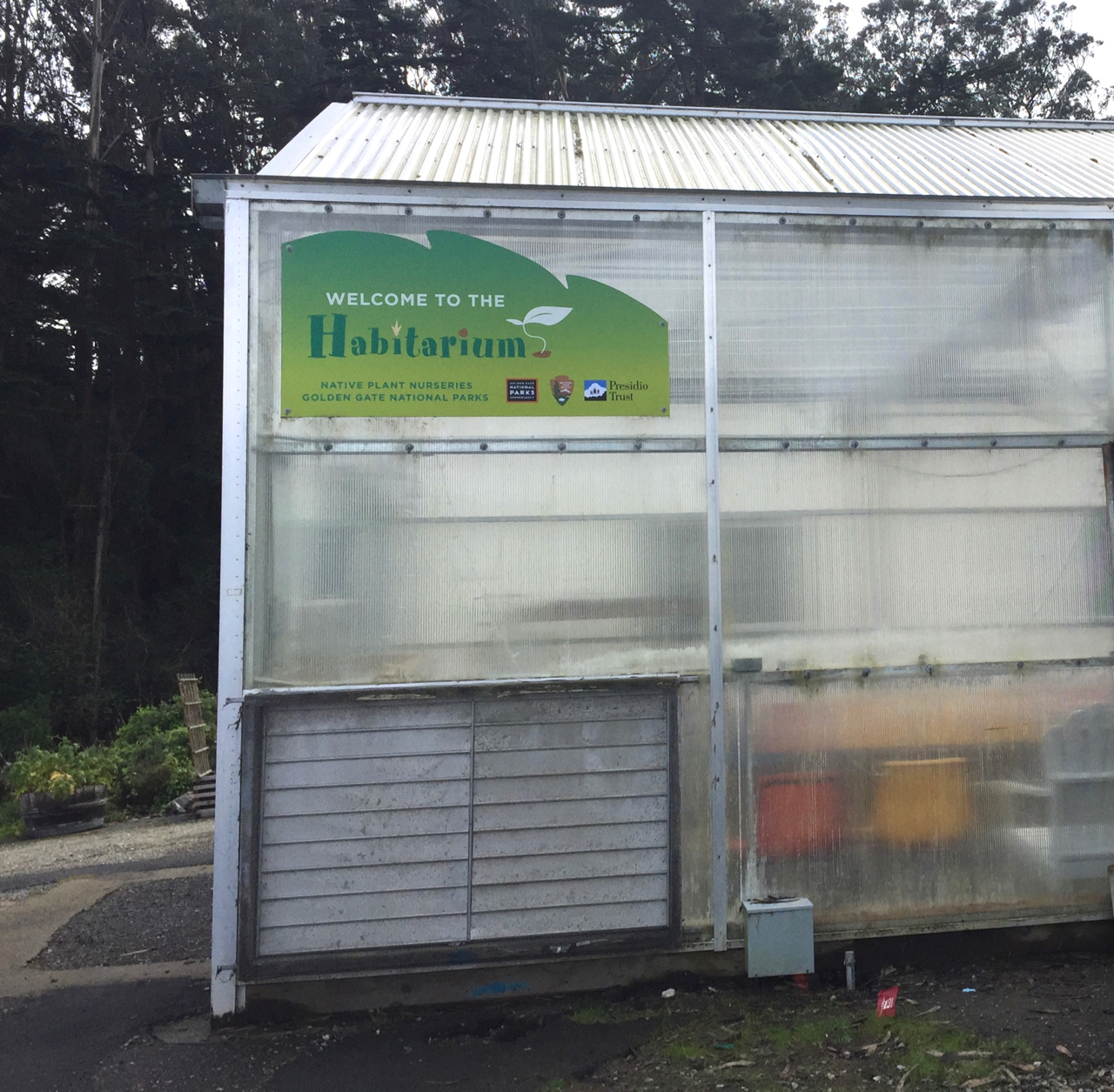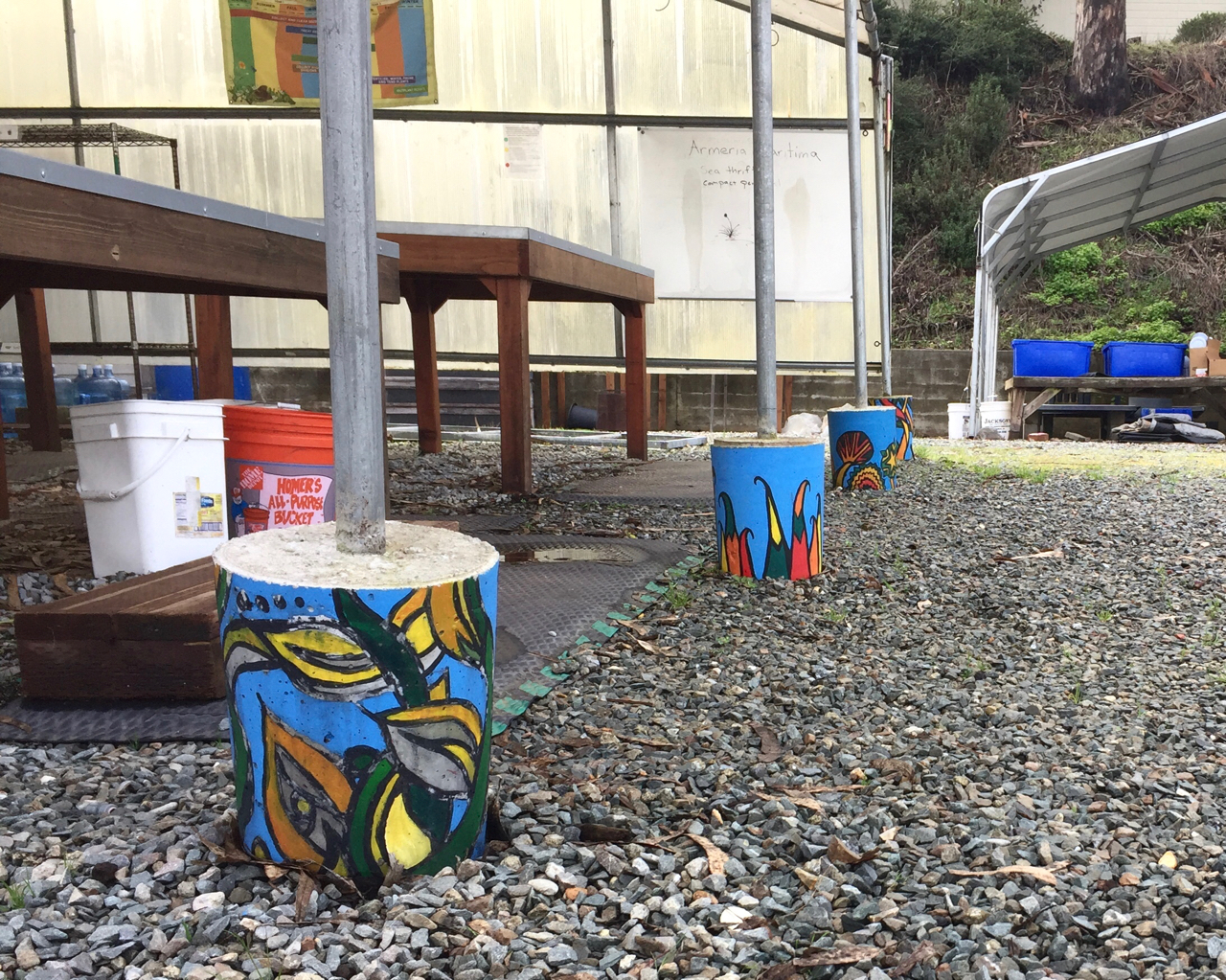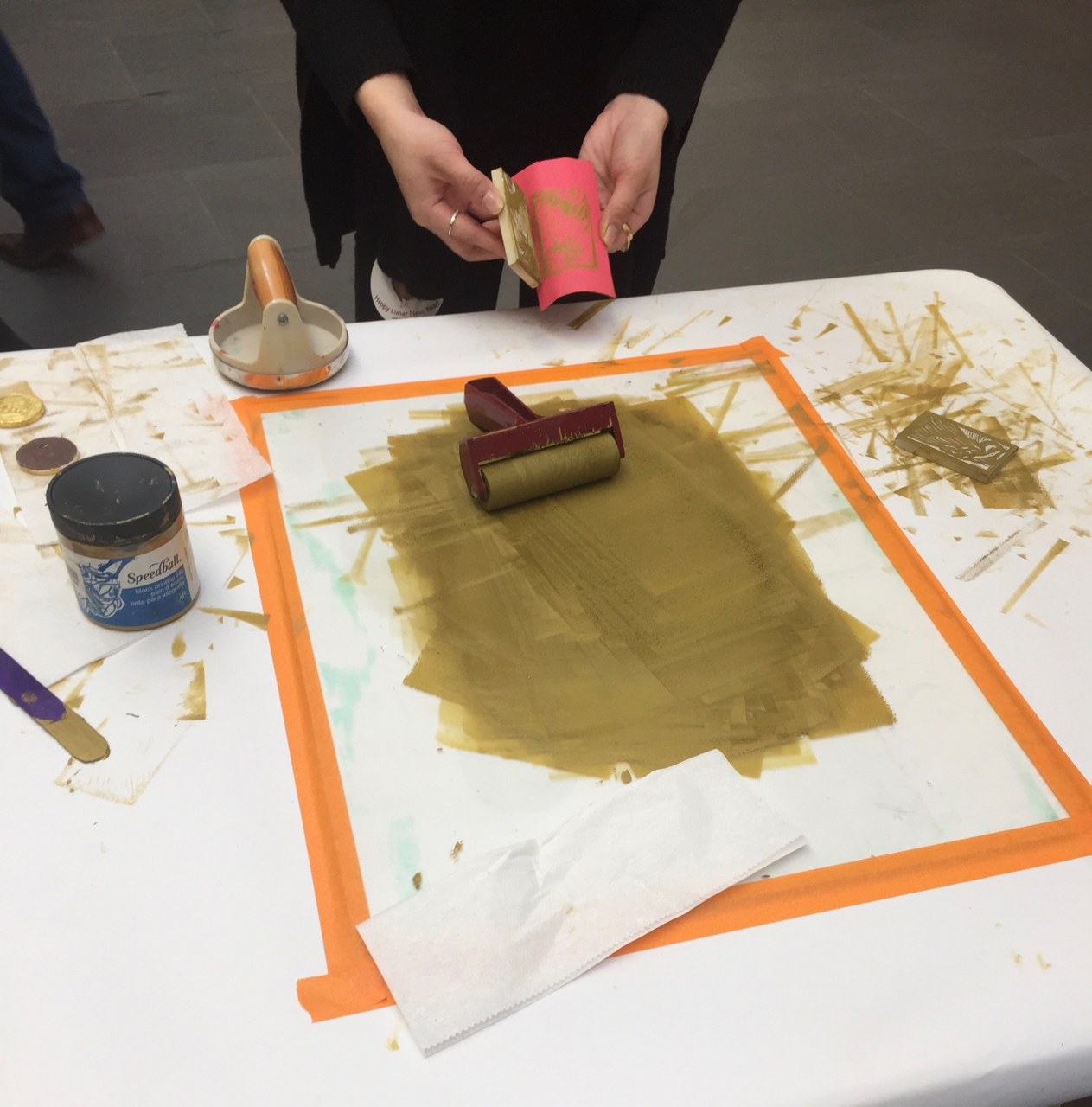I don’t have many photos—tour rules require you to watch where you’re walking and keep your phones put away. To see the work they do there—to begin to grasp the manual and computerized state-of-the-art sorting they accomplish and fathom how much trash we produce on a daily basis —you’ll need to make a reservation and go on a tour yourself. It’s an astonishingly good way to spend a Wednesday morning. Even though we were already working towards minimizing waste, this tour made us more acutely aware of the problems of waste, especially plastics. (Just a heads up, it is particularly demoralizing to go grocery shopping right after this tour.) Since the tour, I’ve become far more vocal and proactive in contacting companies about their choice of packaging. Maybe you will notice a shift in your outlook and behaviors, too.
The tour starts in the learning center with a short video about how Recology works. After the video, there’s a question and answer session, and the learning specialists are amazing. One of the men on our tour had brought a bag of all the trash he was unsure about—was it to be recycled? Or was it destined for landfill? He asked about every single piece, even after the educators gave us the general rules about how to think about what goes where. And they answered all his questions. Recology is truly on a mission to educate. Some tour participants asked where internationally Recology sells and sends its recycling (they’re not telling). After having walked through the sorting facility at Pier 96, all of us on the tour had begun to really grasp how recycling is way better than not recycling, but because plastics basically live forever and cause so much pollution, recycling isn’t really a long term solution to our trash problem.
Here are the notes I took during the question and answer session in the learning center, and after the tour at Pier 96:
Every day in San Francisco, Recology picks up 650 tons of recyclables, 700 tons of compost and 1200 tons of black bin “londfill,” 60% of which is recyclable (note: we all need to get way better at sorting our trash).
Recycling/Blue Bin: Clean paper, glass, hard plastic, cans, coffee cups, milk containers.
STOP WISH-CYCLING: Wish-cycling is where you say to yourself, “This is totally recyclable!” and stick it in the blue bin, sometimes without really thinking, and sometimes just to make yourself feel better, hoping that it actually is recyclable. The reality is that when you put non-recyclable things into the recycling stream, it “pollutes” the recyclables—making things that would have been recyclable too dirty to be recycled. Consider a piece of cling film full of gooey food that then gets all over the previously clean paper in the recycling bin. Now that paper can’t be recycled. Wish-cycling is a problem.
Compost/Green Bin: Food, soiled paper, garden clippings
“Biodegradable/Plant Friendly” language on packaging does NOT mean it is compostable. That kind of wording is nonsense marketing language. Check if the packaging says “compostable.” If it does, then it is. Cardboard coffee cups and milk cartons are actually coated in a thin layer of plastic, so they will NOT compost. That’s why they go in the blue bin.
Black Bin: Everything else. Especially things like strings and things that could get caught in the sorting equipment. Chip bags, loose or dirty bags, all that stuff goes here.
If you take your stuff to the dump (like I did, during spring cleaning), you’ll notice there’s a special section for things that can be reused, repurposed, or reimagined into art. In addition to running the art program, Recology also works with the St. Vincent De Paul organization to reuse items that are still good. A lot of the things I brought to the dump ended up in this area.
Here are some photos from the most recent Recology Artists In Residence (AIR) Exhibit. The next show is the weekend of September 20, 2019.






